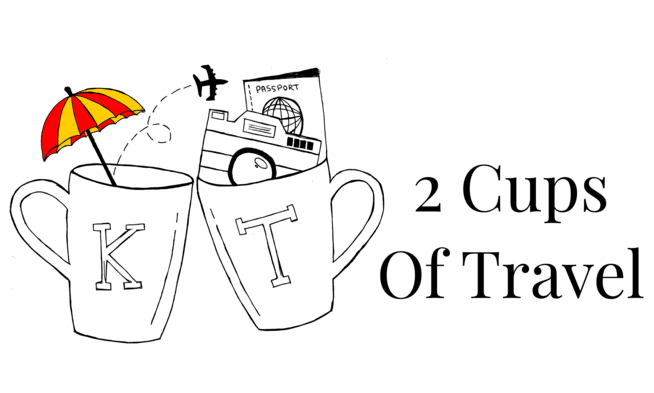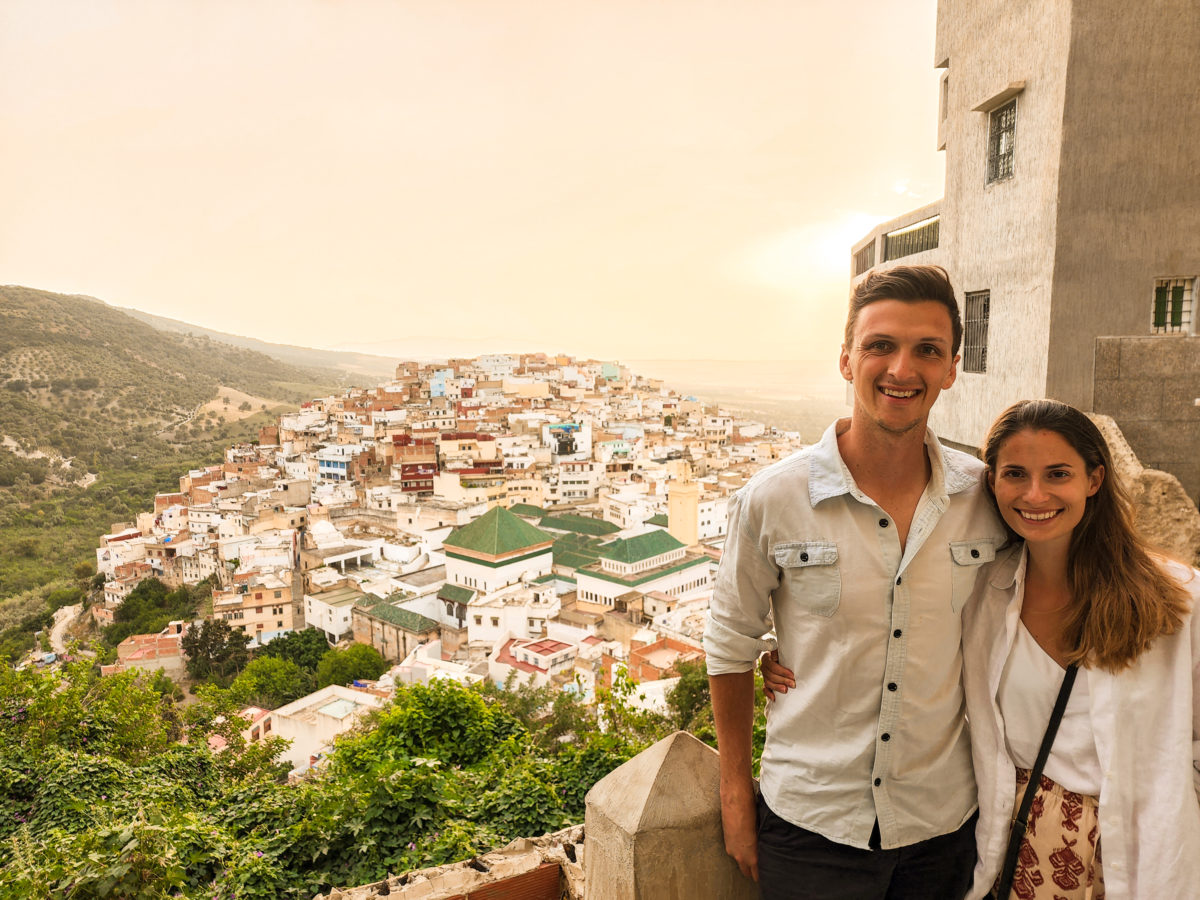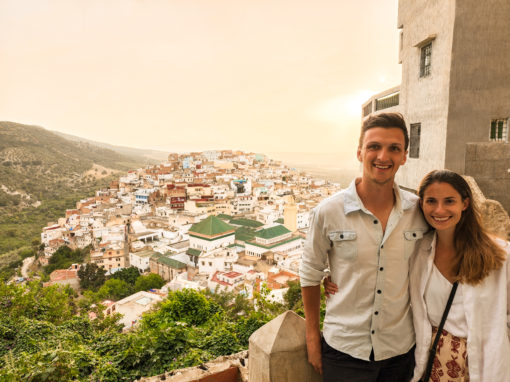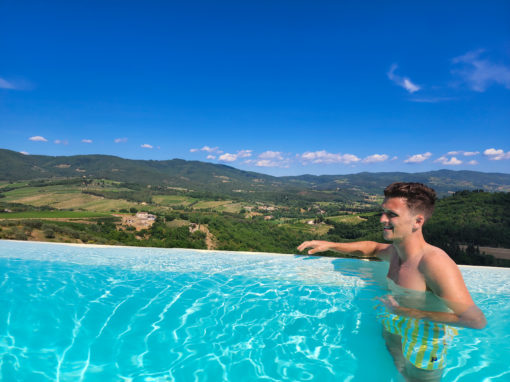Morocco, our first venture into Africa! What an experience! We have highs and lows over our time in Northern Africa, but overall, loved our time in Morocco. The trip was a mix of new culture, stepping a little outside of our comfort zone, and getting a taste of a country so very different from ours in Australia. If you’re interested in visiting, or just want to share our experiences, take a look at the gallery and advice for travelling Morocco below. Buckle up, this post is a bit of a longer one, however contains some great advice, memories, and some not-to-miss tips for those wanting to travel to Morocco.
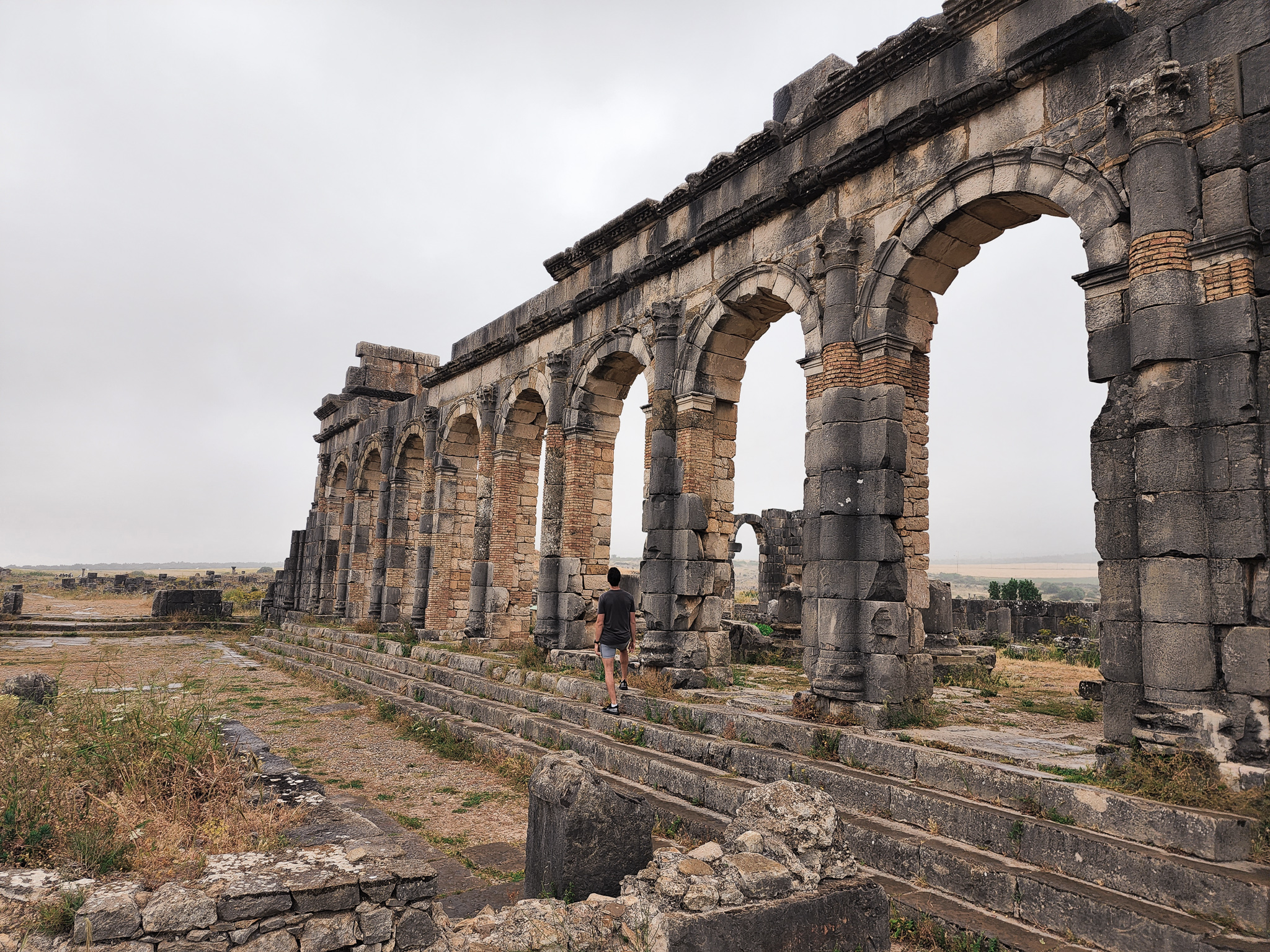
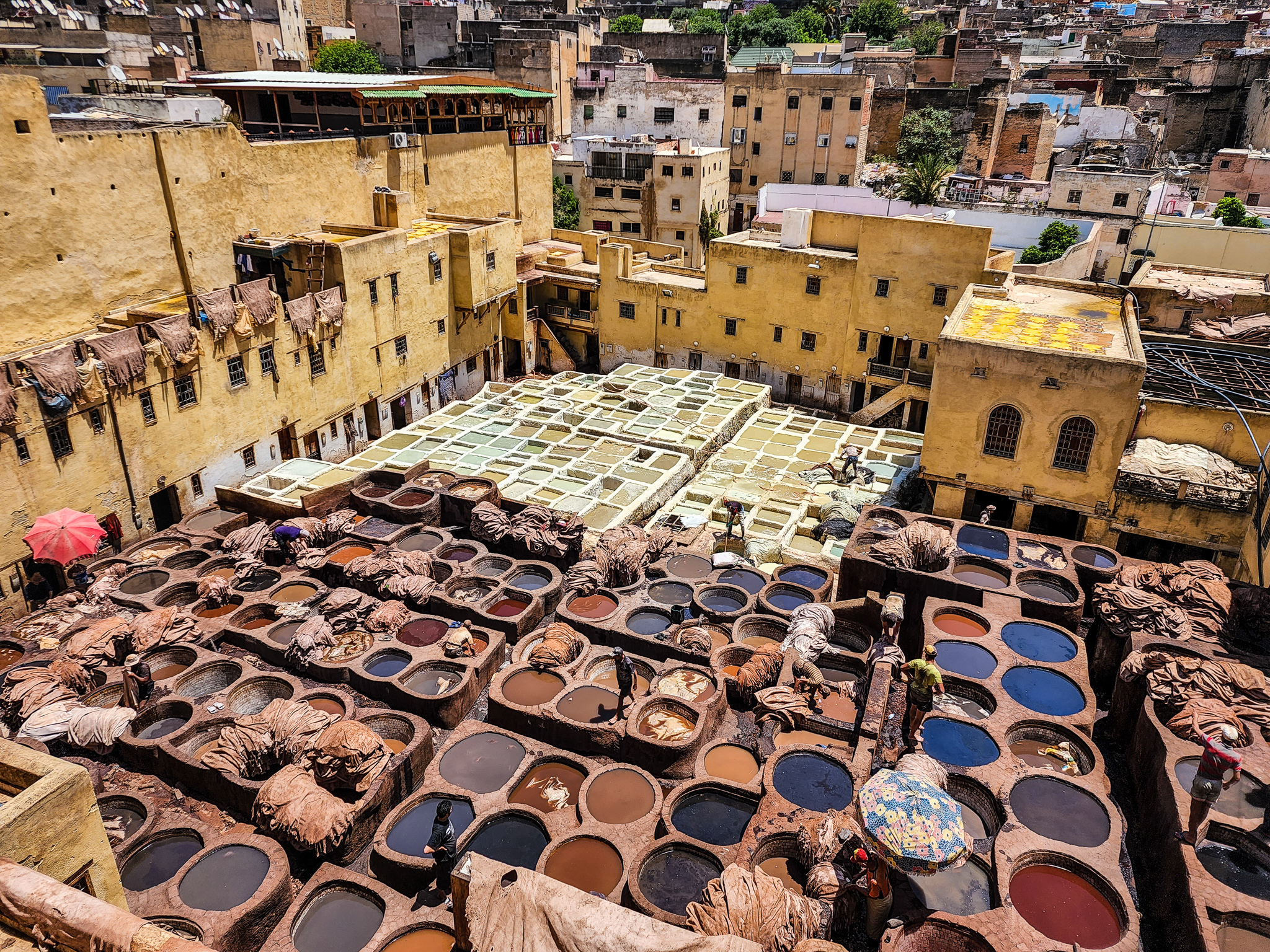
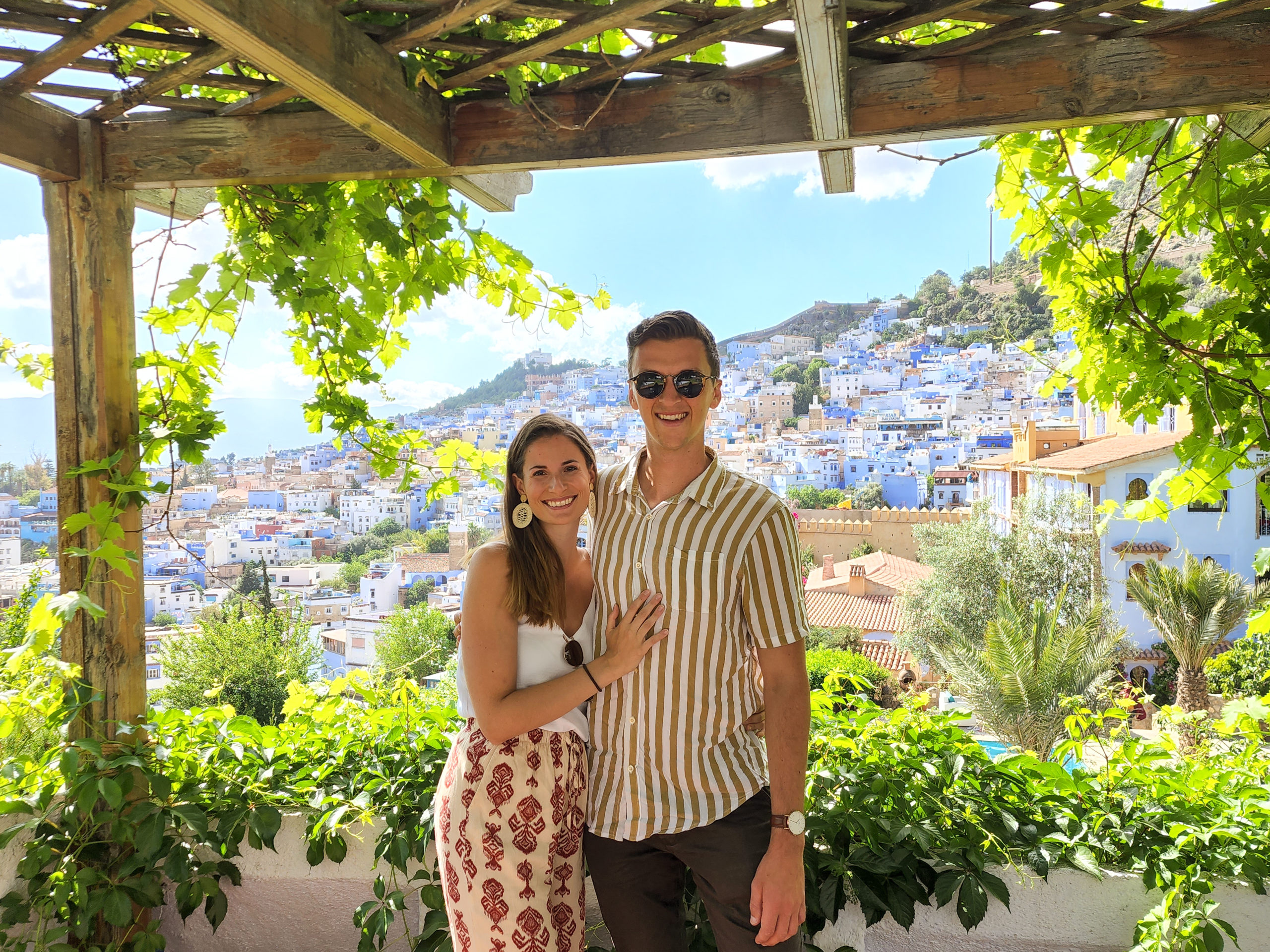

What you must do when in Morocco!
Explore the medina:
The medina refers to the ‘old town’ or historical part of the Moroccan cities. These parts of the city are often a bustling hub of activity, culture and atmosphere. We found the experience of wandering through the various Medina’s in Morocco very interesting. Some of our exploration was unstructured and without a guide, however some Medina’s can be quite a maze and filled with a few tourist traps (see the post about the Fez Tannery here for more information) thus a guide may be advisable. These old towns are often still home to many residents, businesses, markets, craftsmen and more.
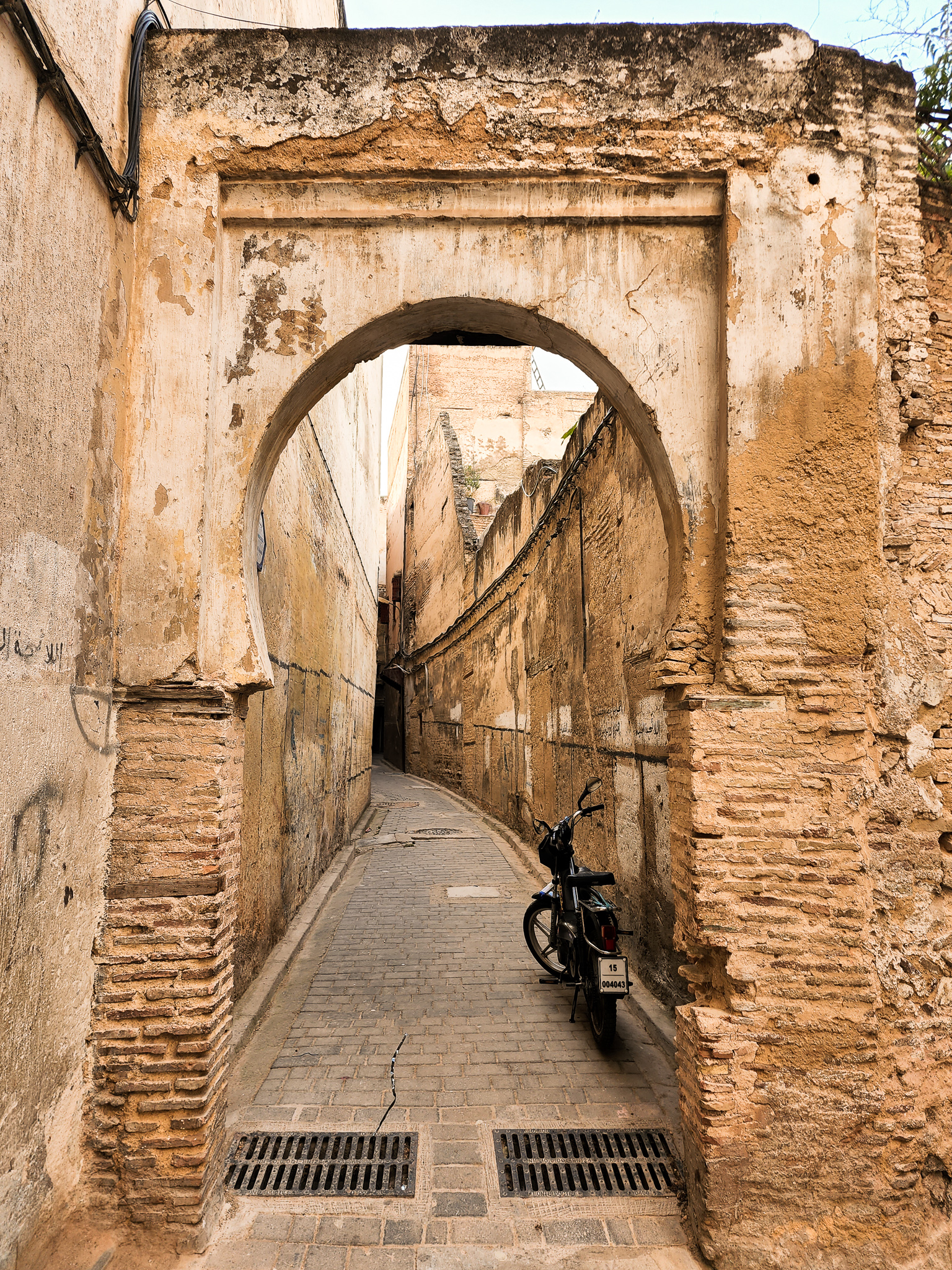
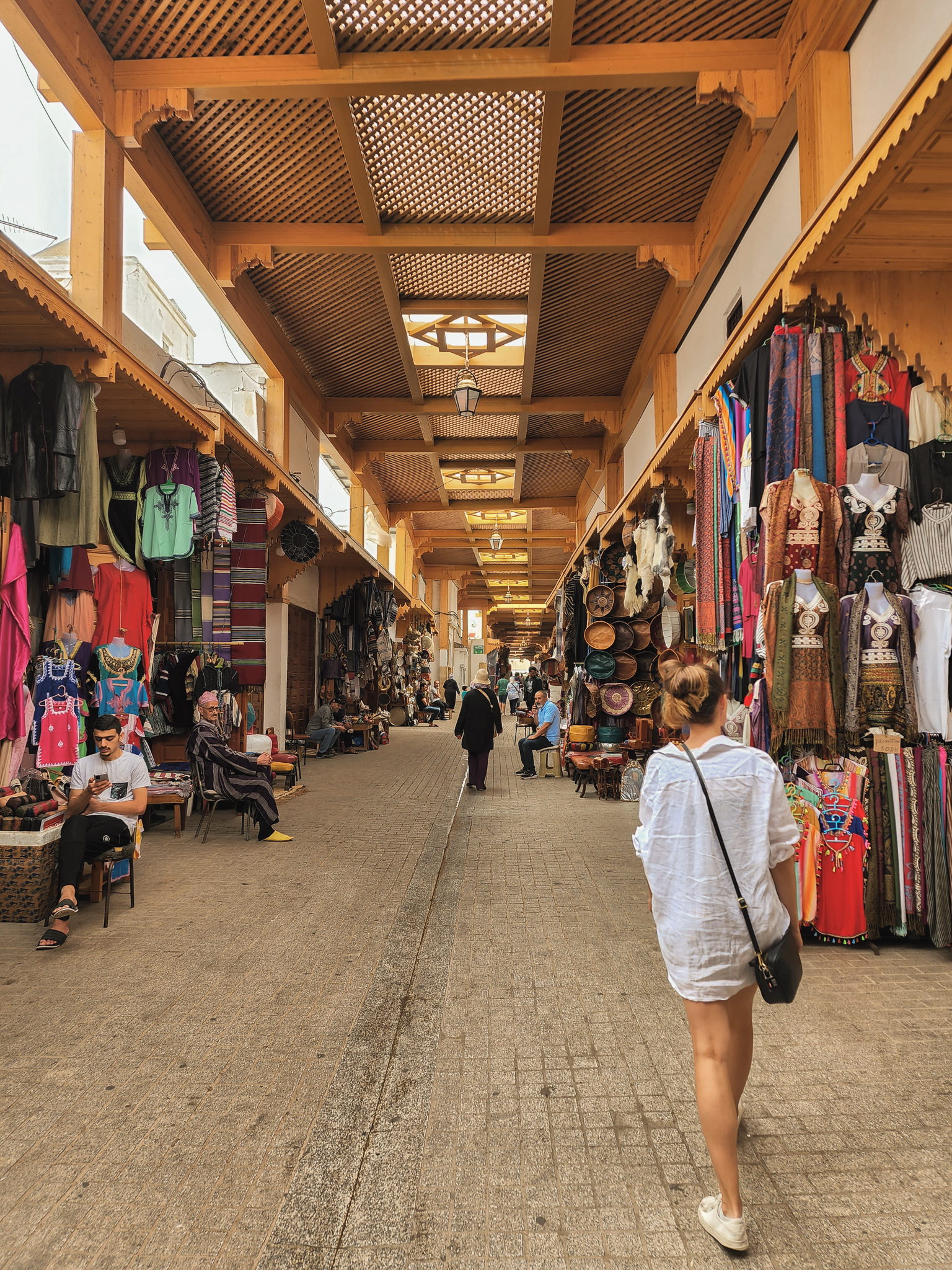
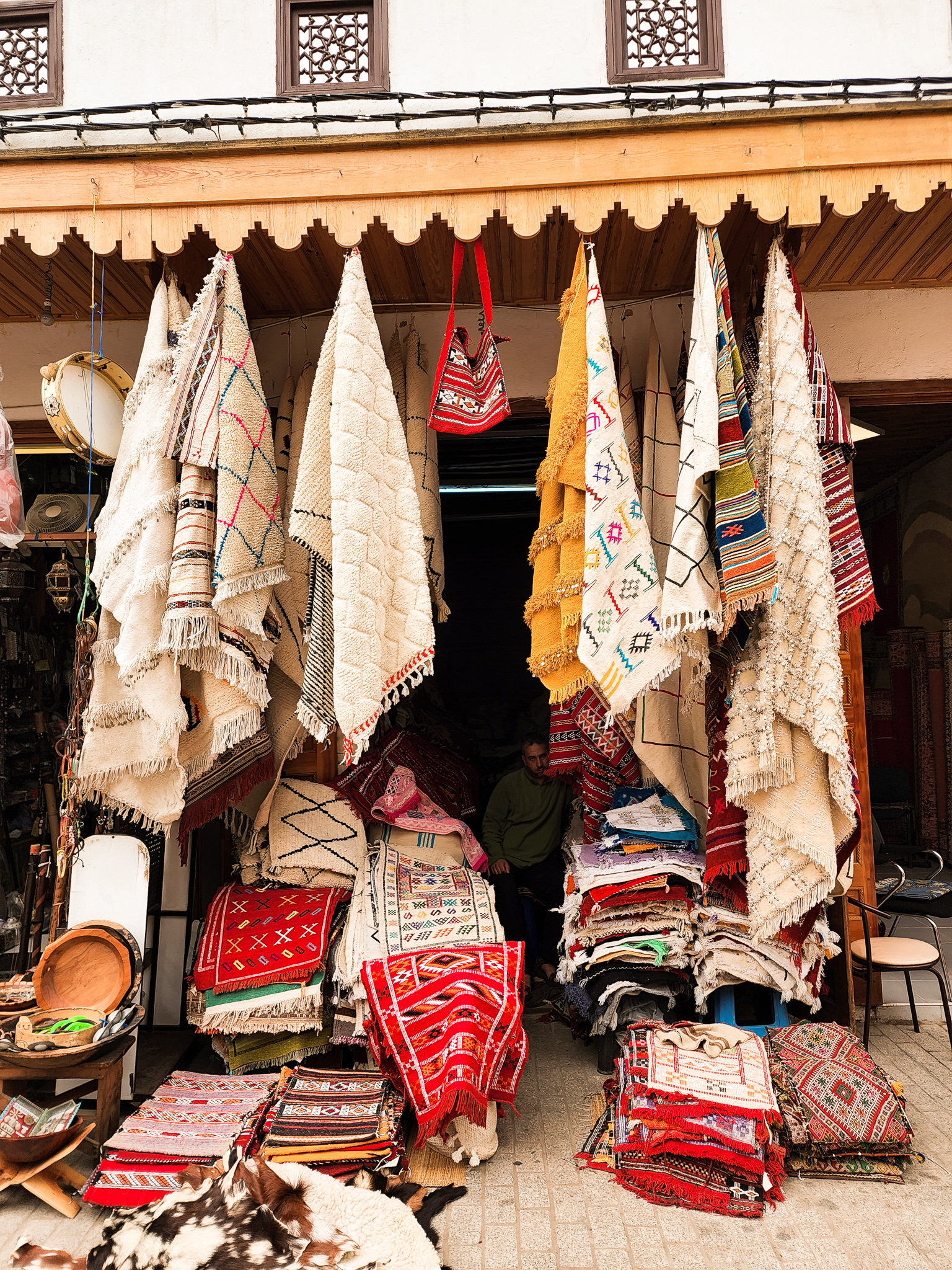
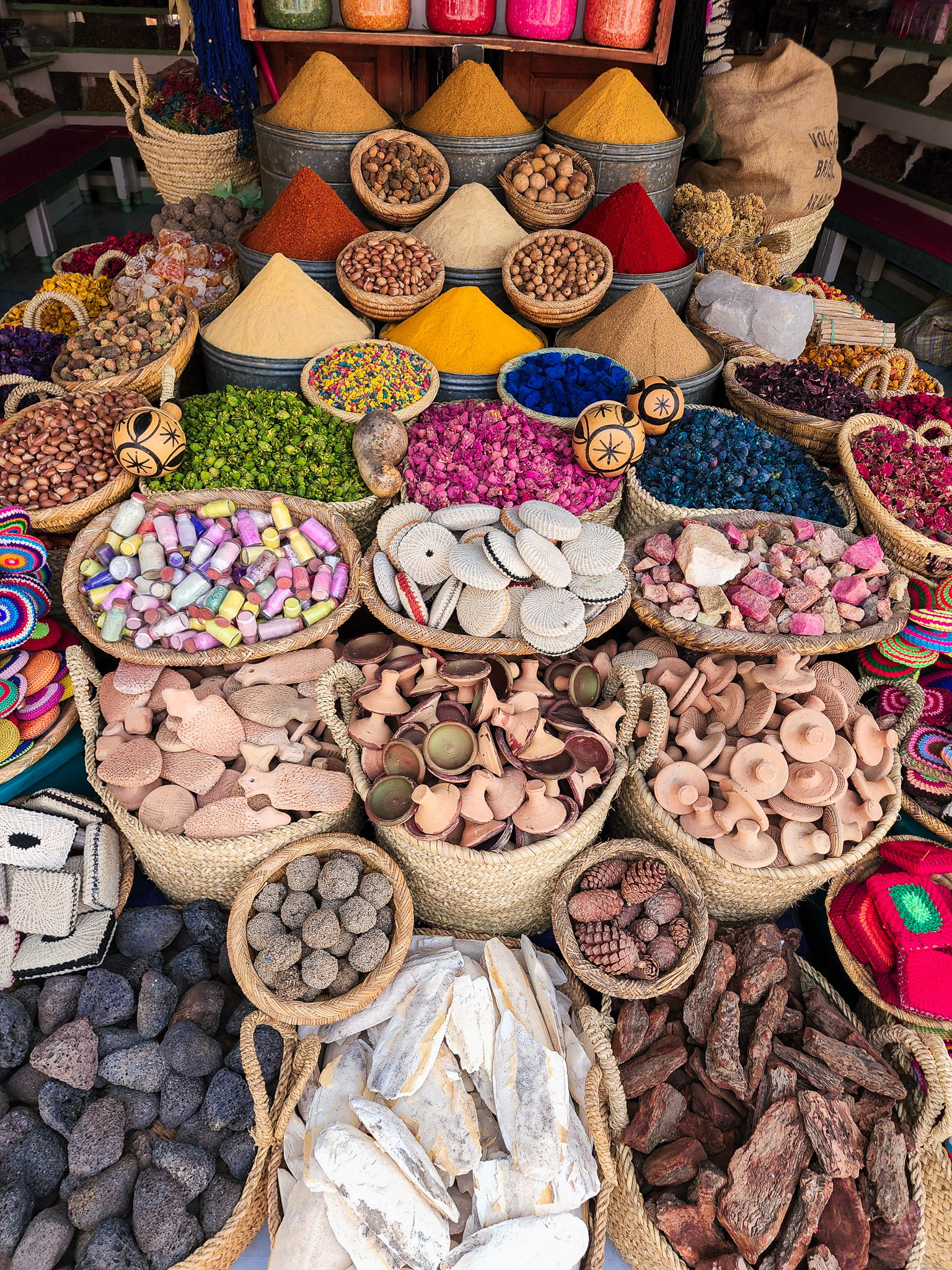
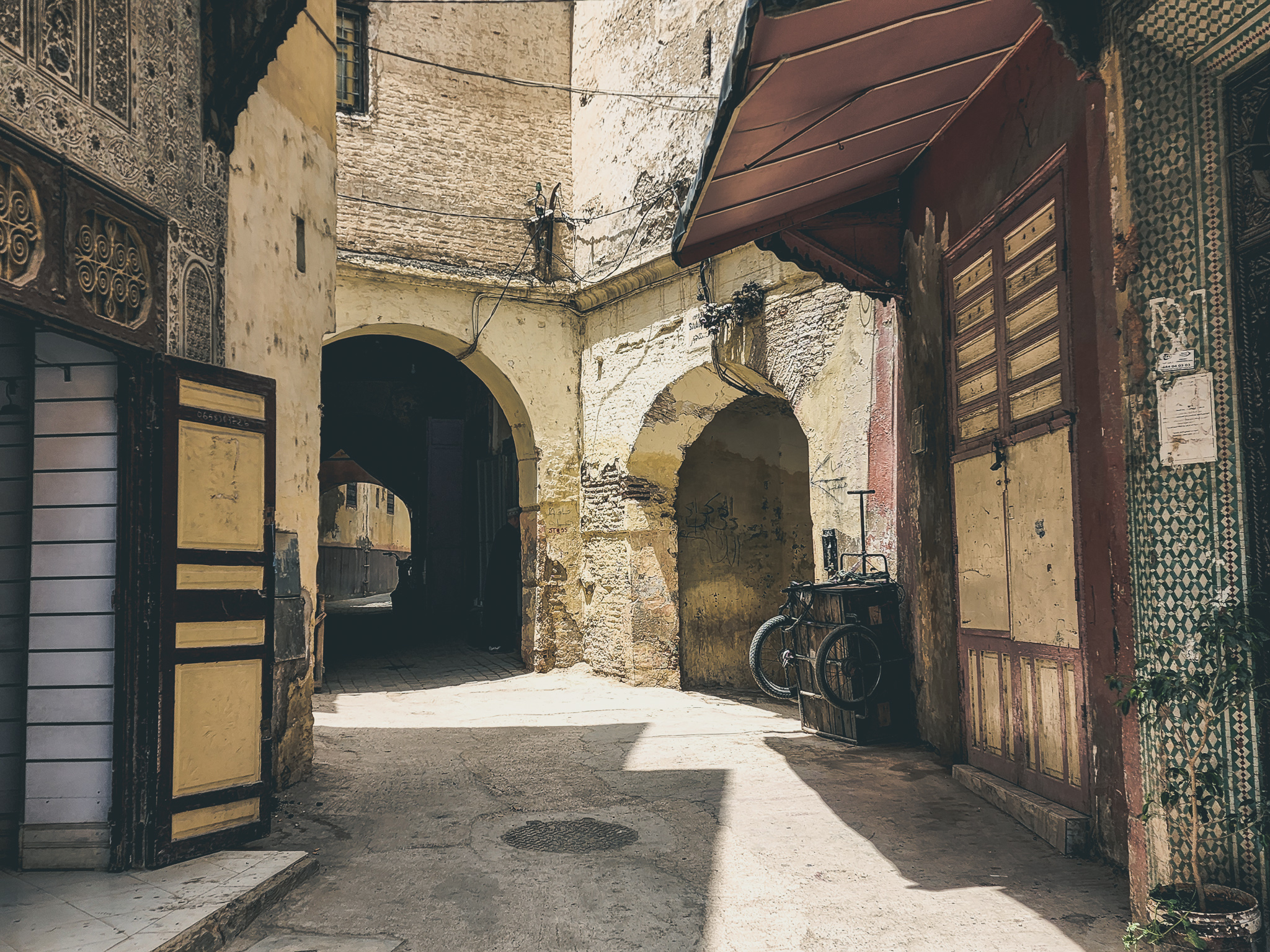
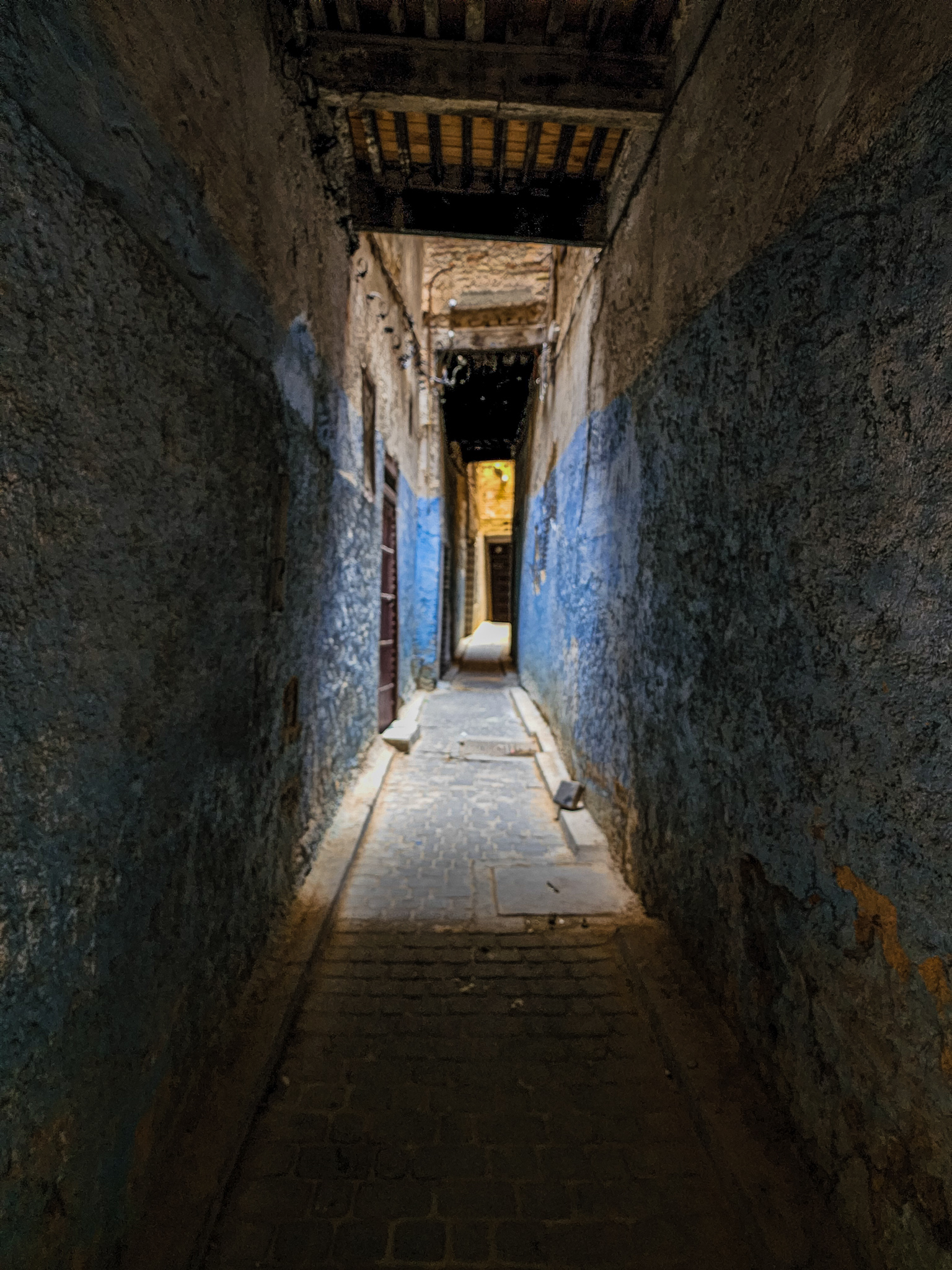
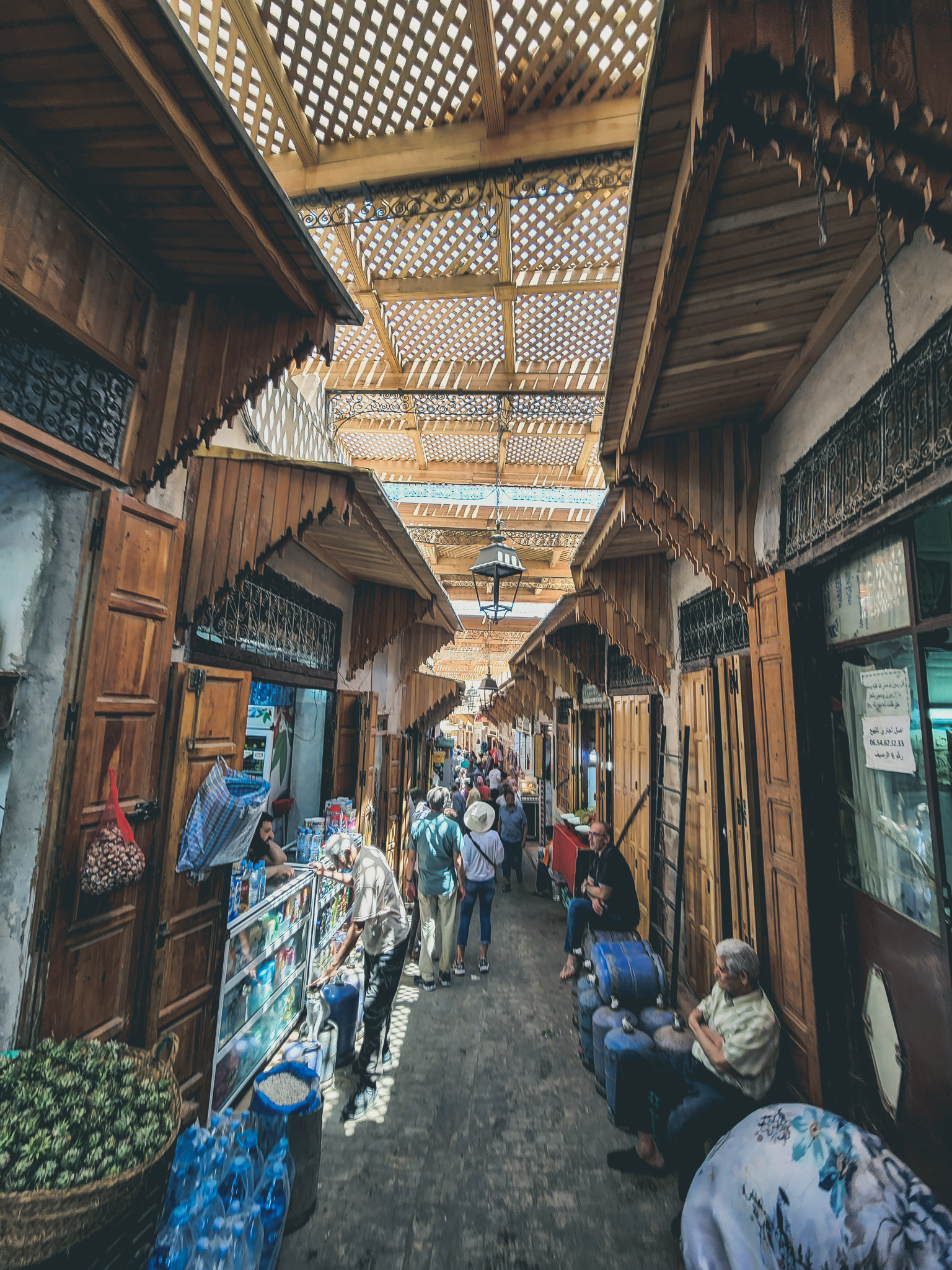
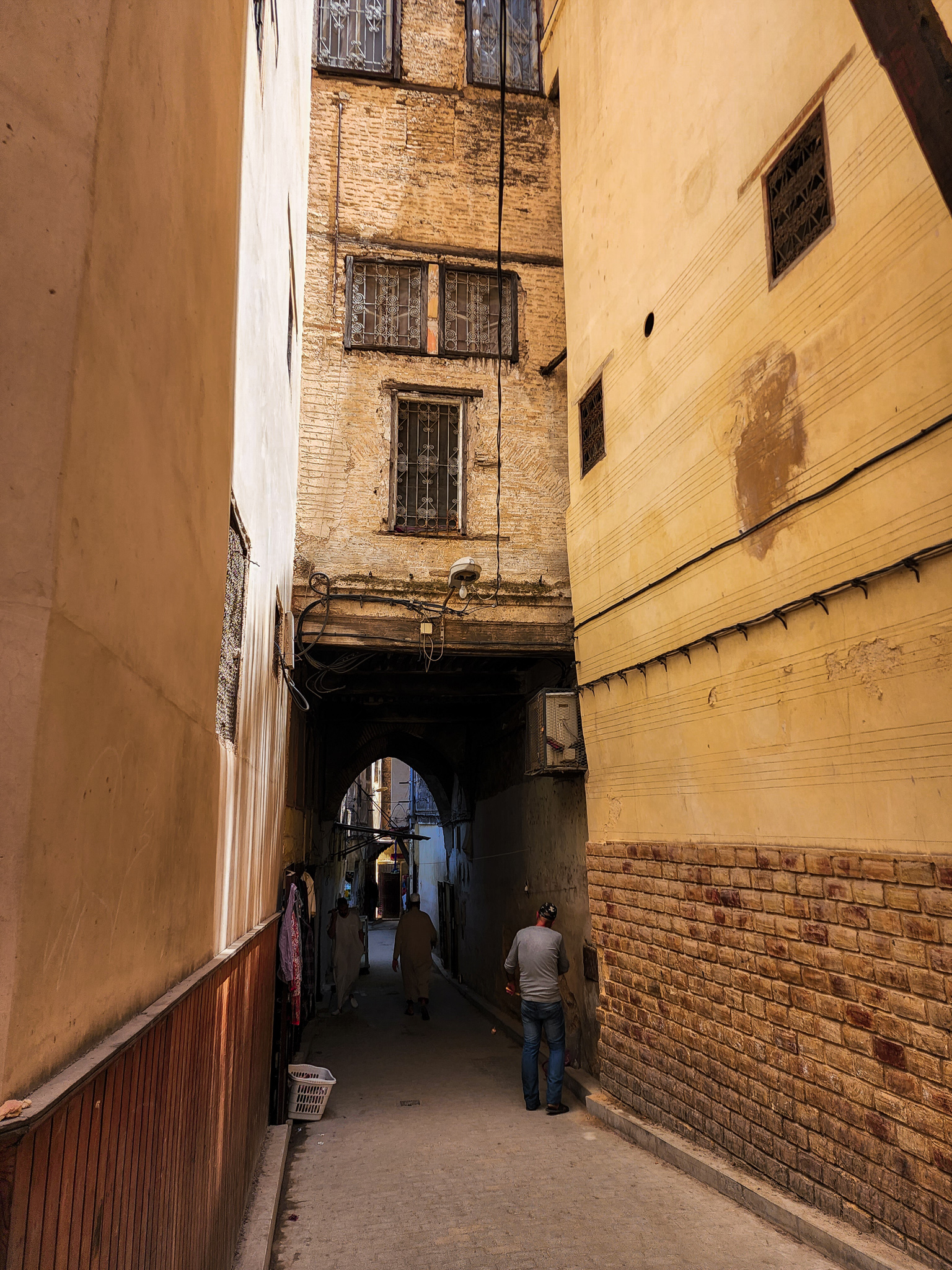
Try the Moroccan food:
Trying the local food is one of the best parts about travelling to a new and interesting country. The food in Morocco had received rave reviews and it did not disappoint. The food was truly one of the highlights, and some of the best so far. We’ll give you a few of our favourite dishes and some restaurant recommendations below if you keep reading.

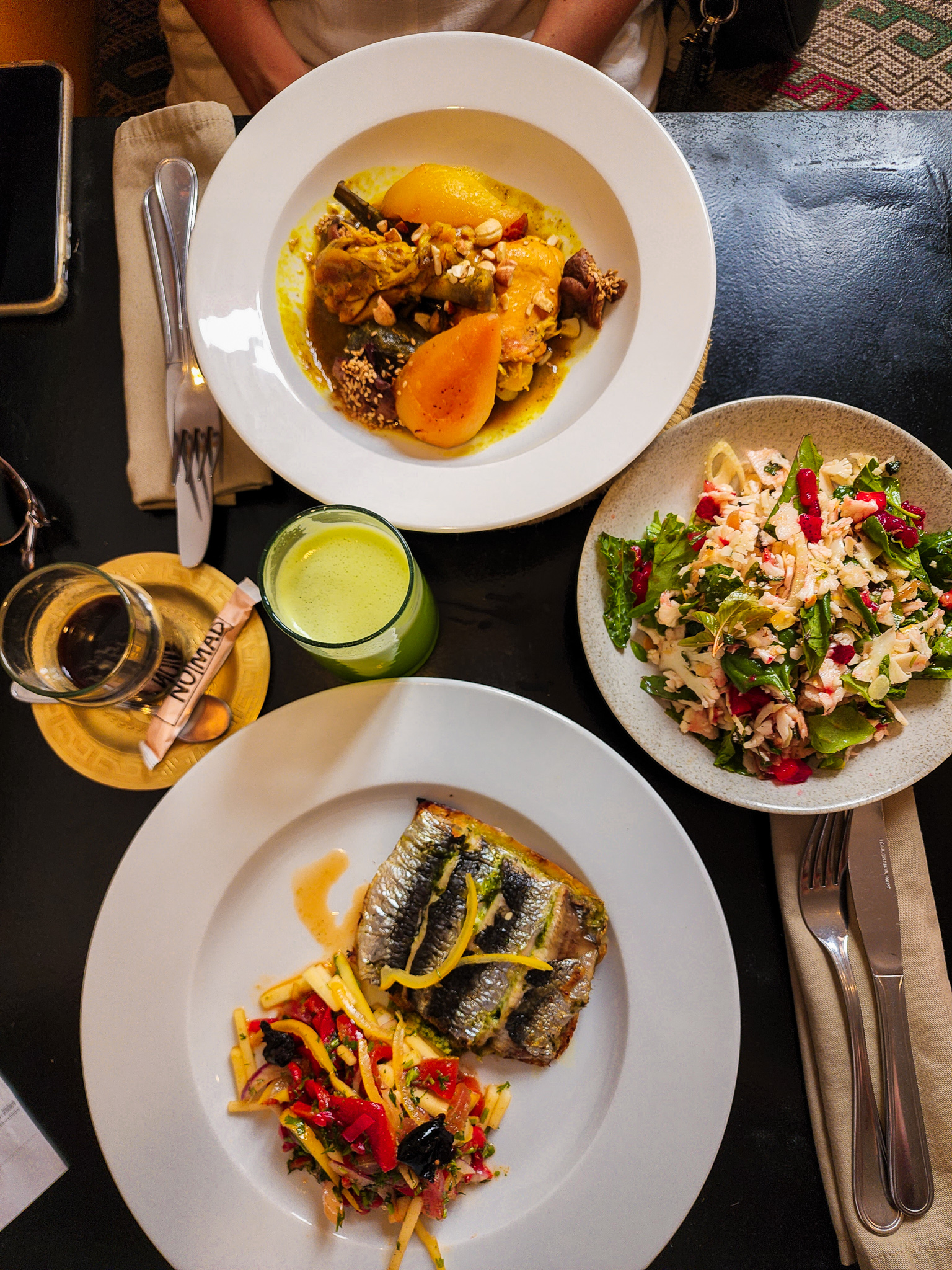
Engage a local guide:
With a country so full of foreign culture and history like Morocco, engaging a local guide can be a wonderful way to get the most out of your trip. We travelled as part of an Intrepid Tour in the North of Morocco, which had a local guide. Additionally, at many of the old cities and areas of cultural or historical significance, we had another local guide to give us wonderful local insight. We both commented multiple times how this “made the experience”, as many of the parts of the cities you would otherwise walk past without much consideration for the history. A great example of this would be our visit to Volubilis, where the local guide was able to explain the significance of the ruins, paint the picture of the old town, and even let us know what streets and buildings we were walking through. Take a read about our trip to Volubilis here! We will canvas our thoughts below on if a tour, or just a private guide would be more advisable for your trip to Morocco.
Try the mint tea:
Mint tea is like a tradition in Morocco. Everywhere sells it. And it is delicious! The Moroccan mint tea is comprised of green tea, fresh mint, and water. The locals will often add 2-3 teapsoons of sugar to sweeten it up, however we both enjoyed it much better without any added sugar. The tea should cost you between 10-20 MAD (MAD = dirham, the Moroccan currency). We had a few great experiences drinking a glass of mint tea, with the most notable two including:
- At a cute little bar in the old town of Rabat, overlooking the river.
- In Tangier at a bar called Cafe Hafa boasting sweeping views of the Atlantic Ocean. A great time to visit is sunset!
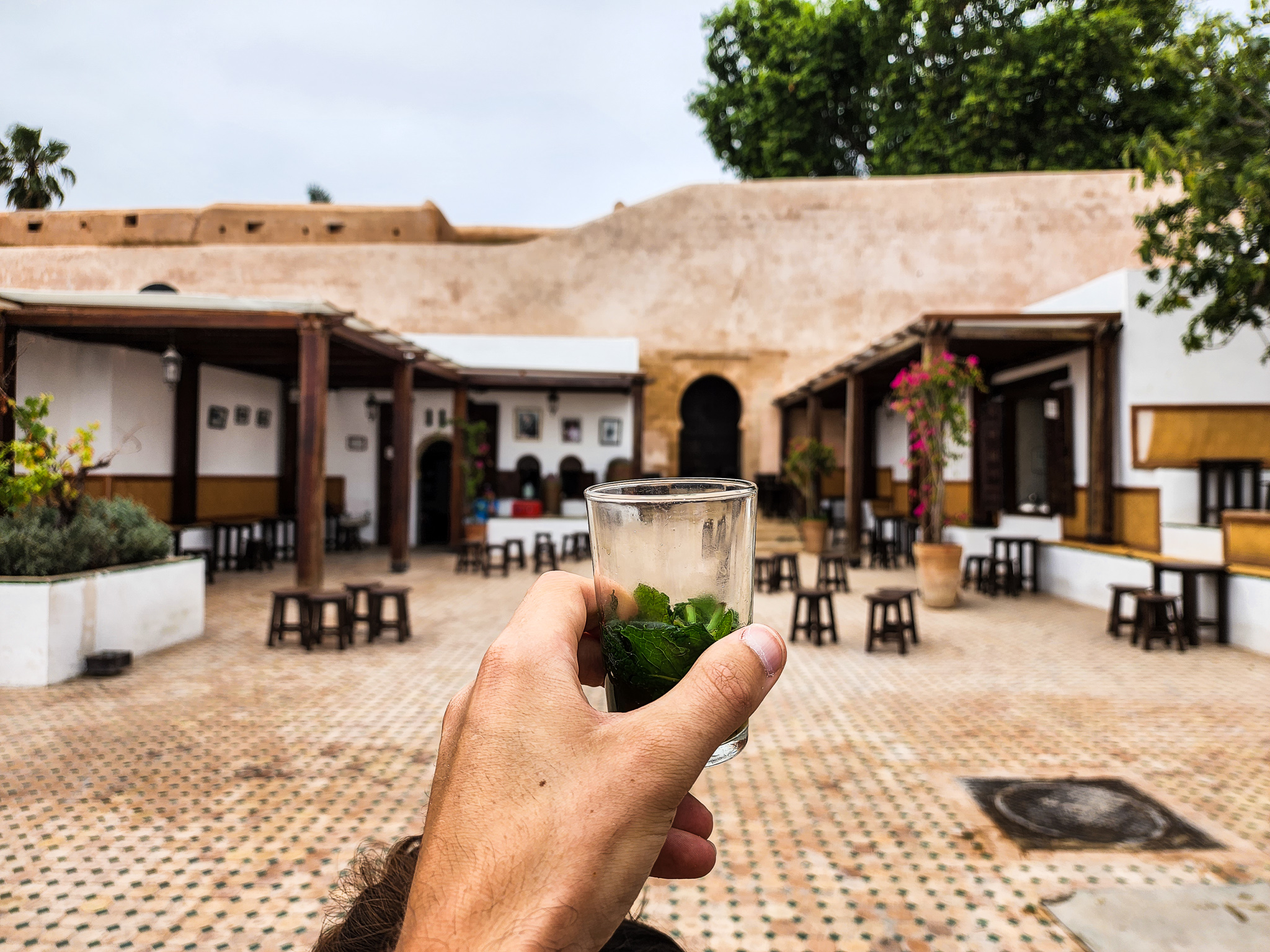
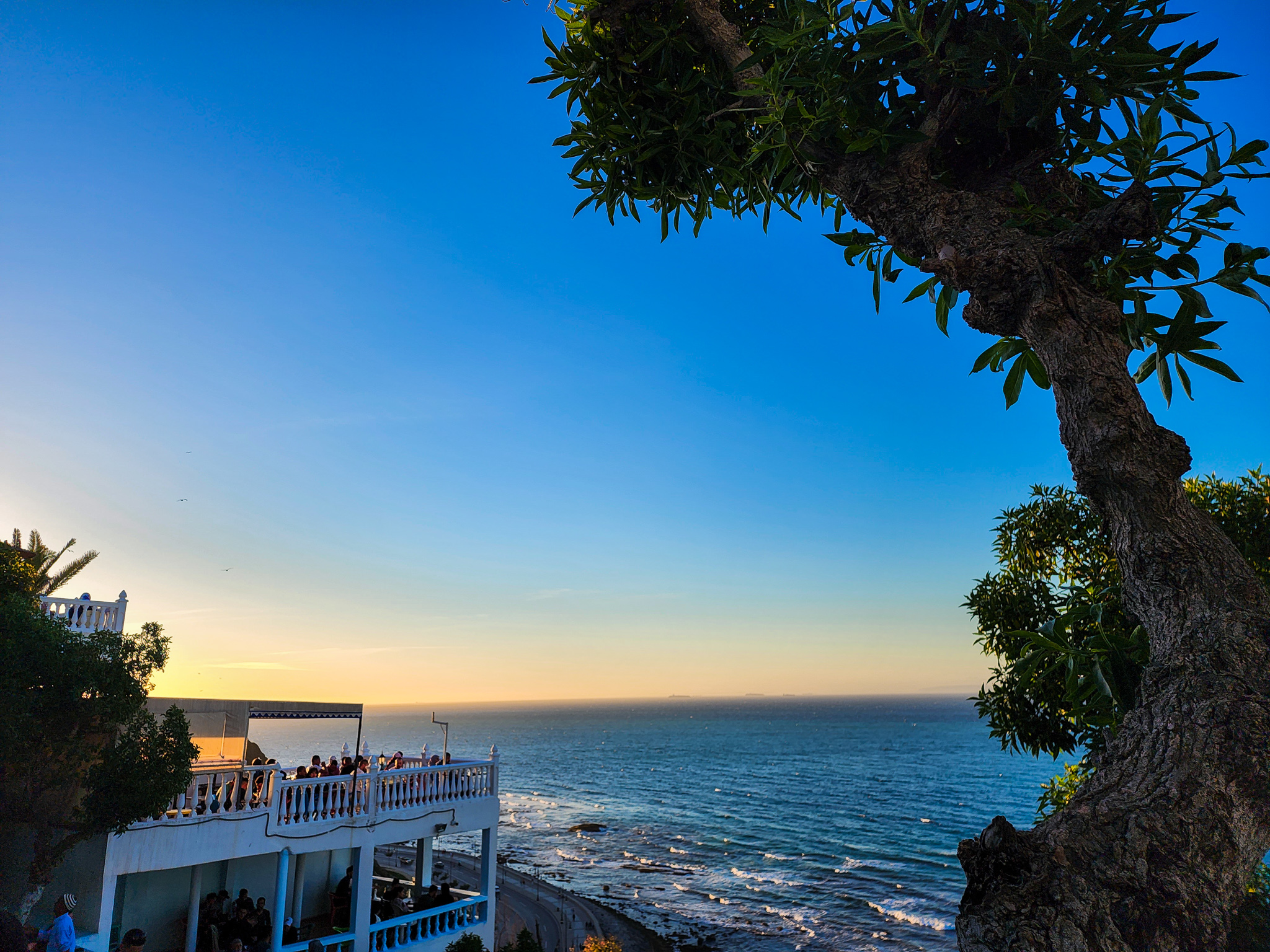
Take photos:
Morocco is very aesthetic. The cities are vibrant hubs of colour and activity. The landscapes and coastlines are contrasting between fresh colour and harsh dry conditions. Some of the cities are particularly breathtaking, including the ‘blue pearl of Morocco’, Chefchaouen (see our highlights from the blue city here!). Ky took 100s of photos when visiting Morocco, with our blog posts containing only a small sample. Importantly, as Tess likes to remind Ky, don’t forget to also use your ‘Eye Cameras’ to stay present in the moment and enjoy the marvellous Morocco.
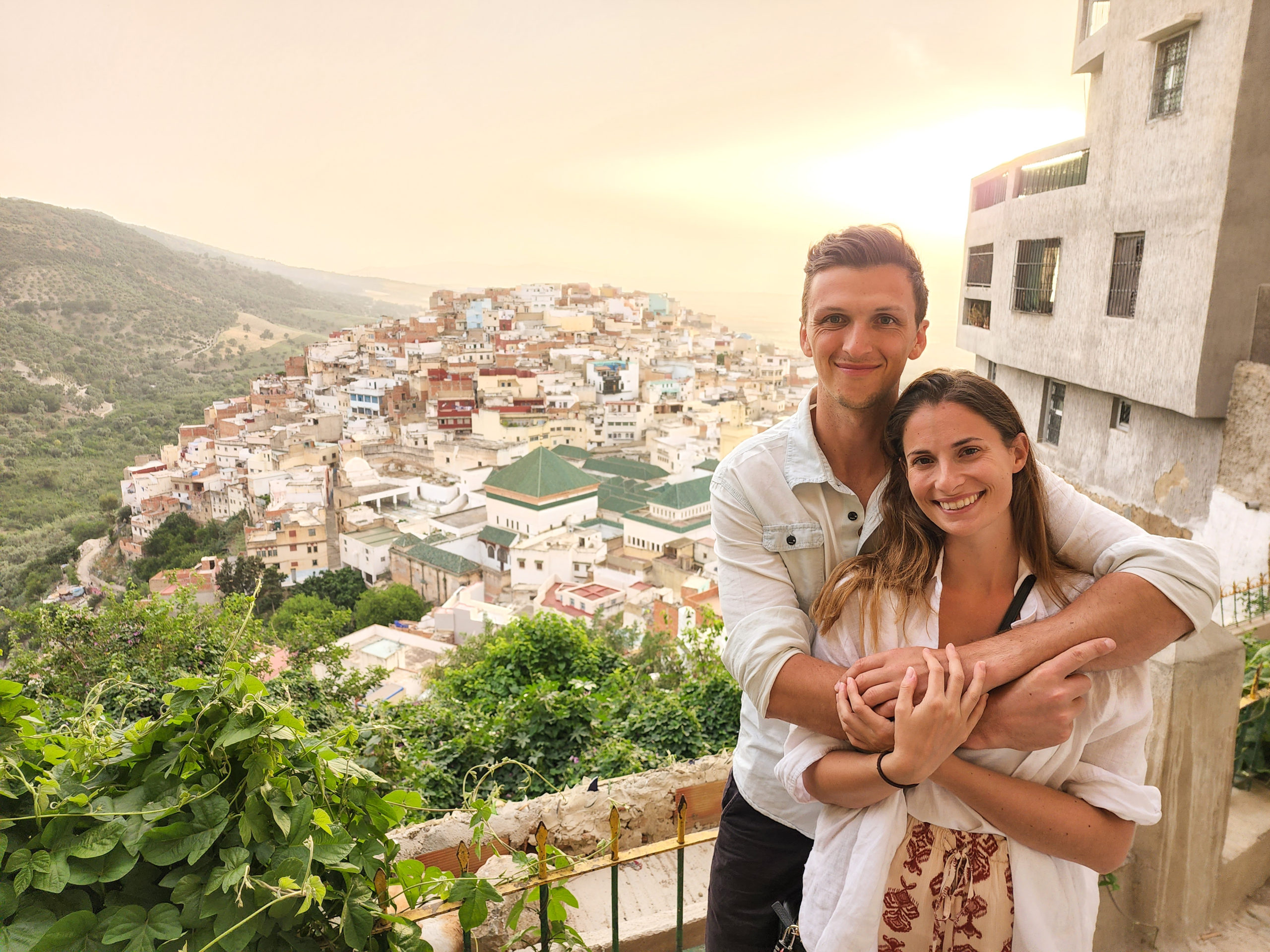

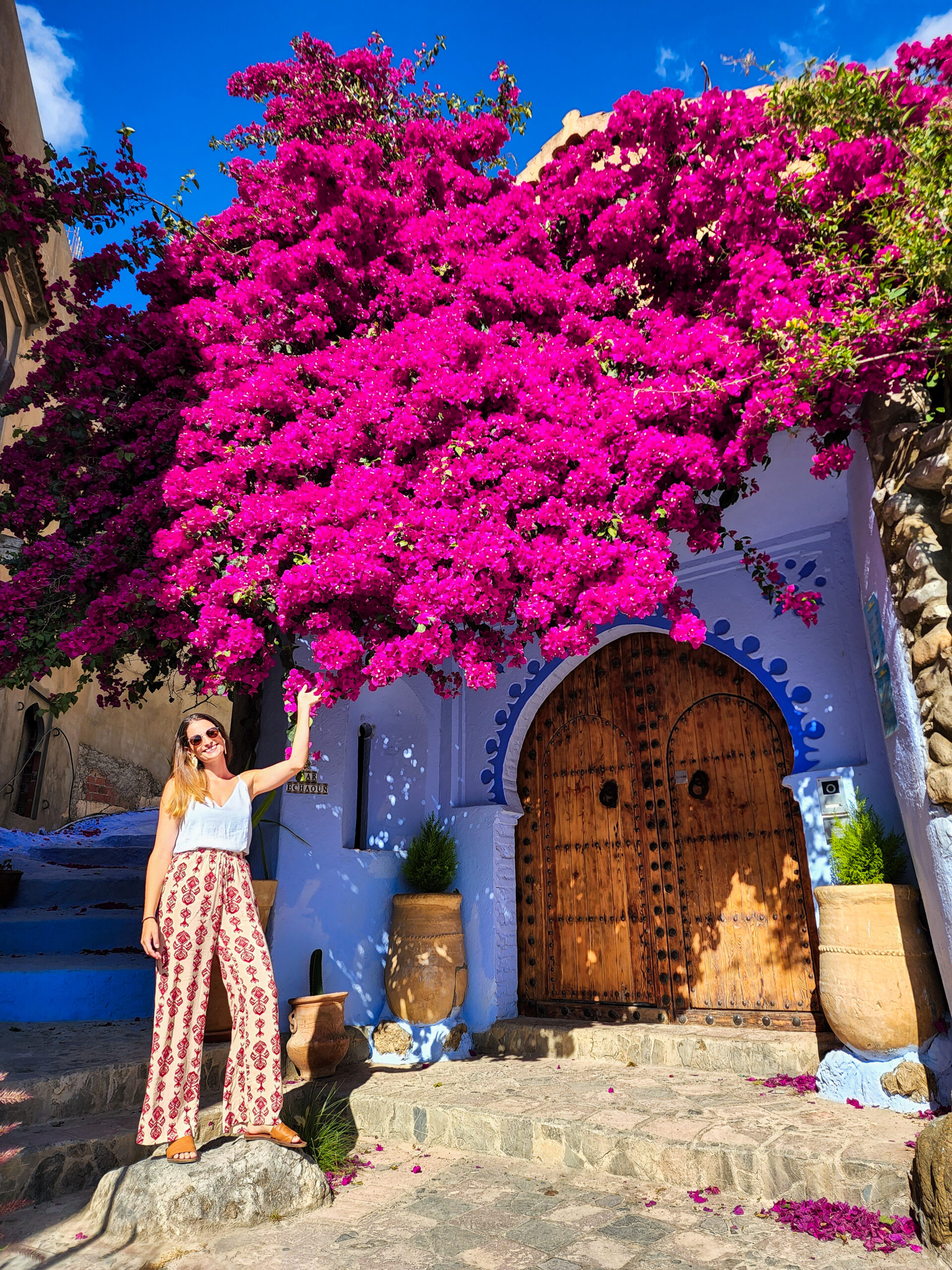
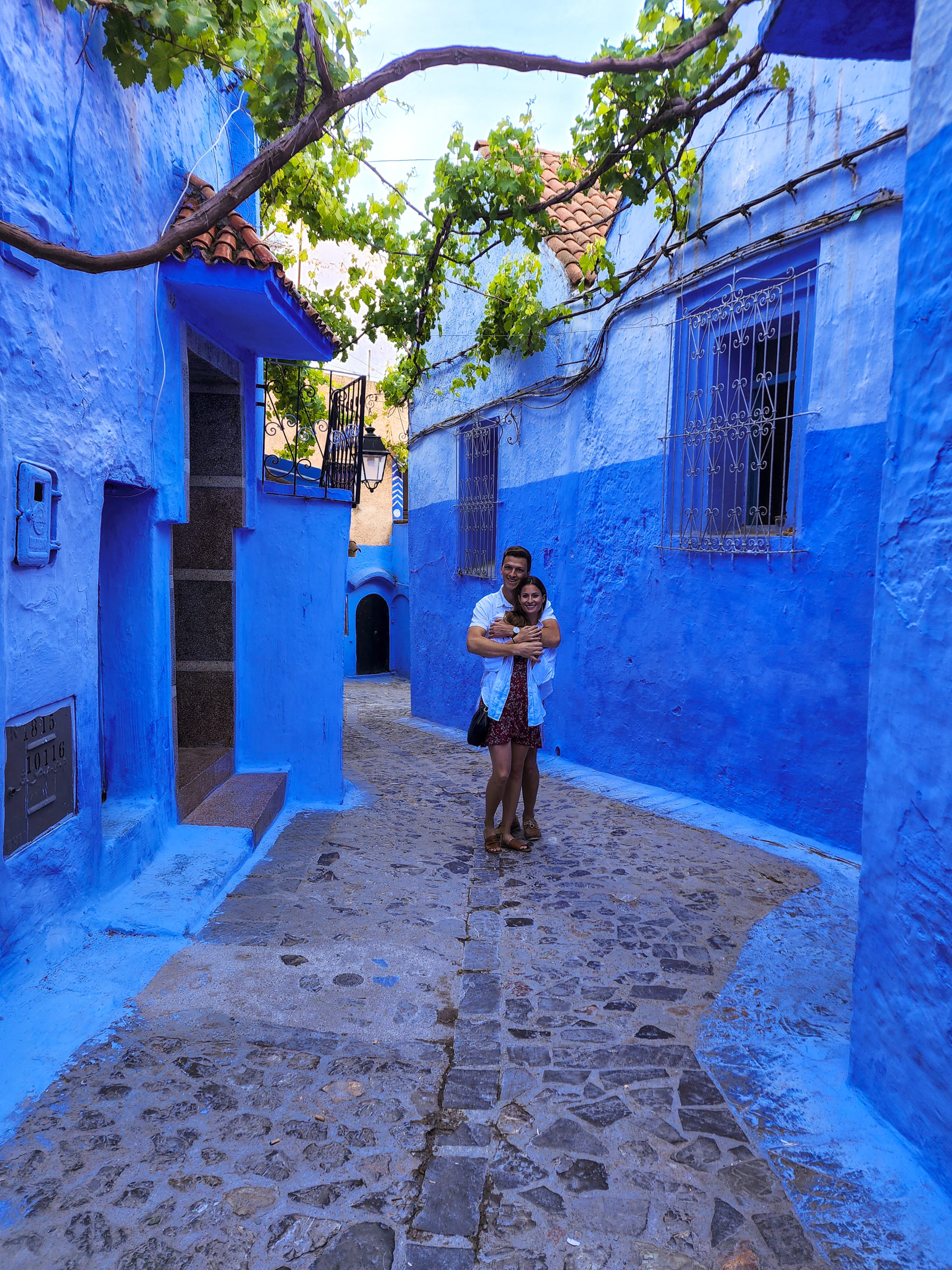
Moroccan foods to try:
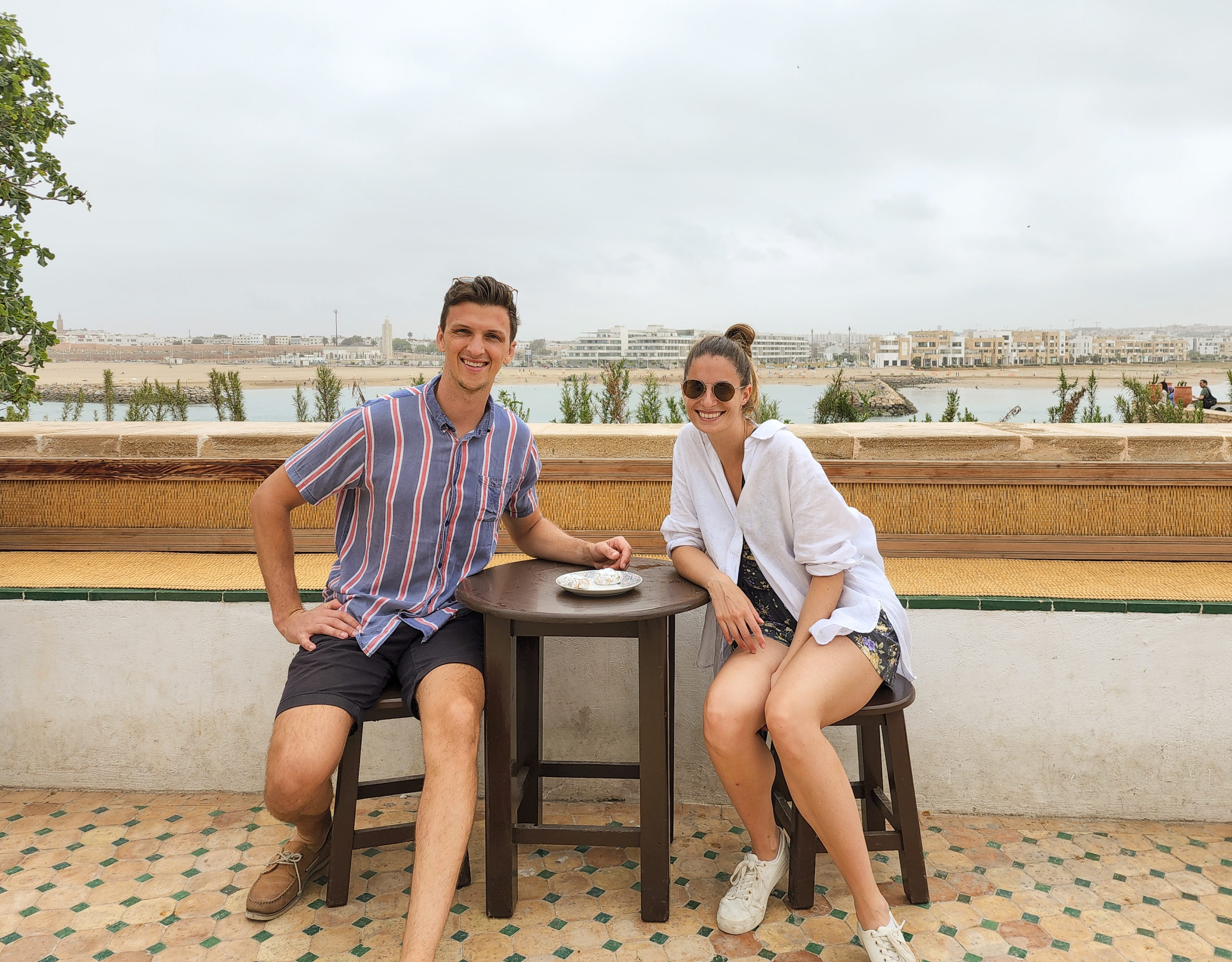
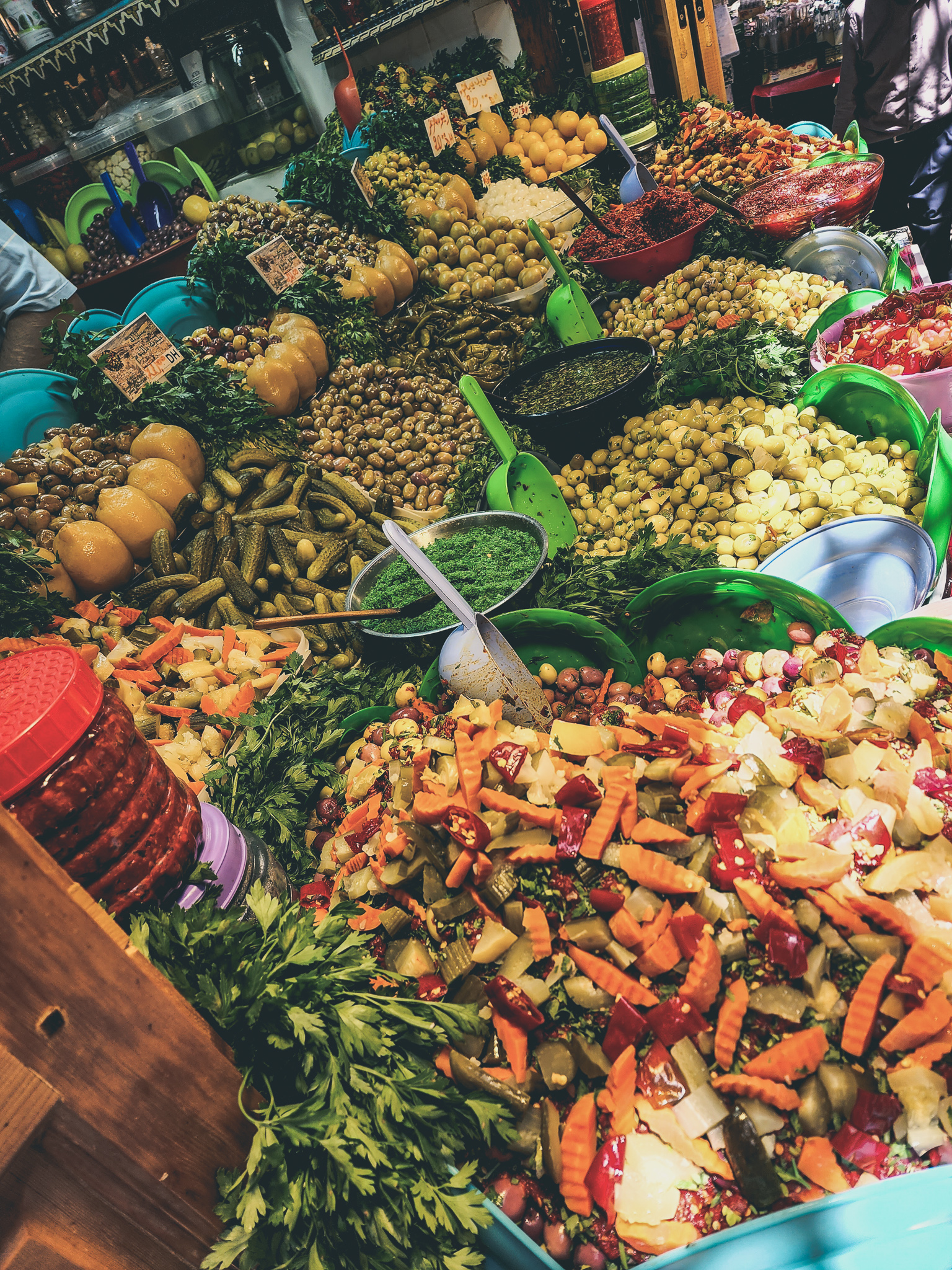
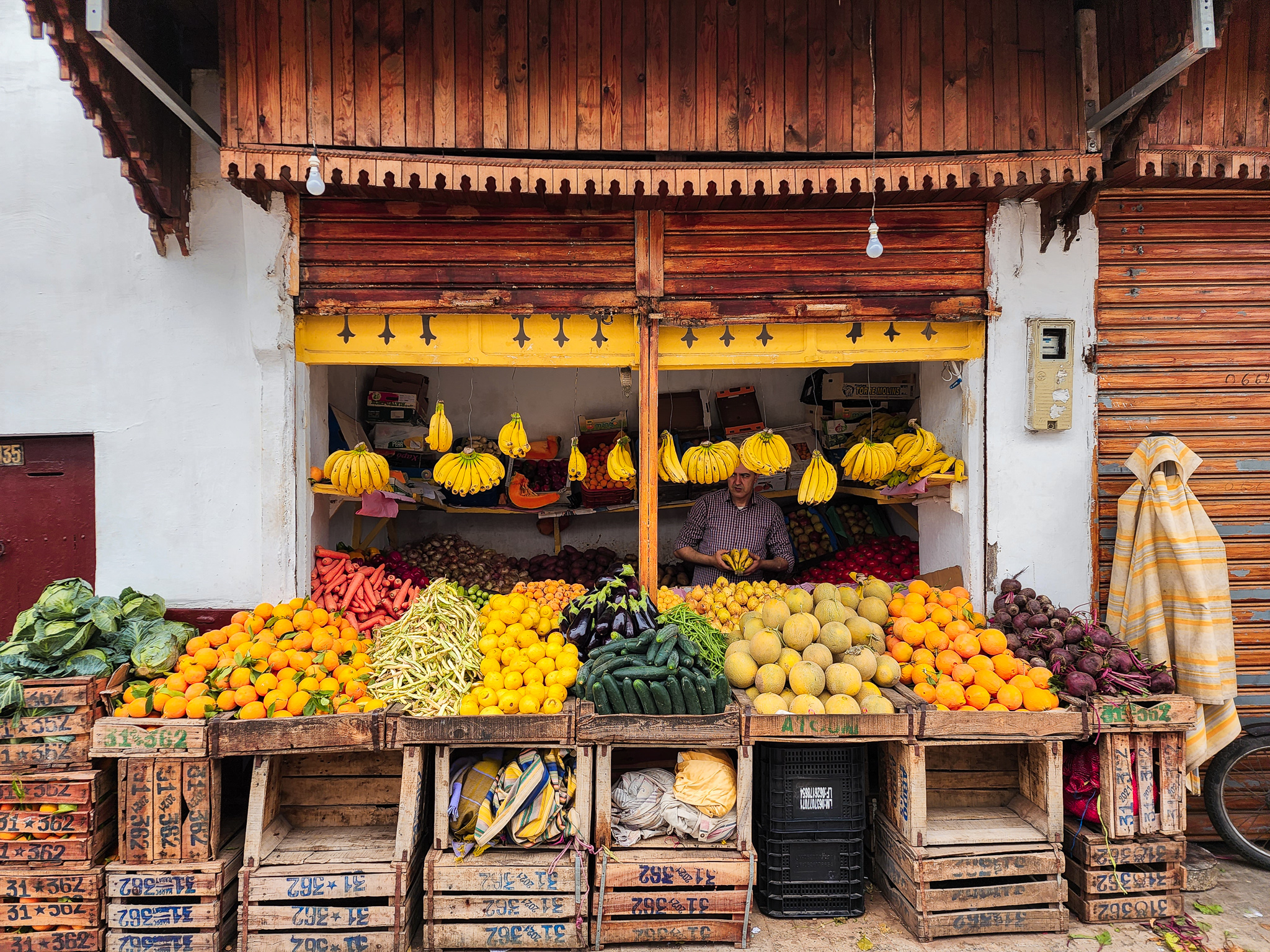

Fresh Olives: One of the main agricultural industries in Morocco is olives, where they produce and export them around Europe. Try some fresh olives from one of the medinas during your visit.
Orange Juice: Morocco has heaps of orange trees, and thus fresh orange juice is plentiful. The freshly squeezed juice was sweet and definitely worth trying.
Tagines: A tagine is a slow cooked meal using hand made clay pots. These dishes are made almost everywhere, with a variety of different options and flavours. Even the “bad” dishes we had from more ‘touristy’ places were still excellent, and the “good” dishes were some of the best food on our trip. The classic tagine that you must try is the lamb with dates and apricots, however the vegetable tagines are also excellent for vegetarians.
Smoked Eggplant Dishes: We love smoked eggplant, and during our visit tried a mixture of dishes. We recommend you give them a try.
The Moroccan Flat Bread: The Moroccan flat bread (called msemen, I think) is made regularly at market and street stalls, and was something we sampled on our first day in Morocco. We tried a tomato flavoured one, however if you have a sweet tooth the nutella combo looked pretty decent. Think of this like the Moroccan version of a crepe.
The things that weren’t great in Morocco:
- Coffee: sadly, the coffee in Morocco wasn’t up to our lofty standards. Whilst relatively inexpensive (between 10-20 MAD), the quality wasn’t as good as Australia and some European destinations. Our recommendation: get a cheap espresso for the coffee cravings and don’t bank on a good latte/cappuccino.
- The ‘tourist restaurants’: while every city has these, in Morocco these are sometimes harder to determine from ‘authentic options’, or impossible to avoid (e.g. when on a tour or in an area with limited options). These places often produce poorer quality food and are more expensive. Our recommendation: be aware of ‘locals recommendations’ from tour guides as they often get ‘kickbacks’ from these. Do your own research, with travel blogs often a great source of intel.
Where to eat in Morocco:
Morocco has amazing food, especially if you know where to look. These were our favourite restaurants in different cities.
- Ruined Garden – Fez: This place was incredible. The food was so good, and the locations, set in an old Riad, was top notch. We ordered the lamb tagine, sardines, smoked eggplant and orange and nectarine juice which were all exceptional. It can get busy, so booking might be a good option.

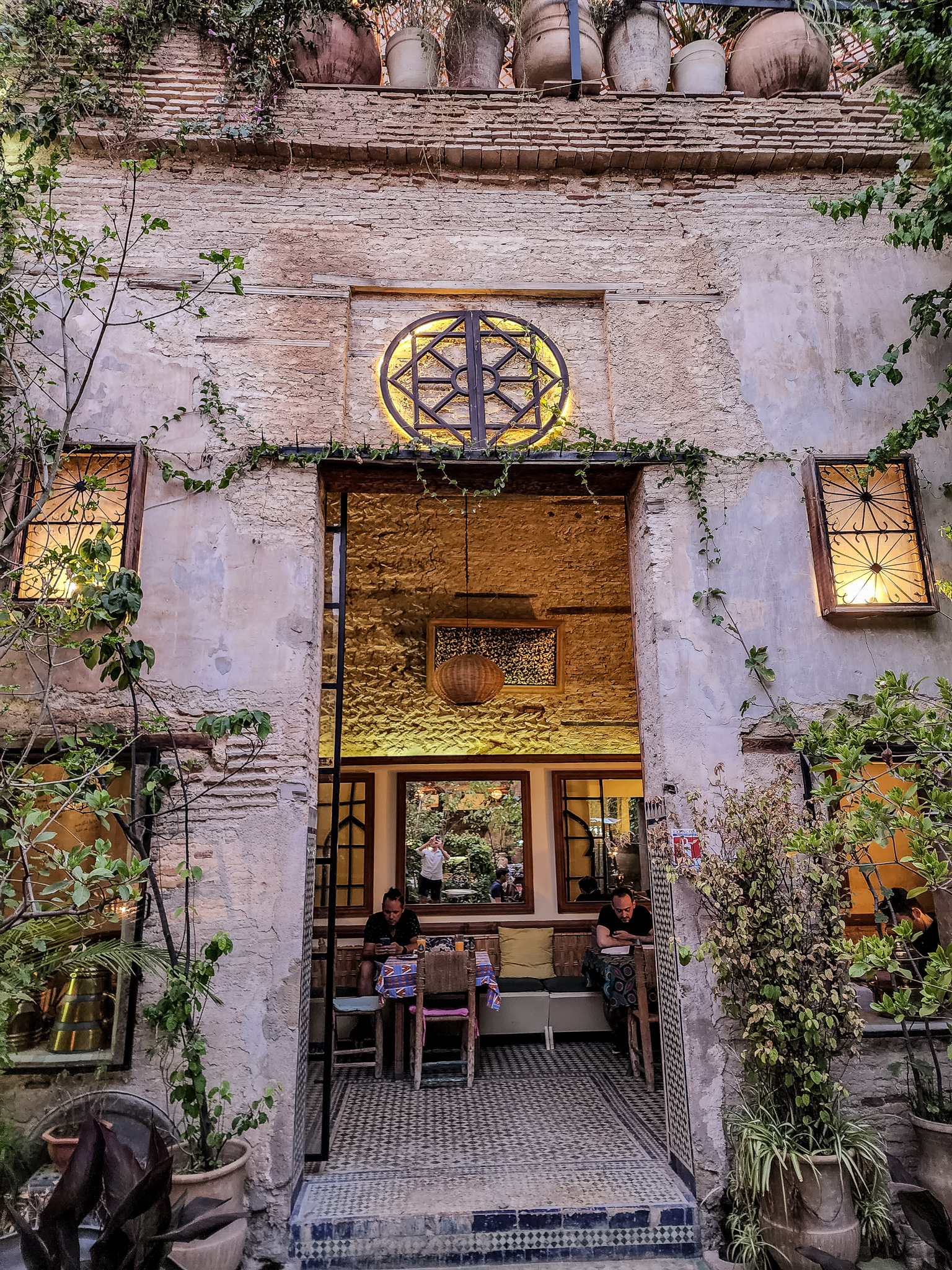
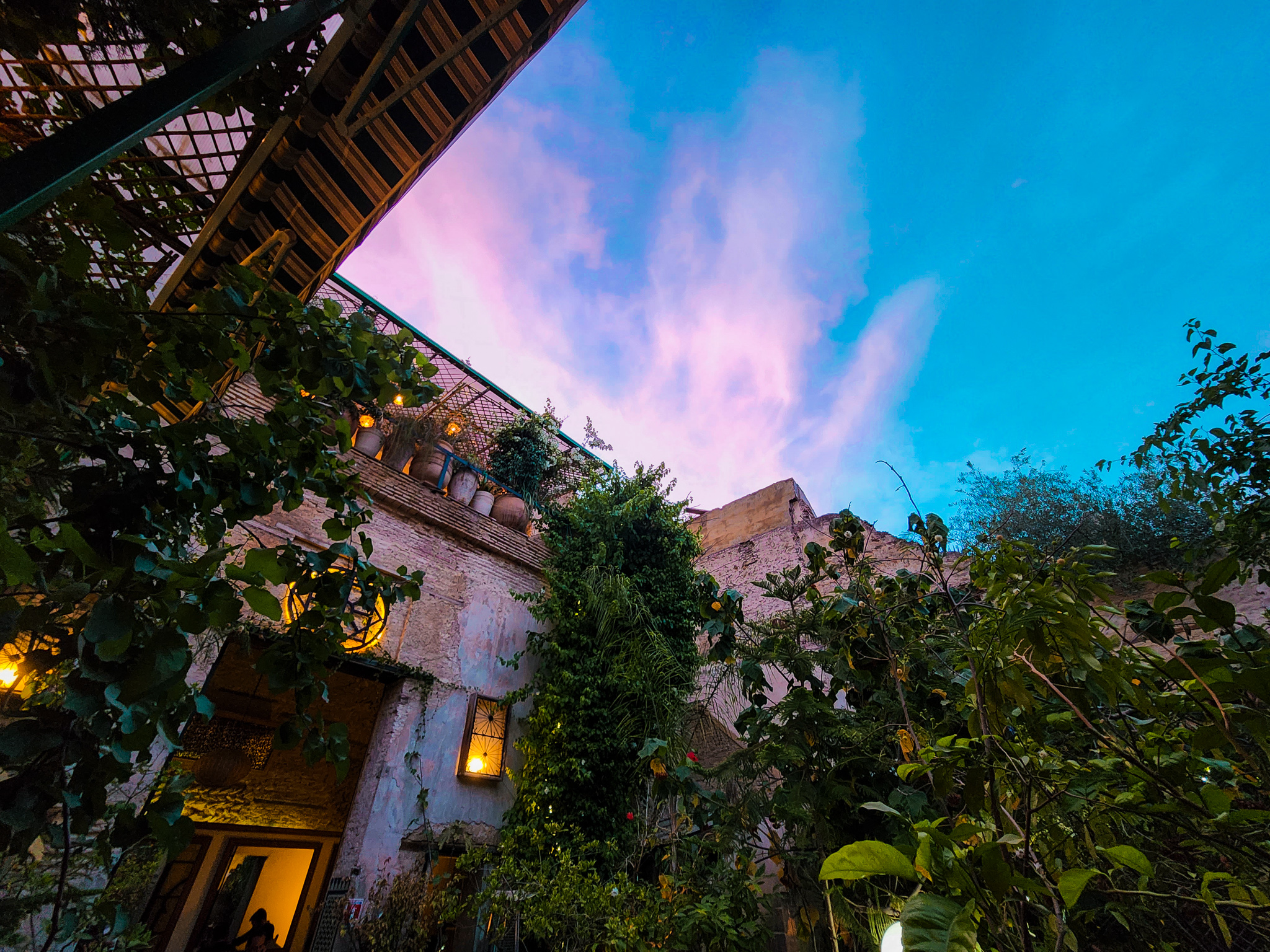
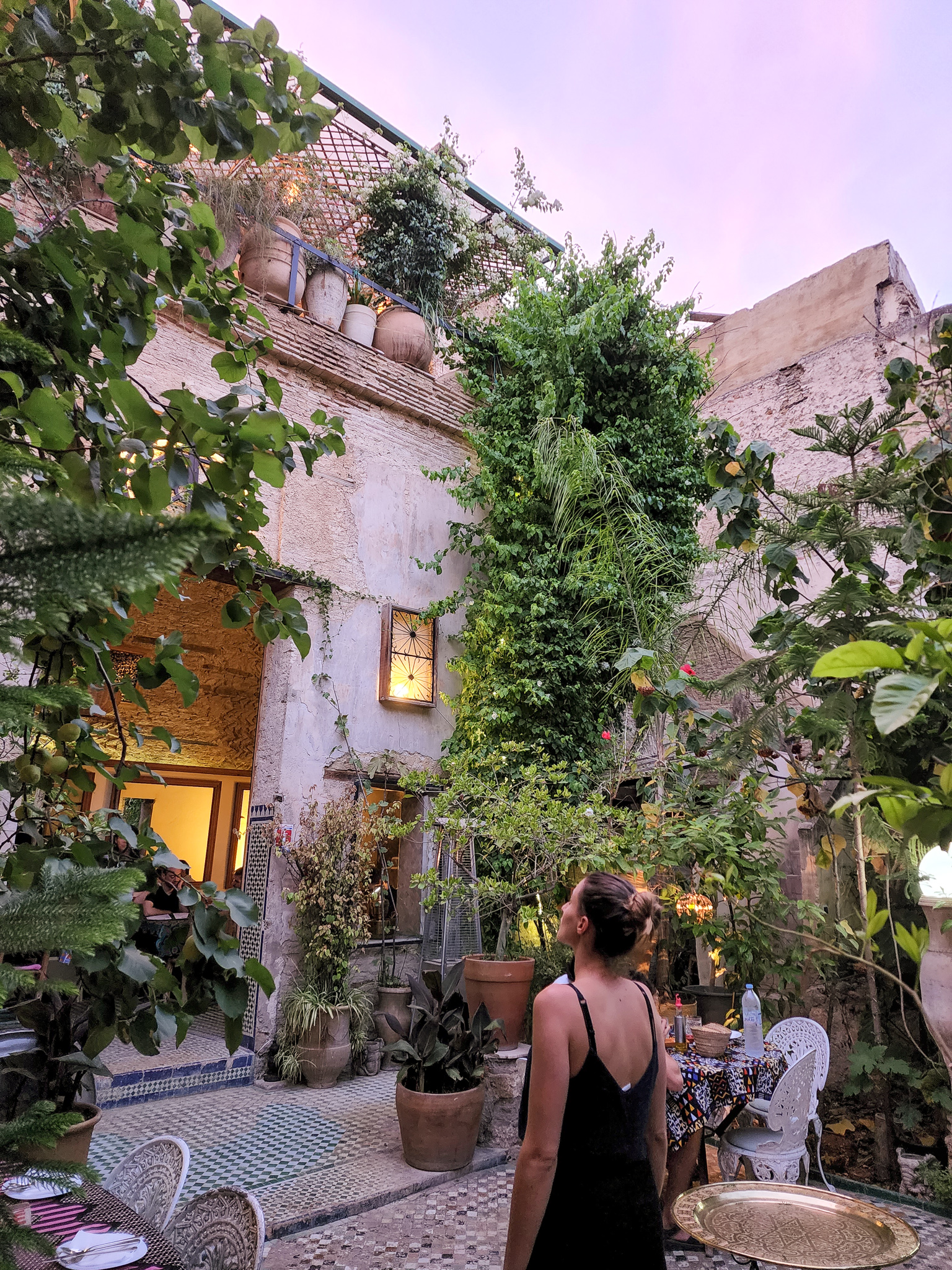
- Sofia – Chefchaouen: we mentioned this understated restaurant in our review of Morocco’s blue city. Tucked off the main square, this female owned and run restaurant serves local food at great prices. Try the soup, the vegetable tagine and the beef couscous.
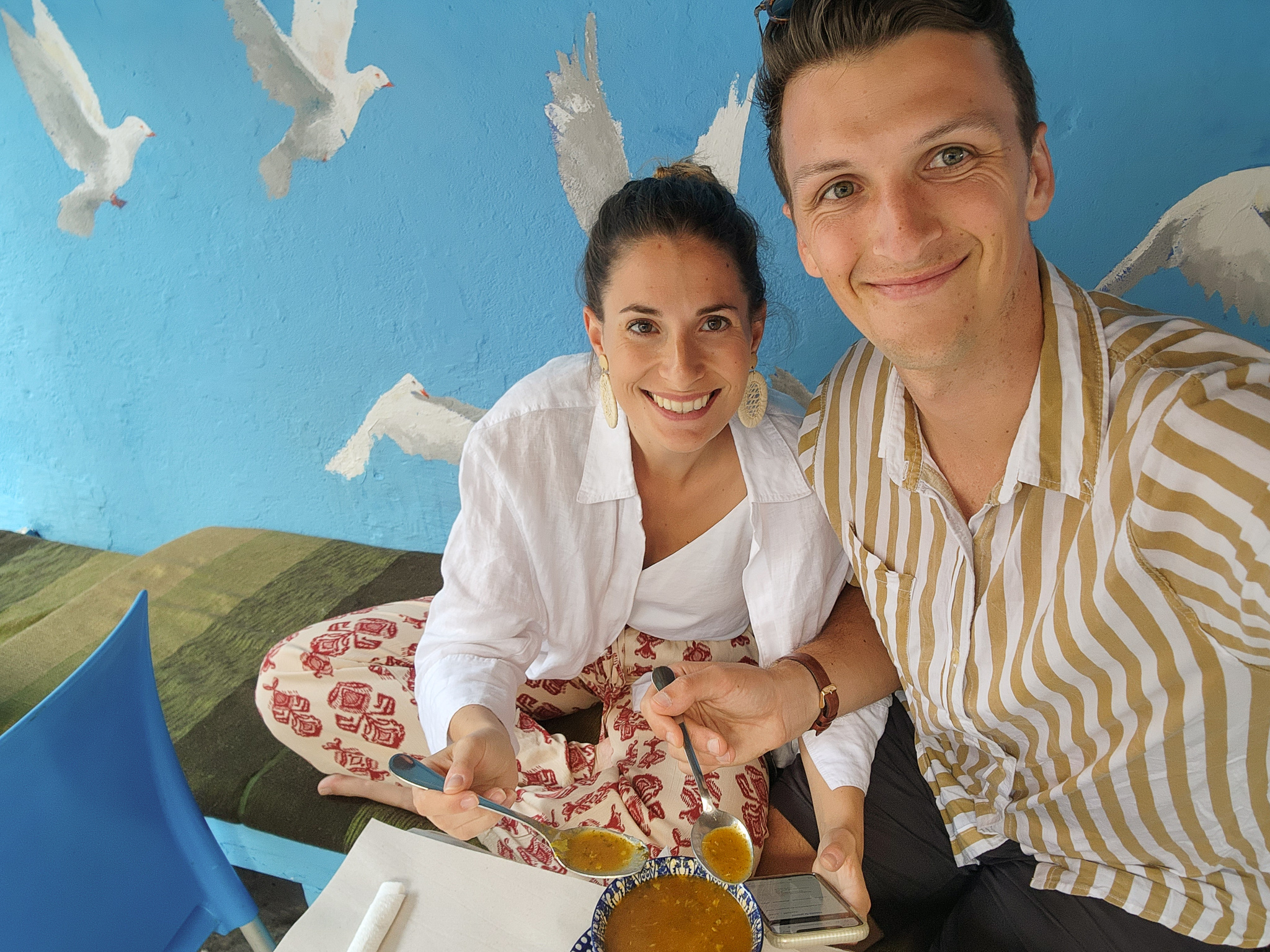

- Hamsa – Chefchaouen: go there for the views of the iconic blue houses in Chefchaouen, and be treated to great food! The falafels were our favourite!

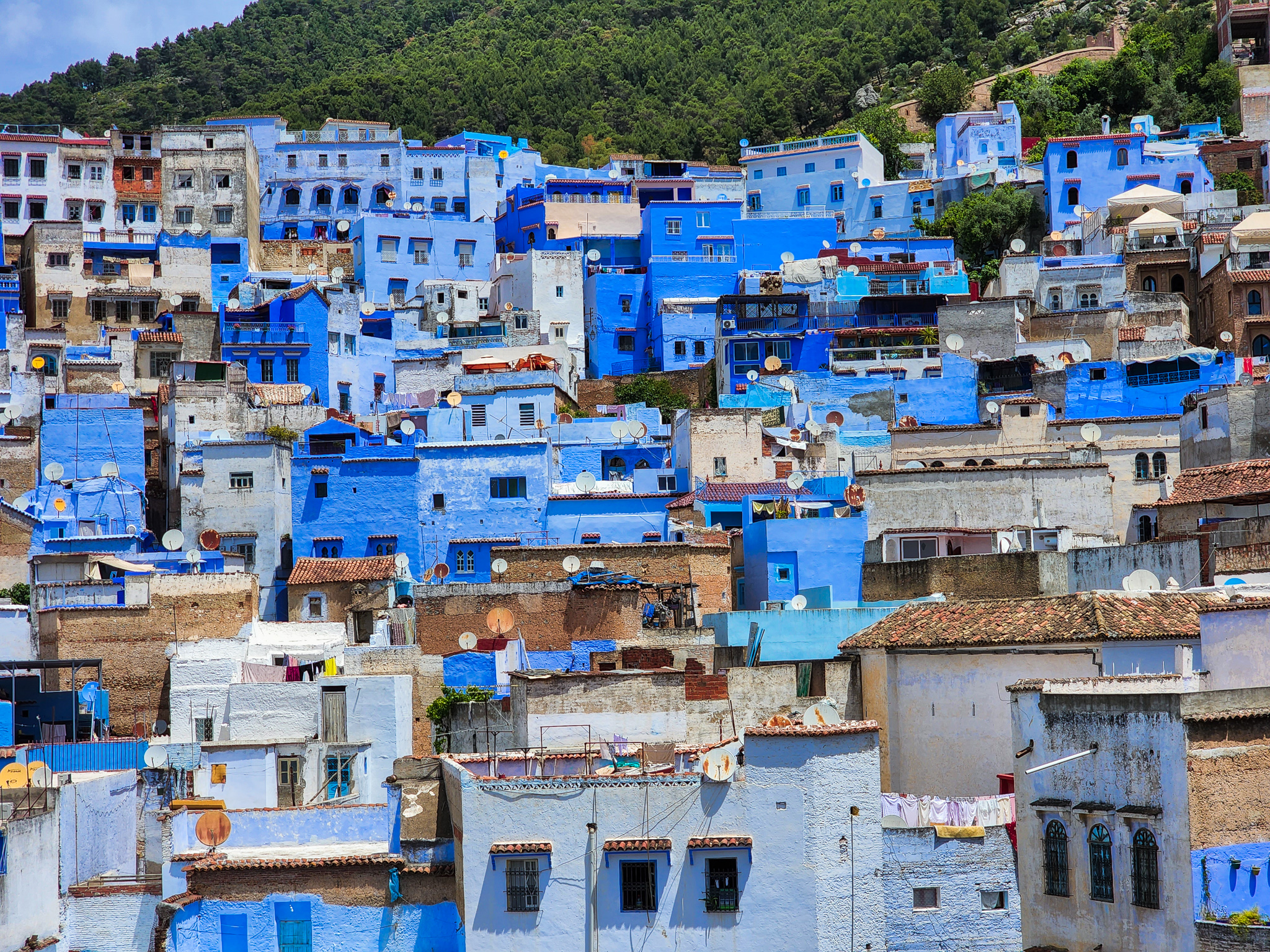
- Cafe Hafa – Tangier: don’t come for the food, but the view with a glass of mint tea is definitely worth it! One of our favourite sunsets during our trip in Morocco.

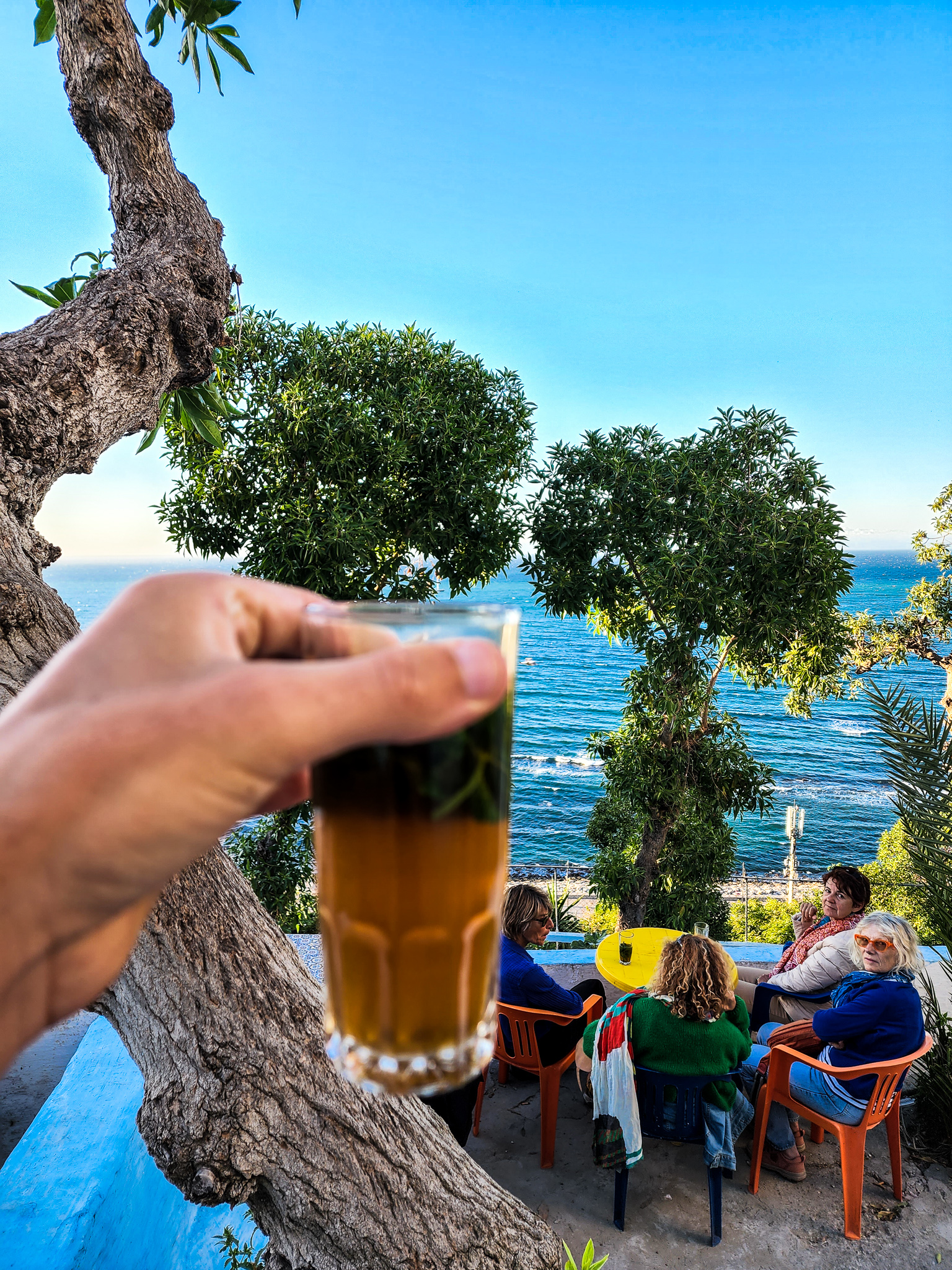
- Kasb’art – Tangier: this French-style restaurant boasted healthy food options and a rooftop, what more do you want?
- Nomad – Marrakech: this modern Moroccan food was incredible. Highly rated and very busy, it’s worth the cost and the wait. Try to get up onto the rooftop for exceptional views of the main square.
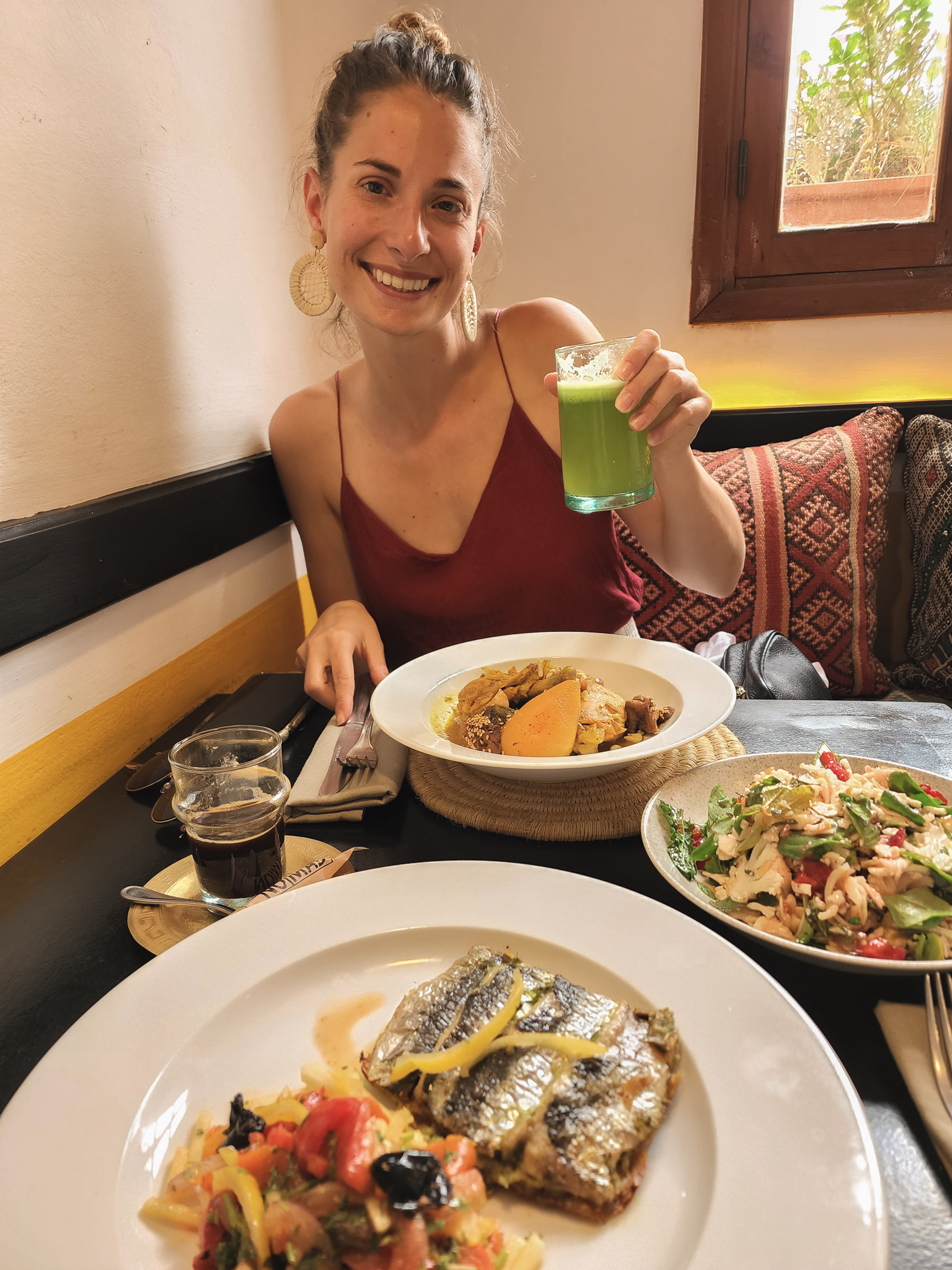

Tour or no tour?
When looking to book Morocco, we were slightly overwhelmed with how to get around via public transport, safety and deciding which to cities to visit. We had heard mixed reviews which led us to booking an Intrepid Tour. Our tour (see details here) took us from Casablanca to Rabat, Meknes, Moulay Idriss, Voulibis, Fez, Chefchaouen, Tangier and Marrakech. See our pros and cons below:
Pros:
- Safety: we had no safety concerns whilst on our tour and for the most part, the hustlers on the street would leave us alone or be ‘shooed off’ but the guide.
- Organization: planning travel, accommodation and day tours were all organized. Most of the local guides organized were excellent.
- Seeing a lot: This 9 day tour covered a lot of ground. We would definitely not have seen this much if we had planned the itinerary ourselves.
Cons:
- Restricted by the tour schedule: having ‘free time’ and extra days in cities is not really possible on a tour.
- The continuous travel: covering so much ground means you’re always on the move, which can get tiring.
- The ‘suggested restaurants’: as part of day trips, or organized tours from local guides, we would often be taken to the ‘recommended restaurant’. This usually turned out to be a ‘friend’ of the tour guy who was giving him a ‘kickback’. Whilst this is common on tours and a big part of Moroccan culture, this was something we didn’t love from the tour.
Further considerations: this tour age range was between mid 30s-50s, and definitely wasn’t a ‘party tour’.
Would we do it again? We overall had a great time, met some wonderful people, and had a top tour guide. However, we like our time flexibility, and dislike the ‘fast paced’ nature of tours. Therefore, we are unlikely to re-book a tour anytime soon. But don’t let that stop you if you feel like this would suit you and your travel style!
A dose of perspective
We both commented during our time in Morocco about how the trip gave us an excellent dose of perspective. In Australia we are lucky enough to have excellent healthcare, great education, we both have stable jobs and good employment opportunities. In Morocco, we observed a lot of poverty, and in some cases the poor health of locals living in the city. We both grapple with how to help in these situations, and regularly feel that helping only one individual is a ‘bottom-up’ approach to such a large-scale issue in these countries.
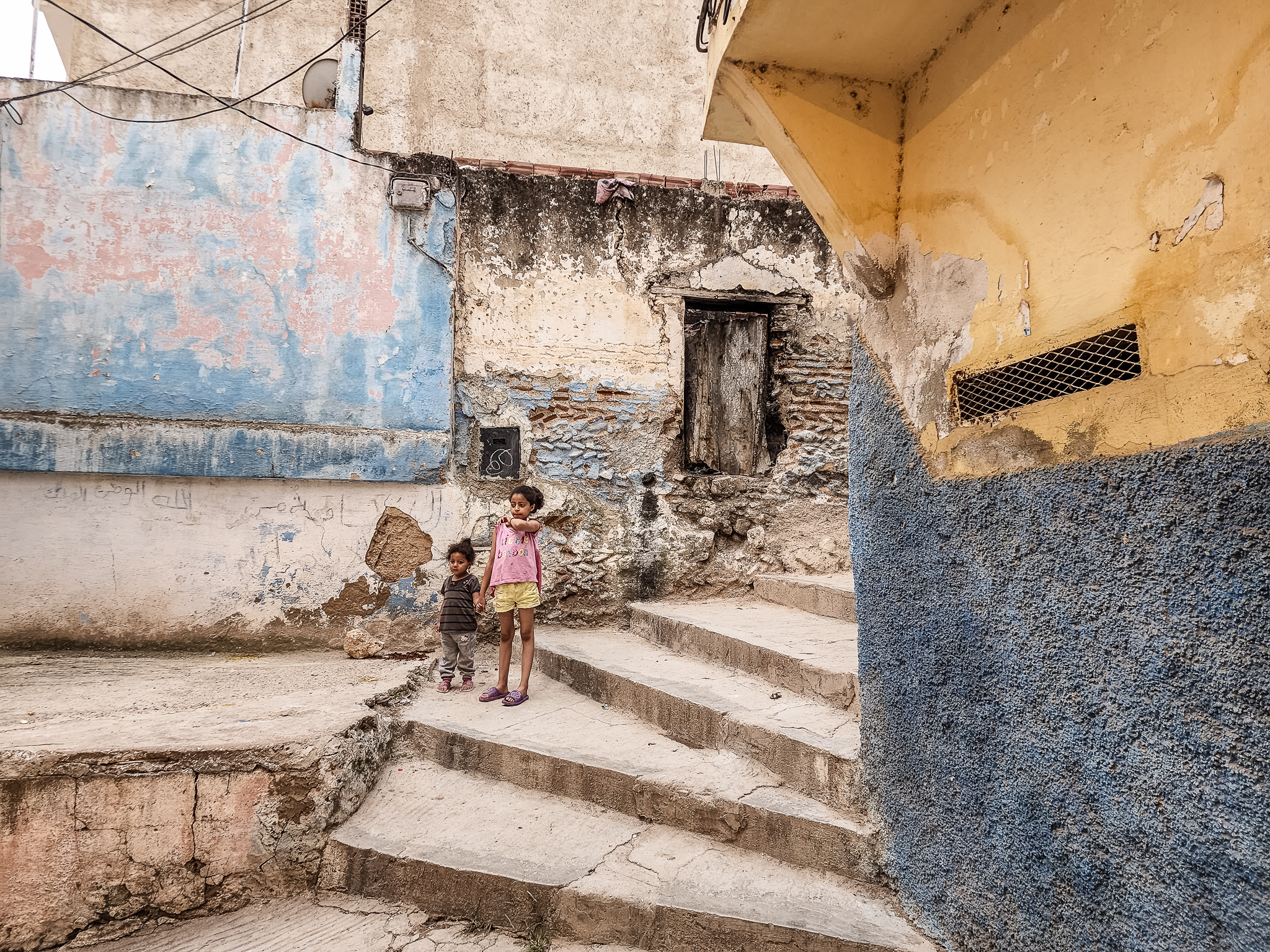
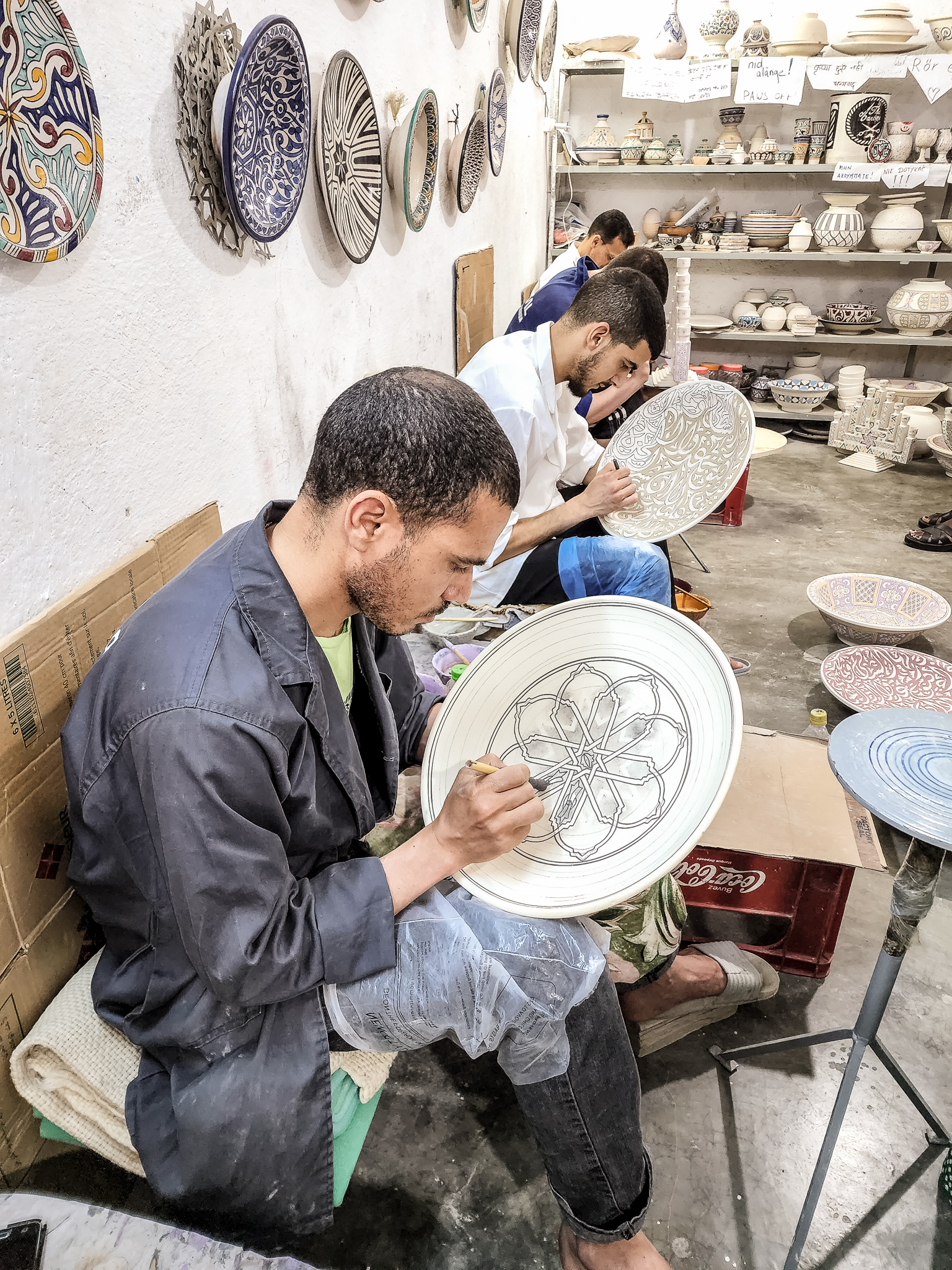
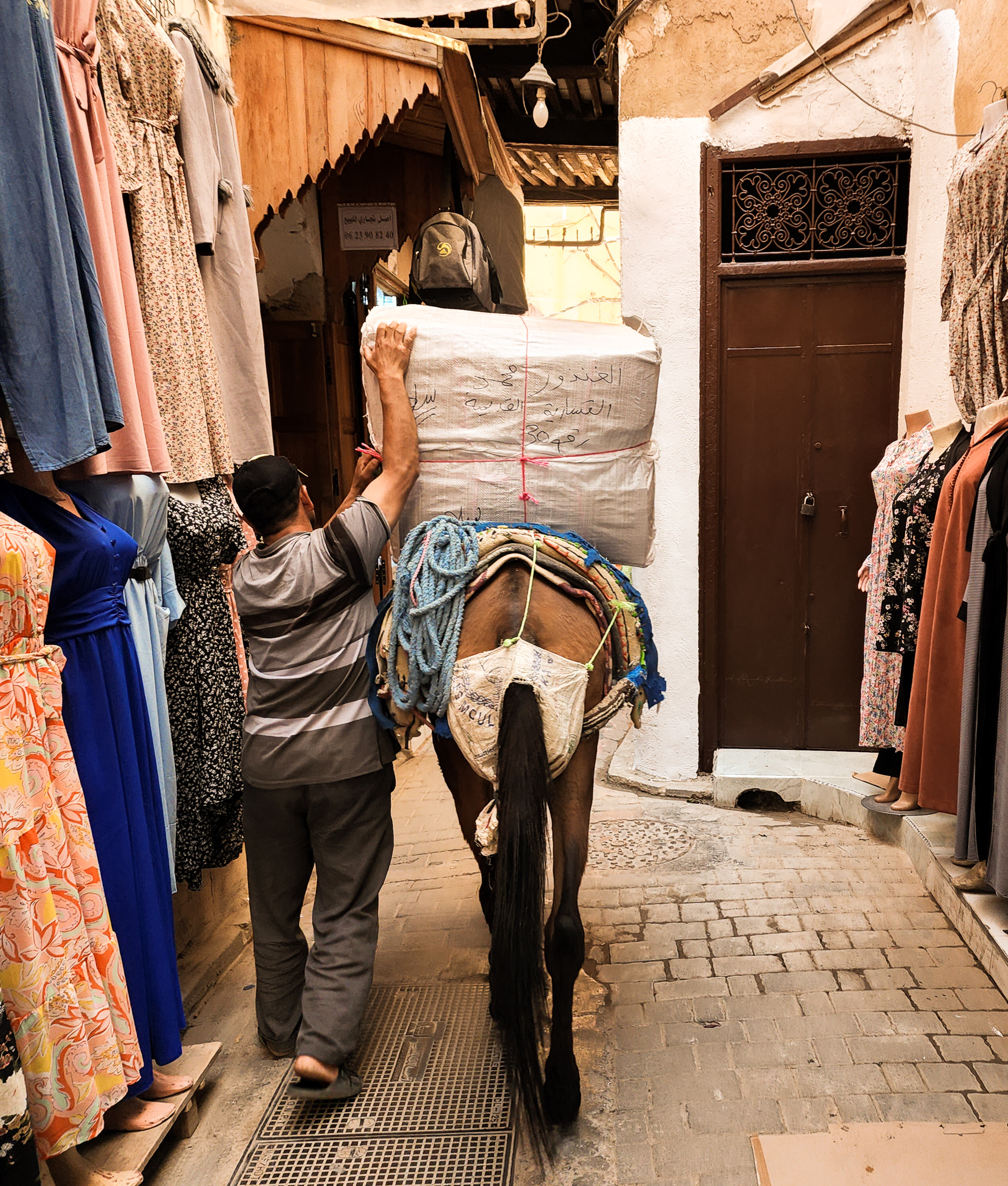
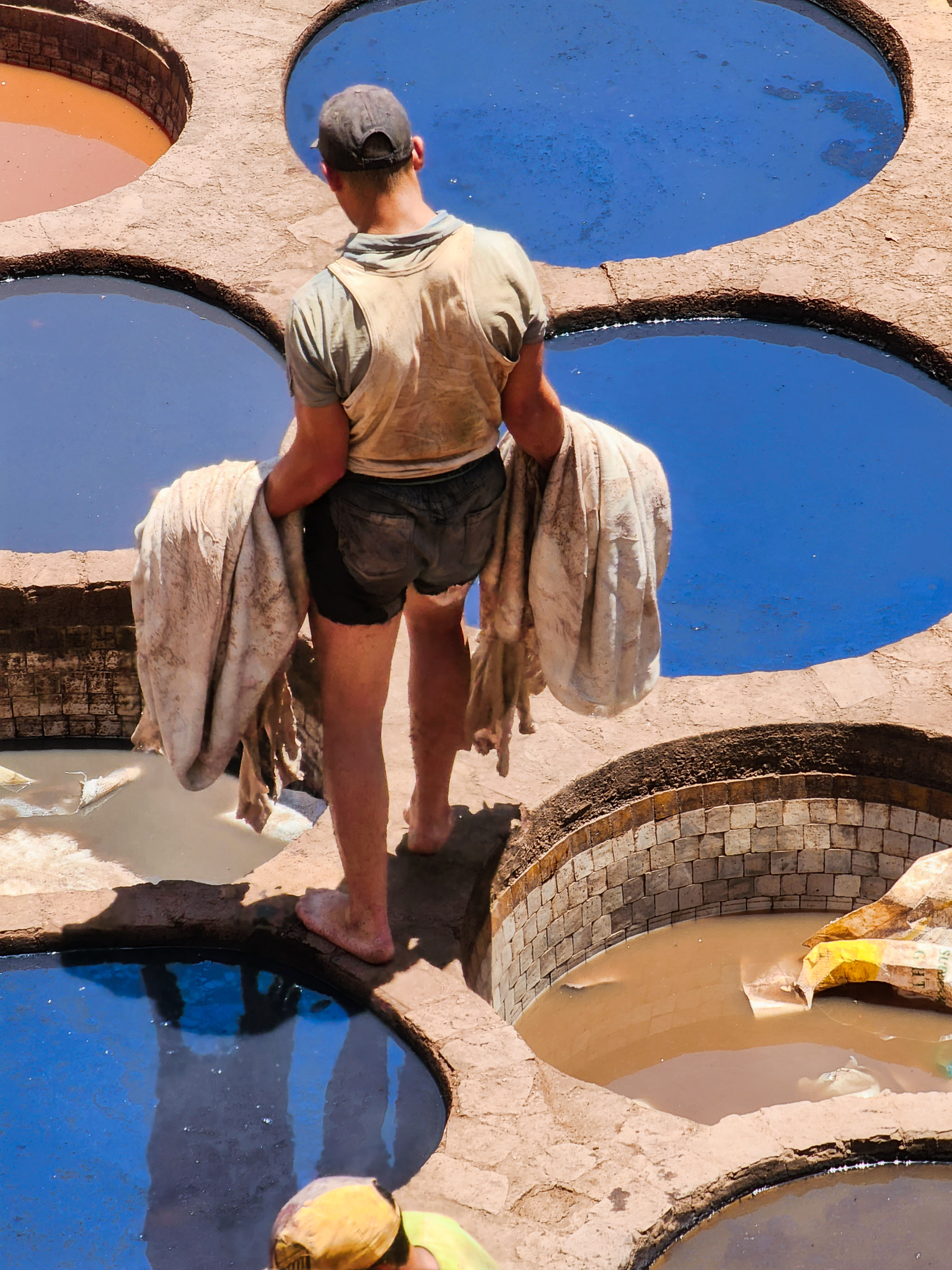
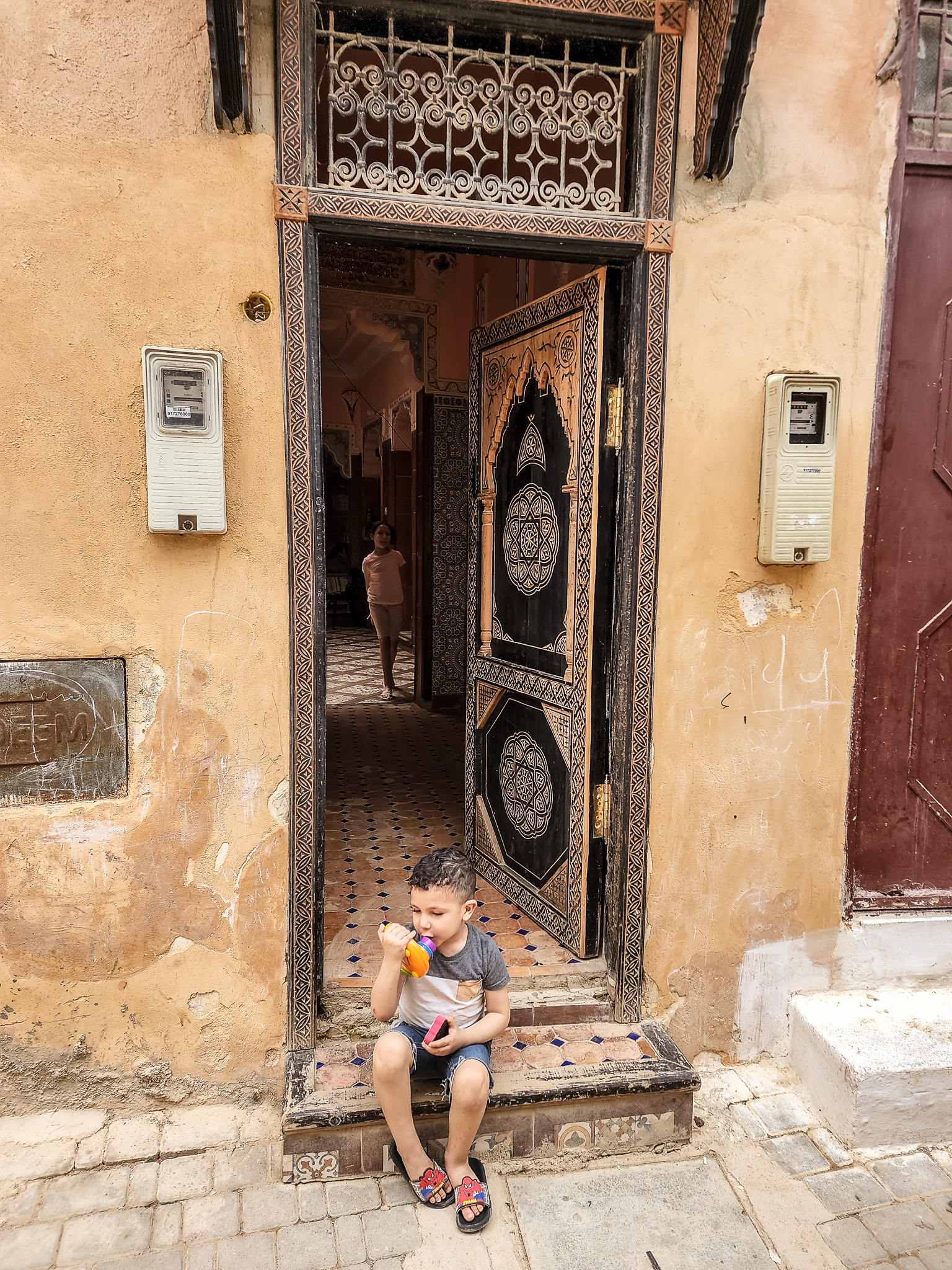
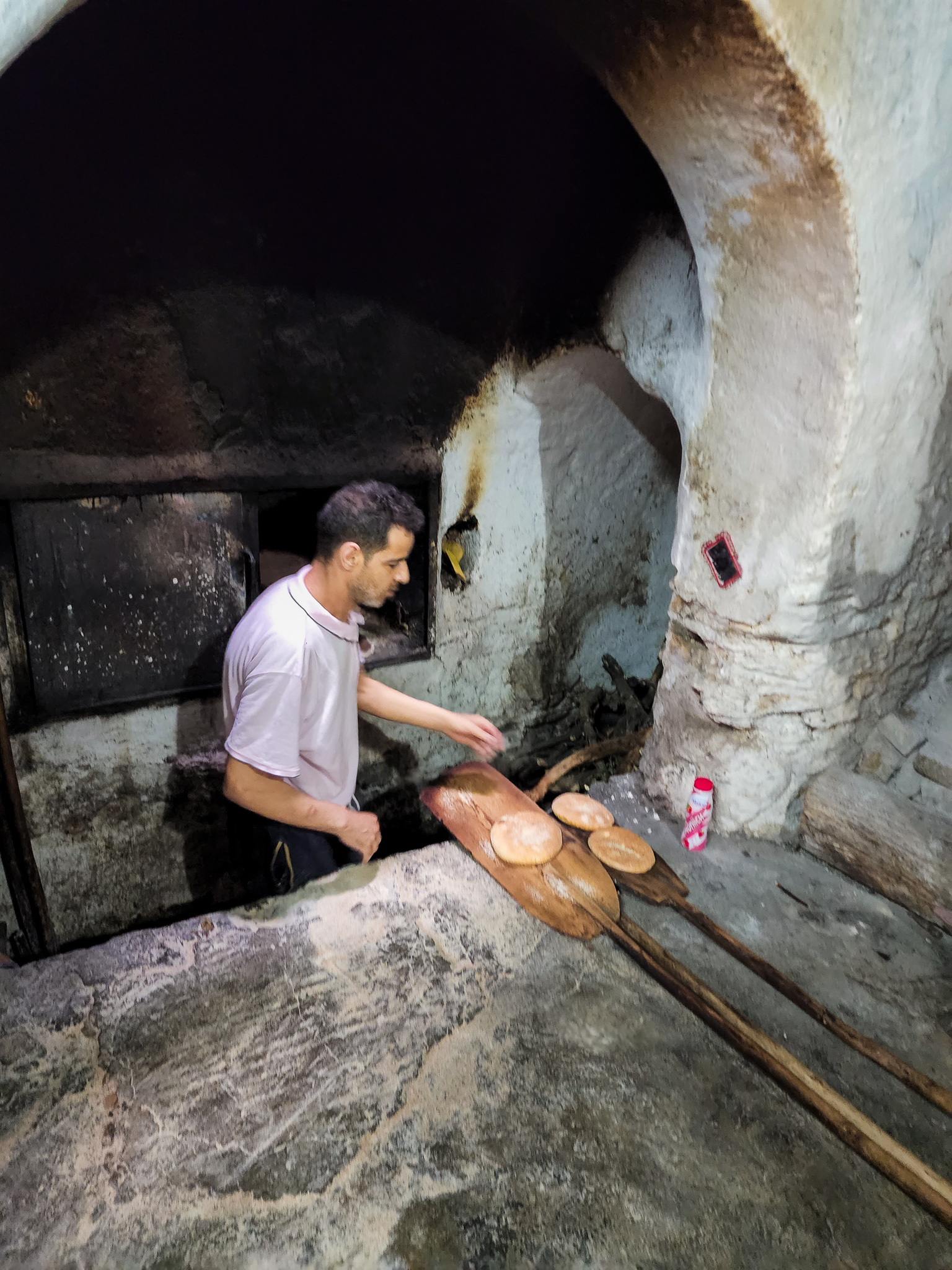
Cultural considerations in Morocco:
- Females and clothing: we had read and heard about the ‘dress standards’ for females in Morocco. Our tour sent us a note recommending females dress covering their shoulders and to the knees. When planning, and on the initial few days, Tess was very mindful to stick to these recommended standards to not insult Morocco’s culture or draw unwanted attention. On discussion with our tour guide, and observing locals, it appeared these standards were present, but not strictly adhered too. Some cities were more modern and progressive (e.g. Tangier, Marrakech, Chefchaouen) whilst other older or more religious cities appeared more strict in their attire. We would overall recommend bringing some options that fit with these recommended standards, but also wearing what you feel comfortable with. Having “short shorts” and revealing cleavage or midriff wouldn’t be recommended and this isn’t something we saw at all during our time in Morocco.
- Female solo travel: we have had some friends and acquaintances travel to Morocco solo, and as females, they expressed they felt unsafe at times and had unwanted male attention. Whilst this may not be the case for everyone, if travelling as a solo female, we would encourage you to consider a tour.
- Mosques: Morocco has some absolutely stunning Mosques. These religious buildings are where the locals go to pray, and non-Muslim travellers are generally unable to enter. If you are lucky enough to enter, ensure it isn’t during prayer time, wear clothing fitting the ‘standards’ as detailed above, and take your shoes off.
- Kickback culture: as mentioned above when discussing the tour, the ‘kickback culture’ is definitely present in Morocco. Locals, tour guides and shop owners will often try to send you to their friend who will give them a ‘kickback’ for the referral. Whilst this isn’t always a bad thing, and the locals need and deserve the income, it is something to consider.





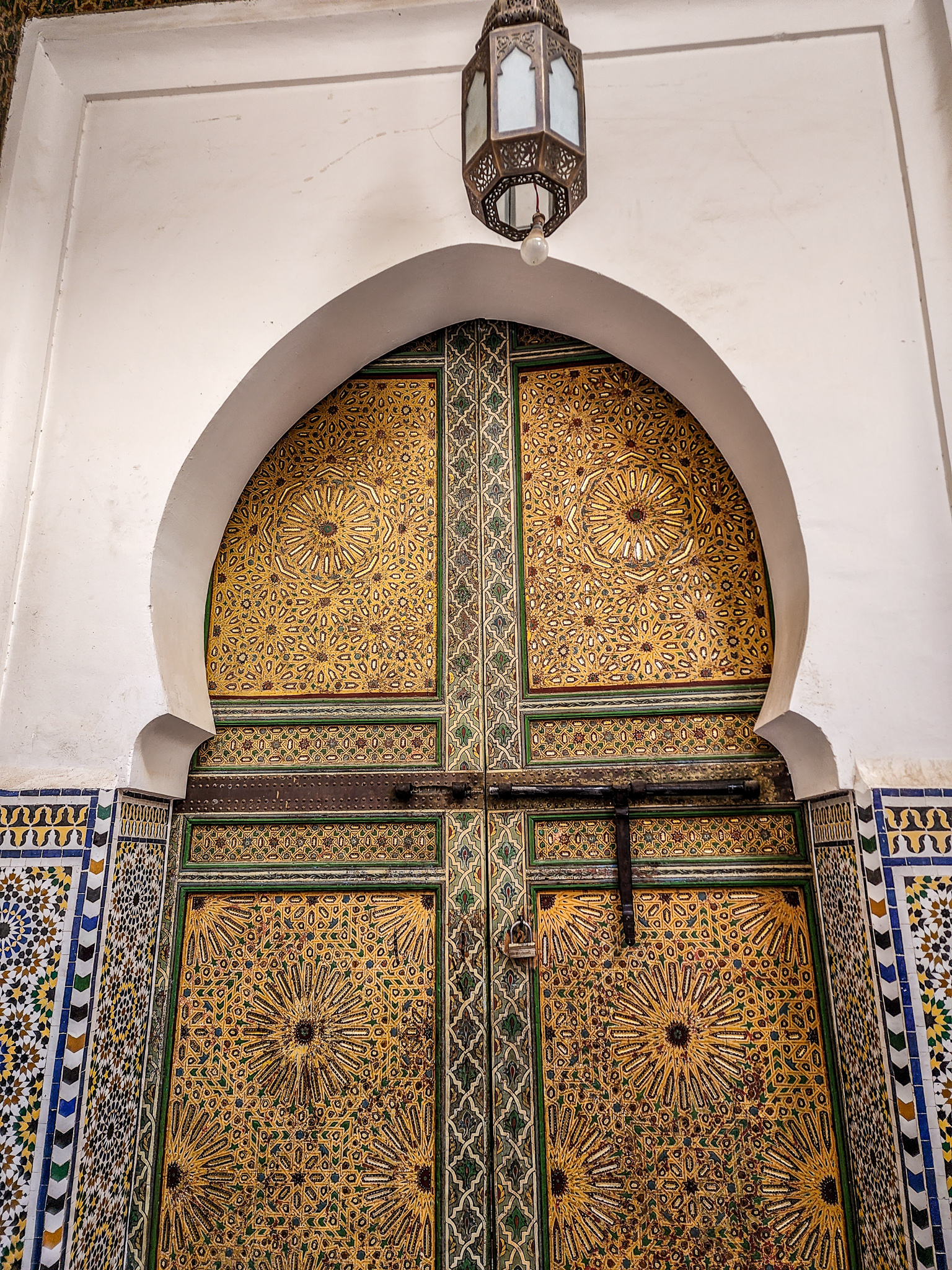
Our Moroccan itinerary:
Casablanca: we only had a very short stop here as we flew in. Our experienced was mixed, however we didn’t stay in the ‘heart’ of the city and spent little time here, thus can’t really recommend either way.
Rabat: the capital of Morocco was a good experience, with an old walled town on the coast. The old town was under construction when we visited, limiting our enjoyment there. This was a good visit, but not a ‘must do’ in our opinion.
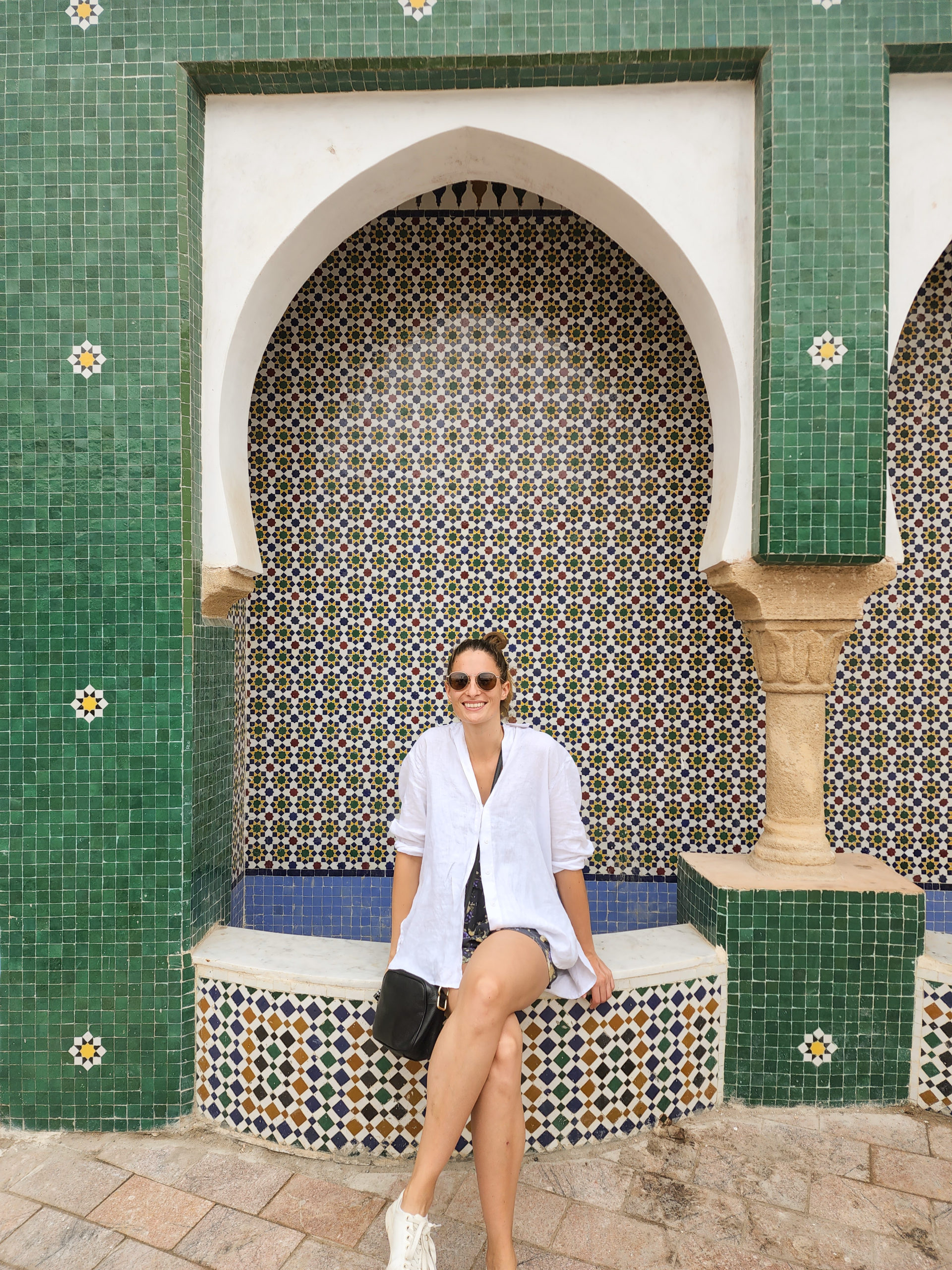
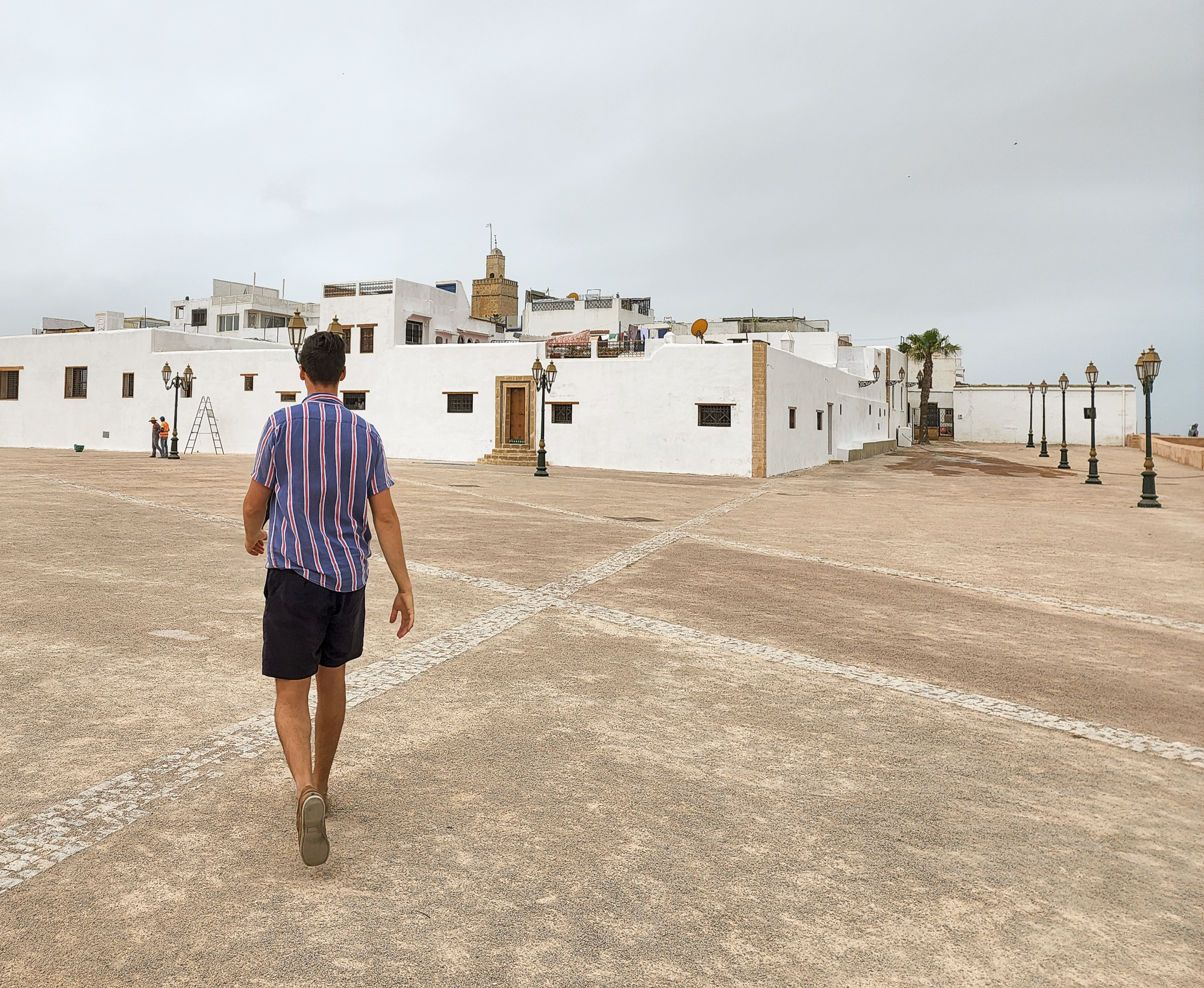
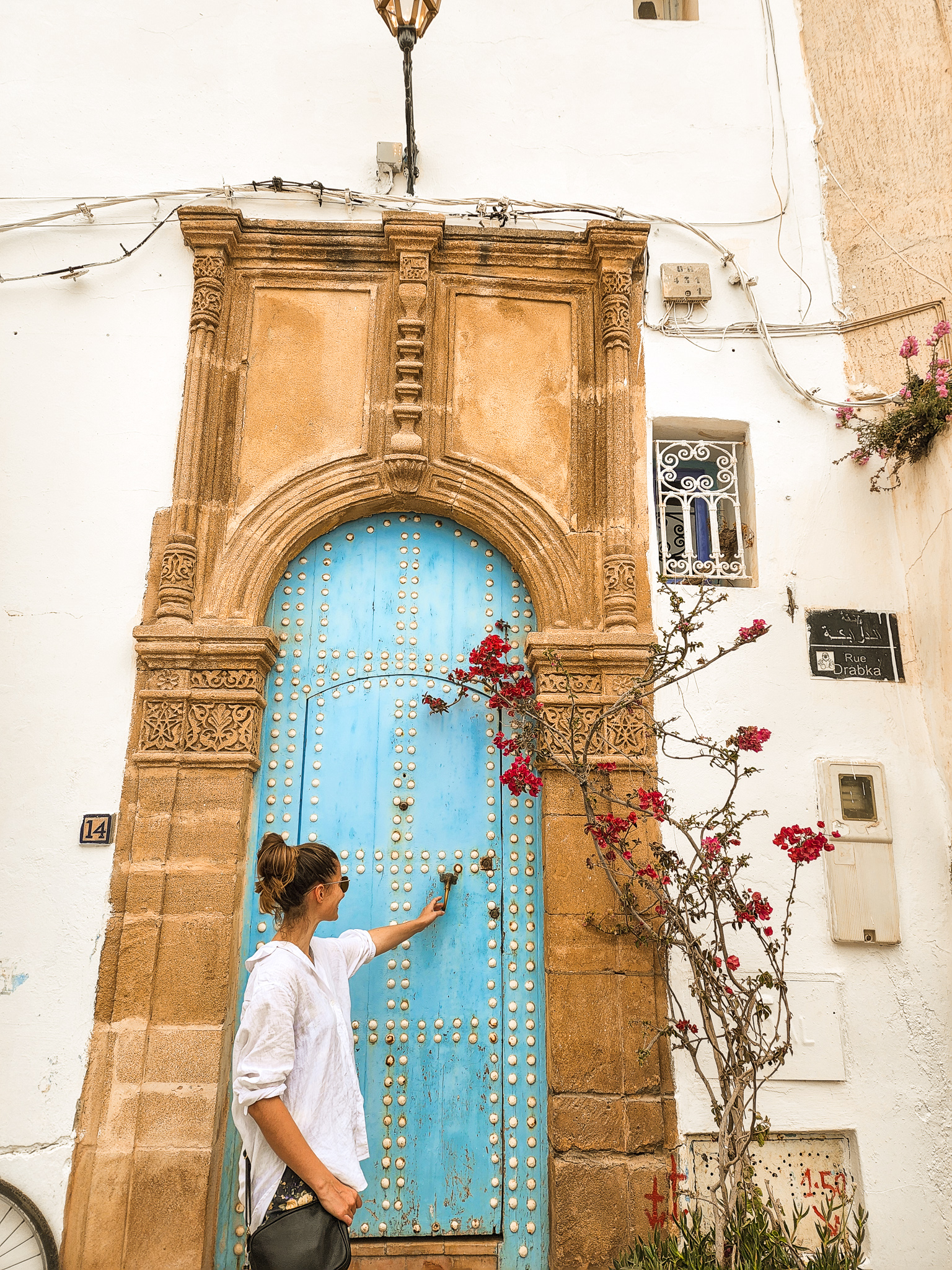
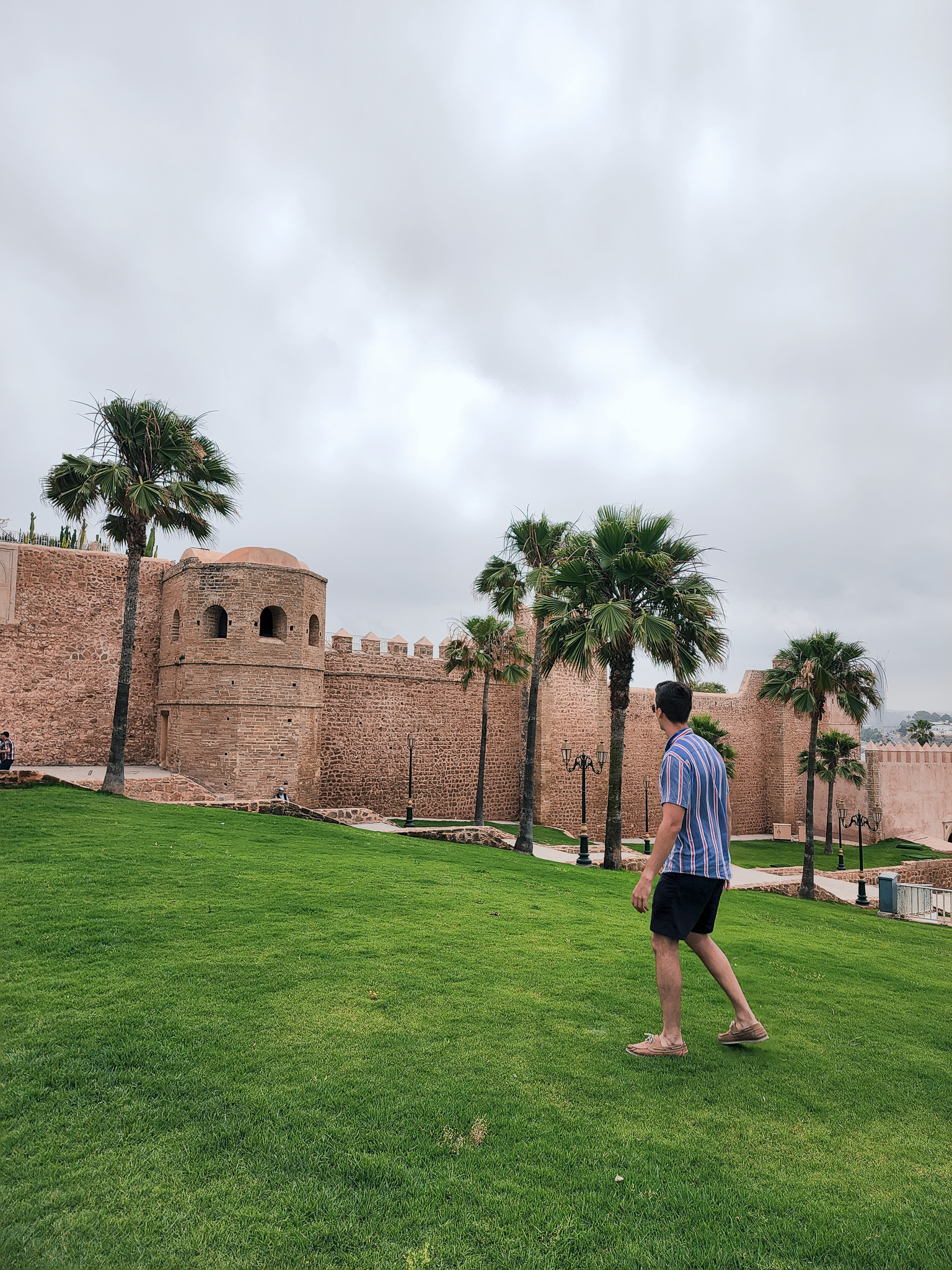
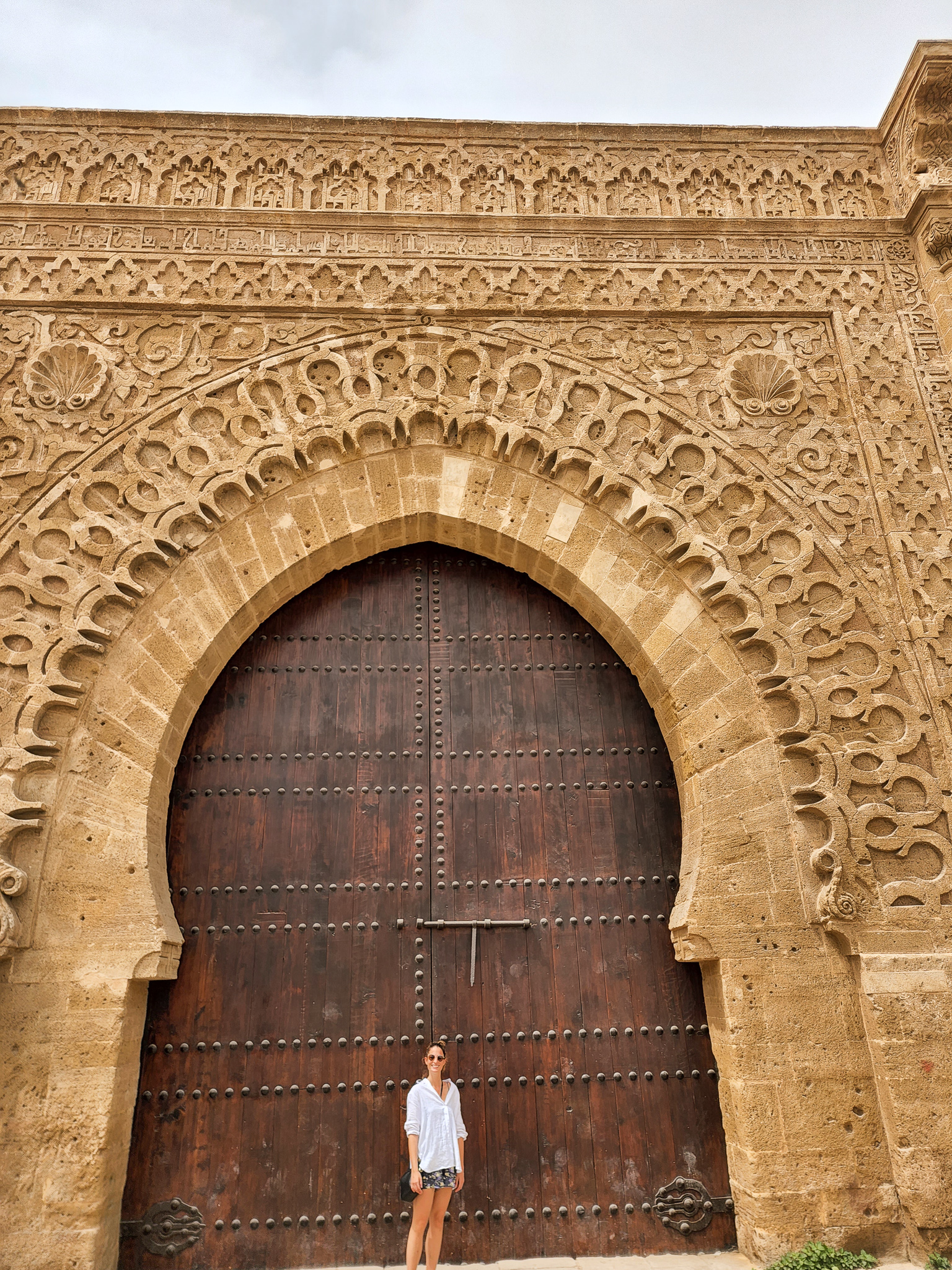
Moulay Idriss: this old religious city has great history, and even better views. Only open to foreign tourists since 2005, this little city near Meknes is worth getting to if you can. However, there’s unlikely to be public transport, and it isn’t a ‘tourist’ destination, therefore having a private guide or tour for this town may be beneficial.

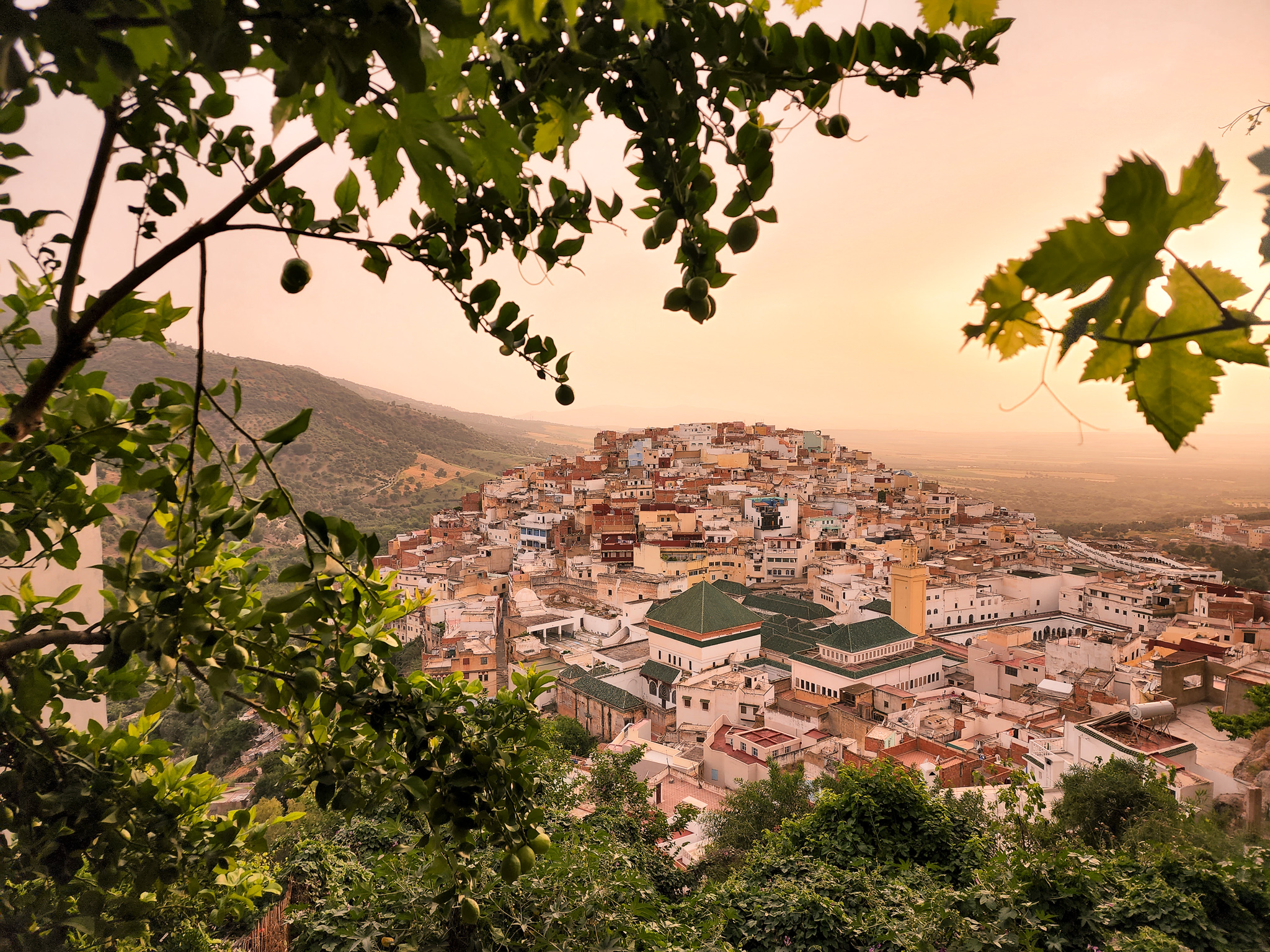

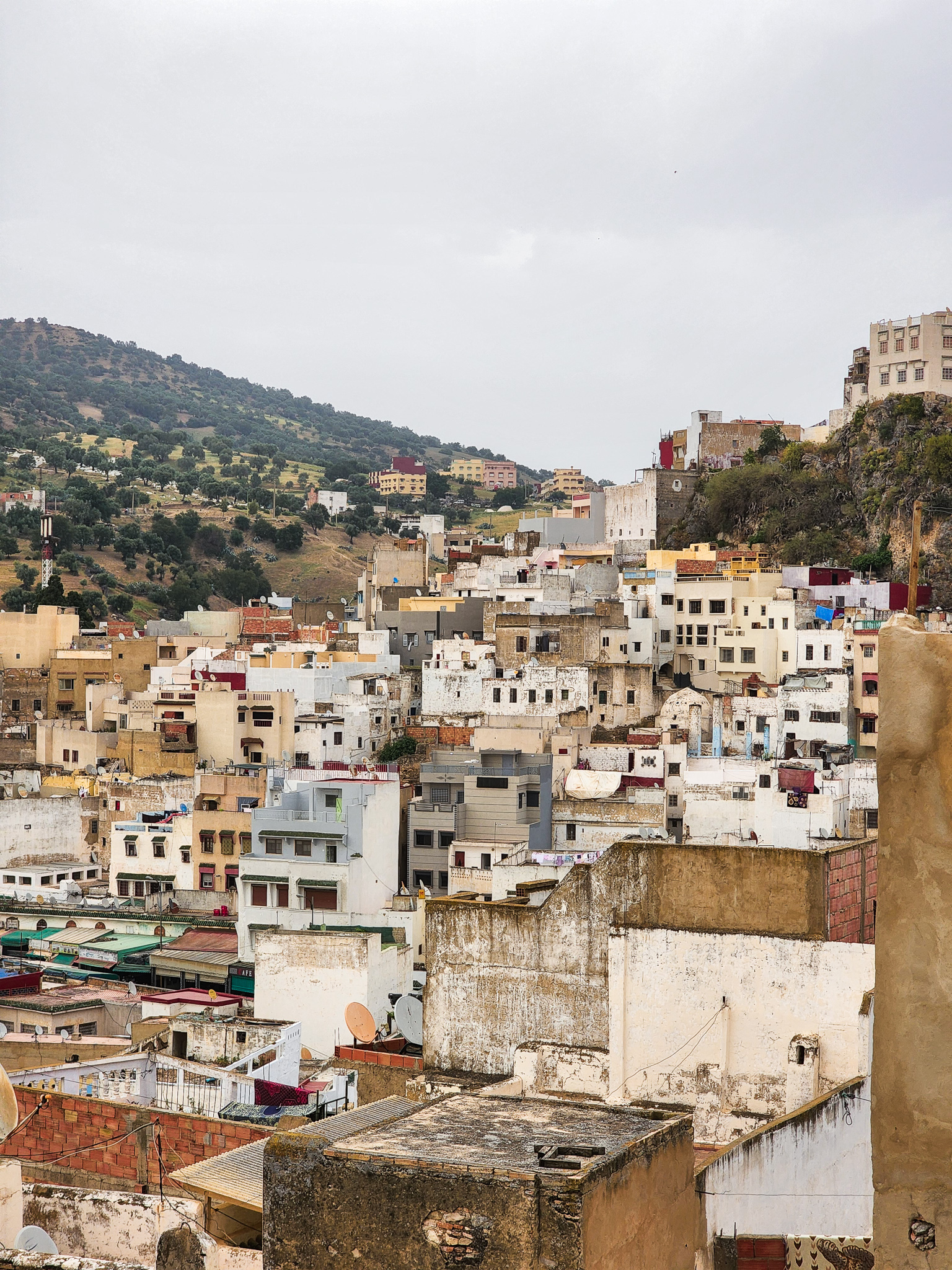
Voulibis: The old roman ruins nearby Meknes and Moulay Idriss were amazing. Have a read on our thoughts and see a few snaps as we wandered the ruins. Try to fit it in!
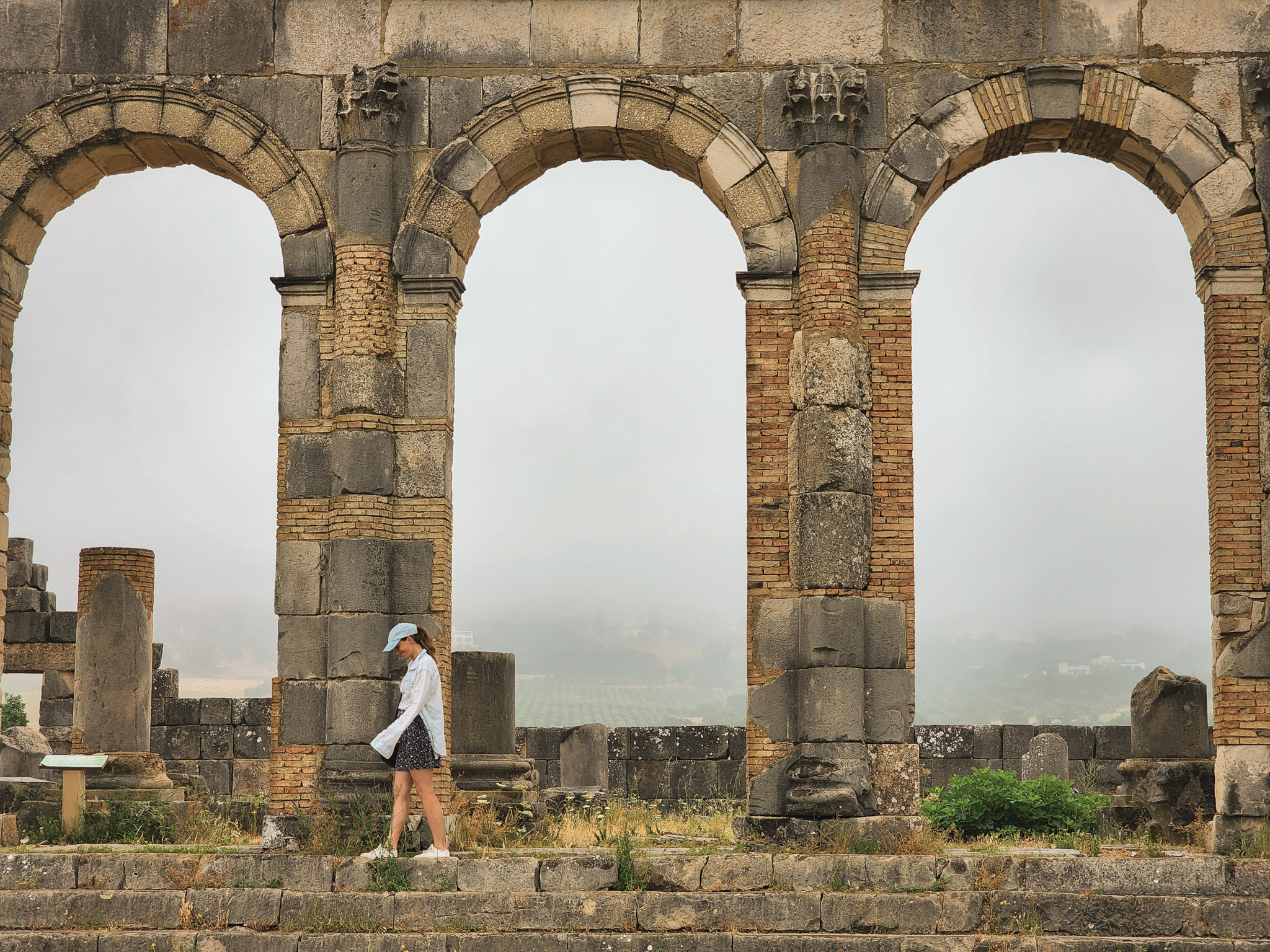
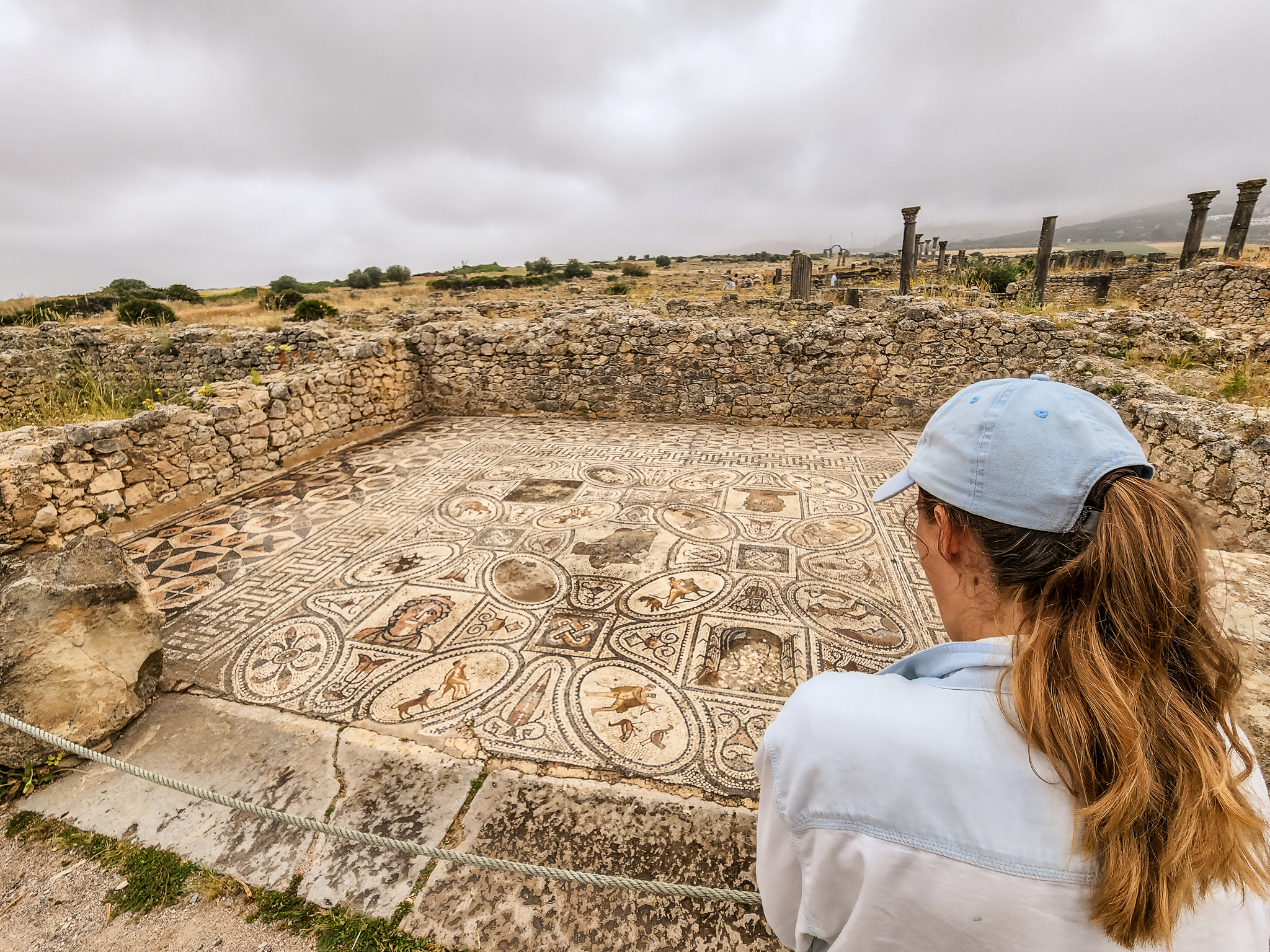
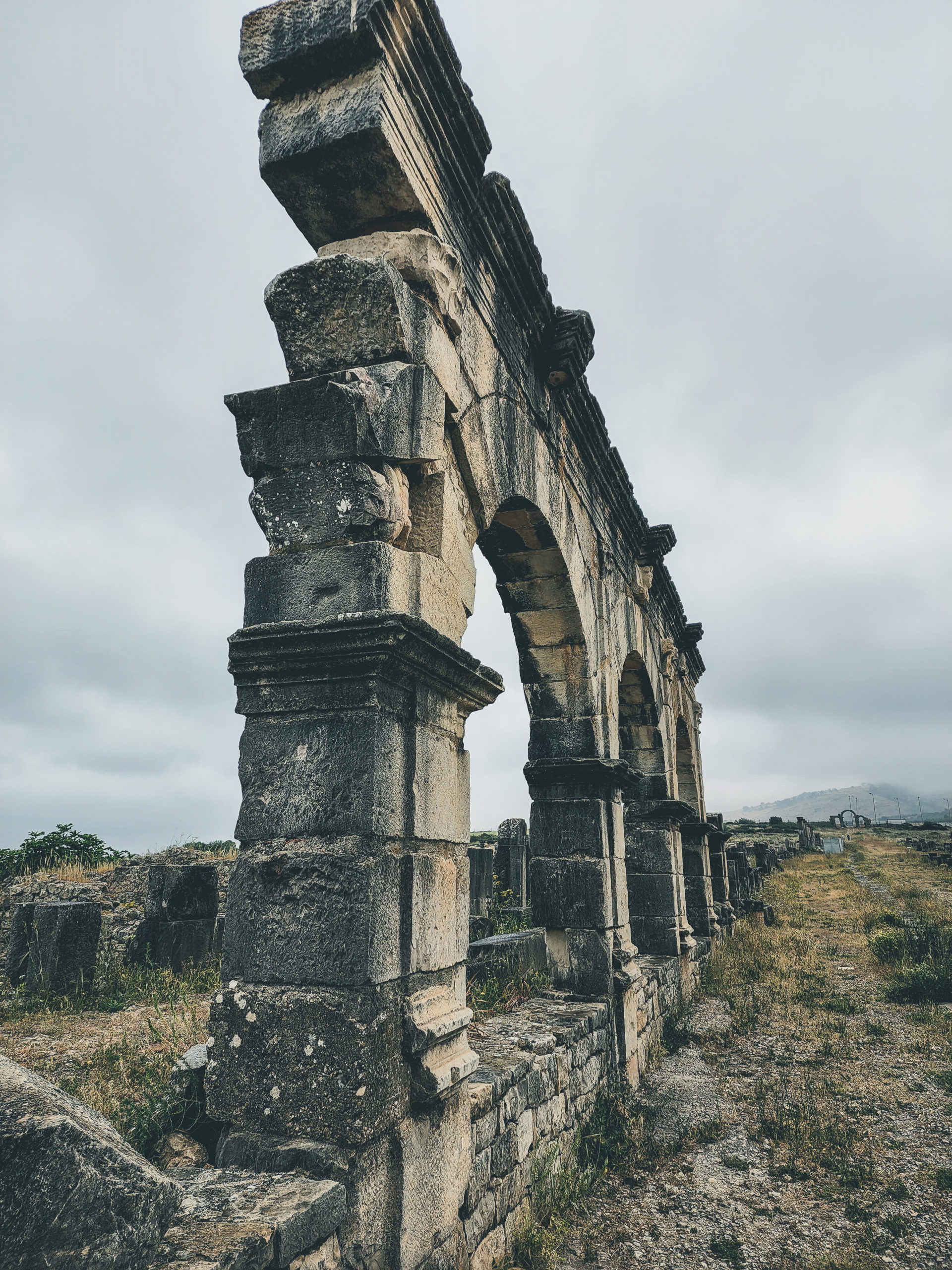
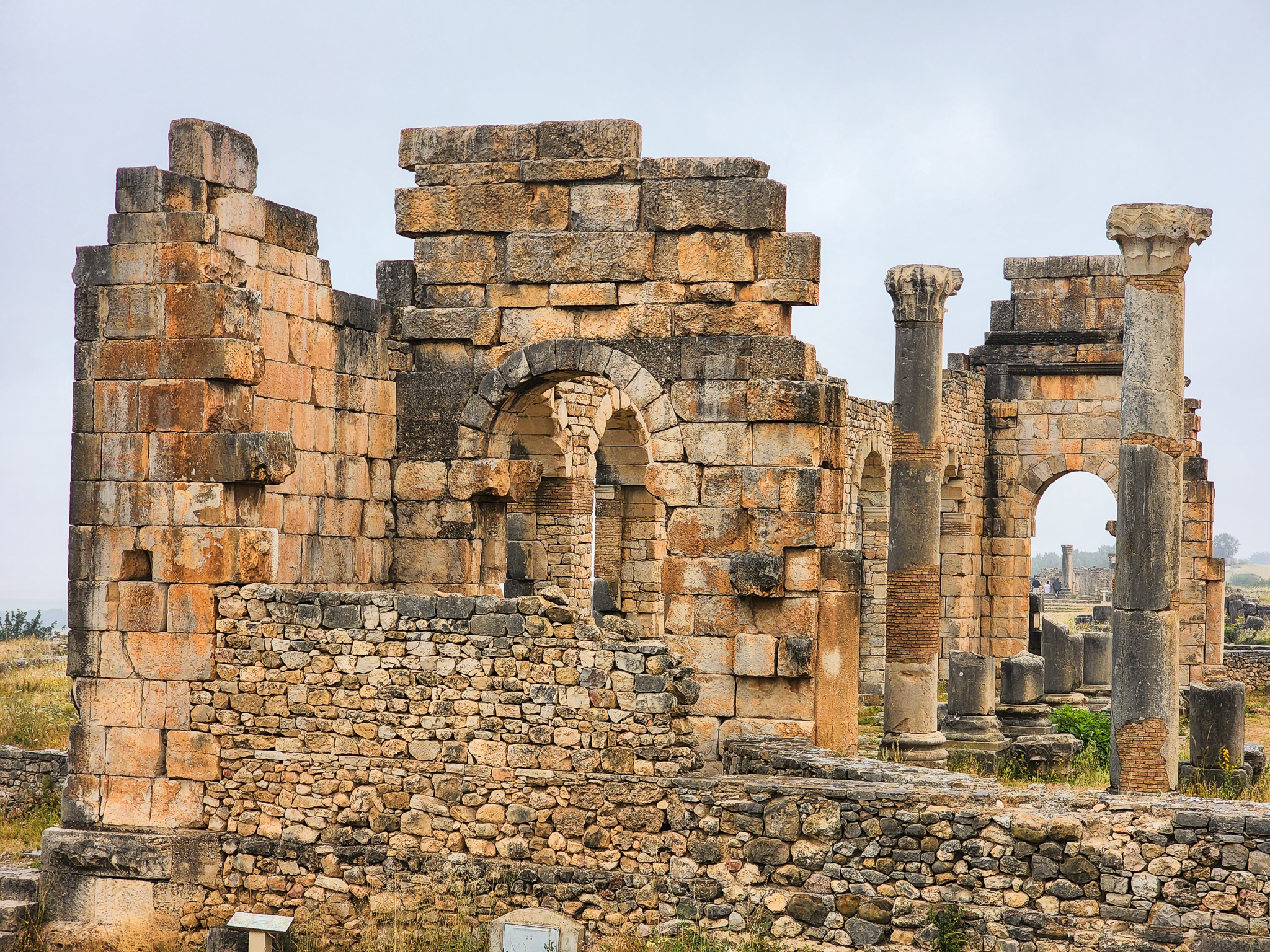
Fez: this old city was a hub of culture and experiences that were unlike any others. See more about our trip to the Fez tannery here.


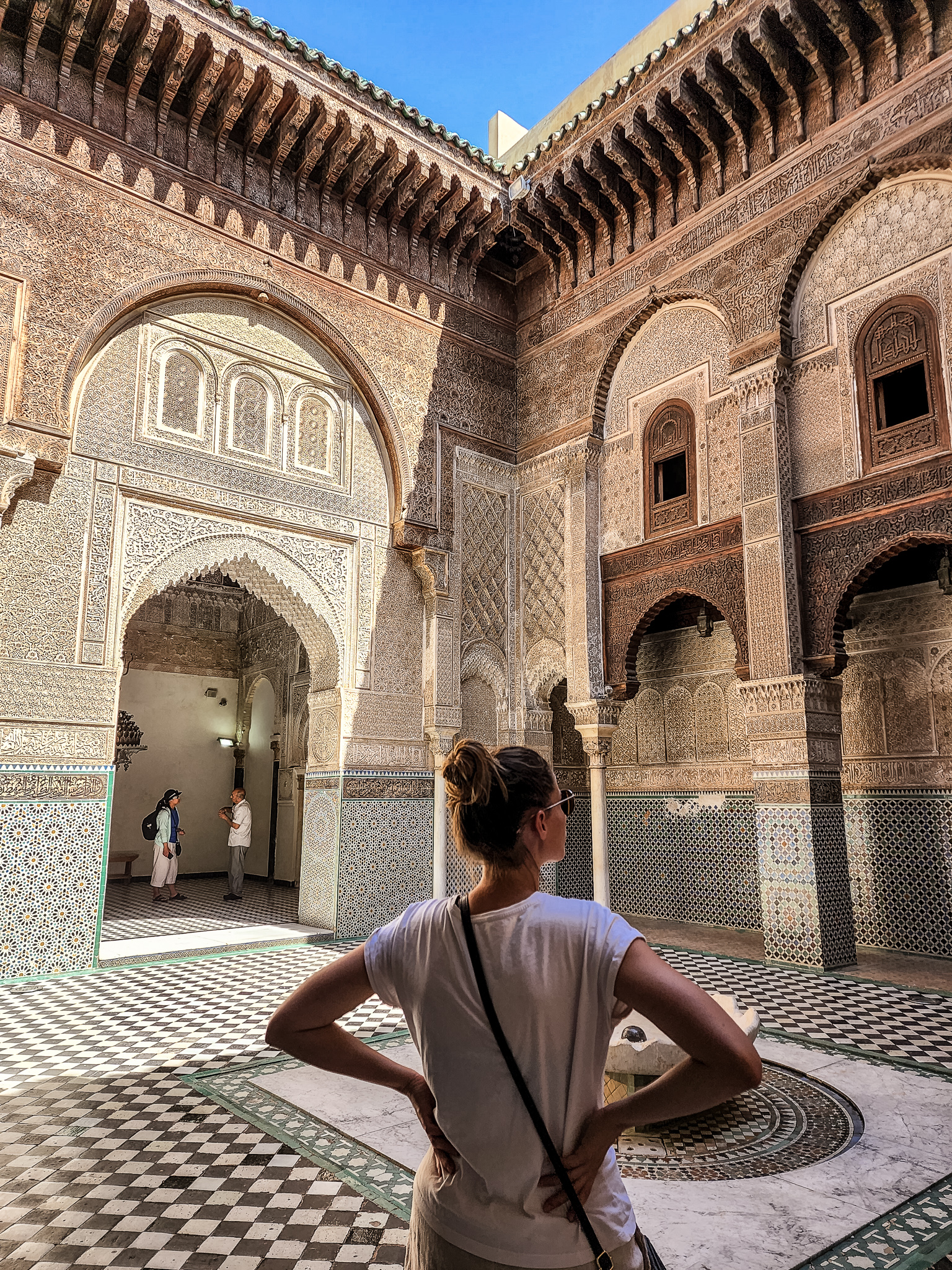
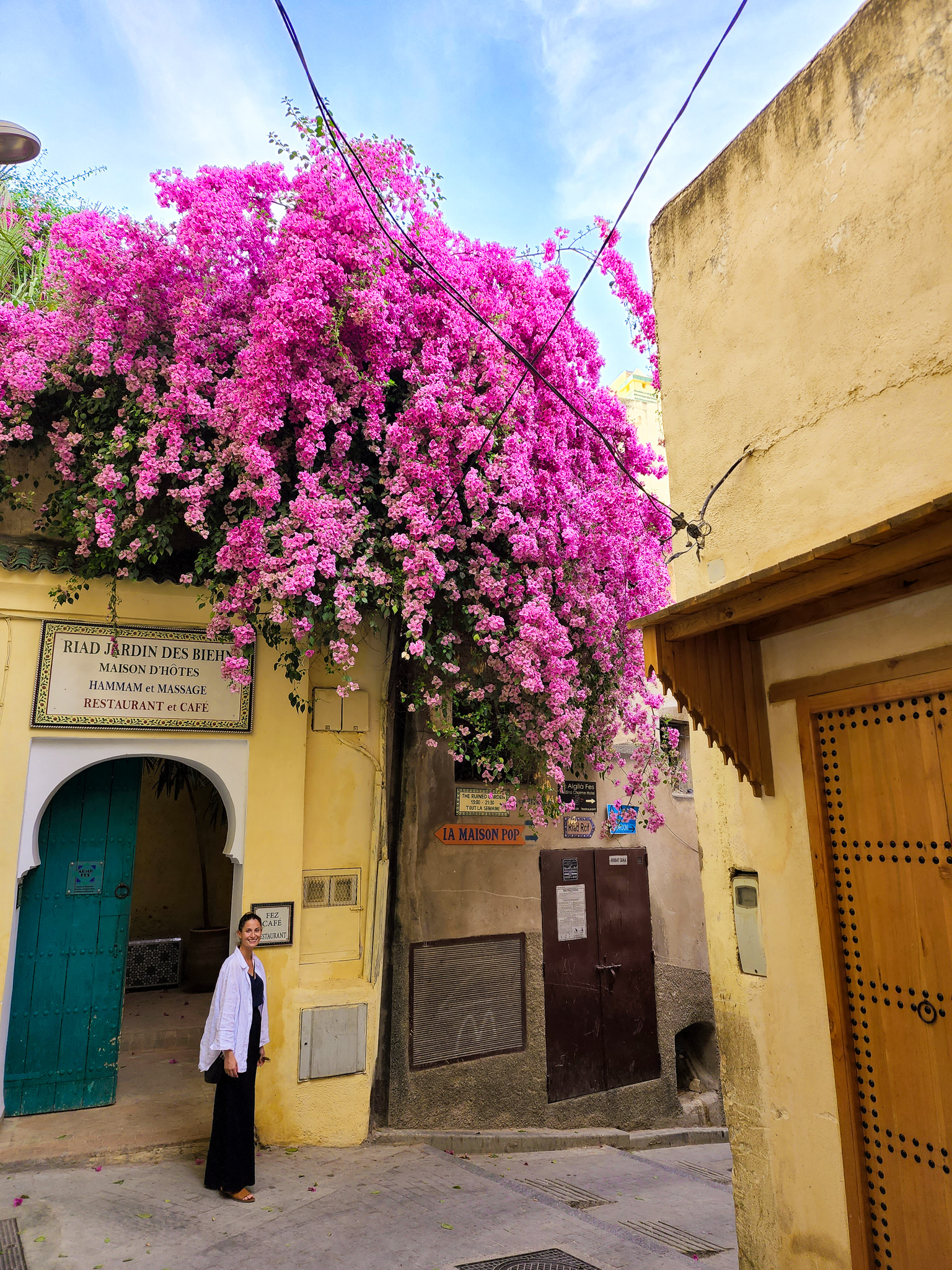


Chefchaouen: the blue pearl of Morocco is a MUST when you visit! It was the highlight of our trip! Read more and see some of the stunning photos in our Chefchaouen post here!
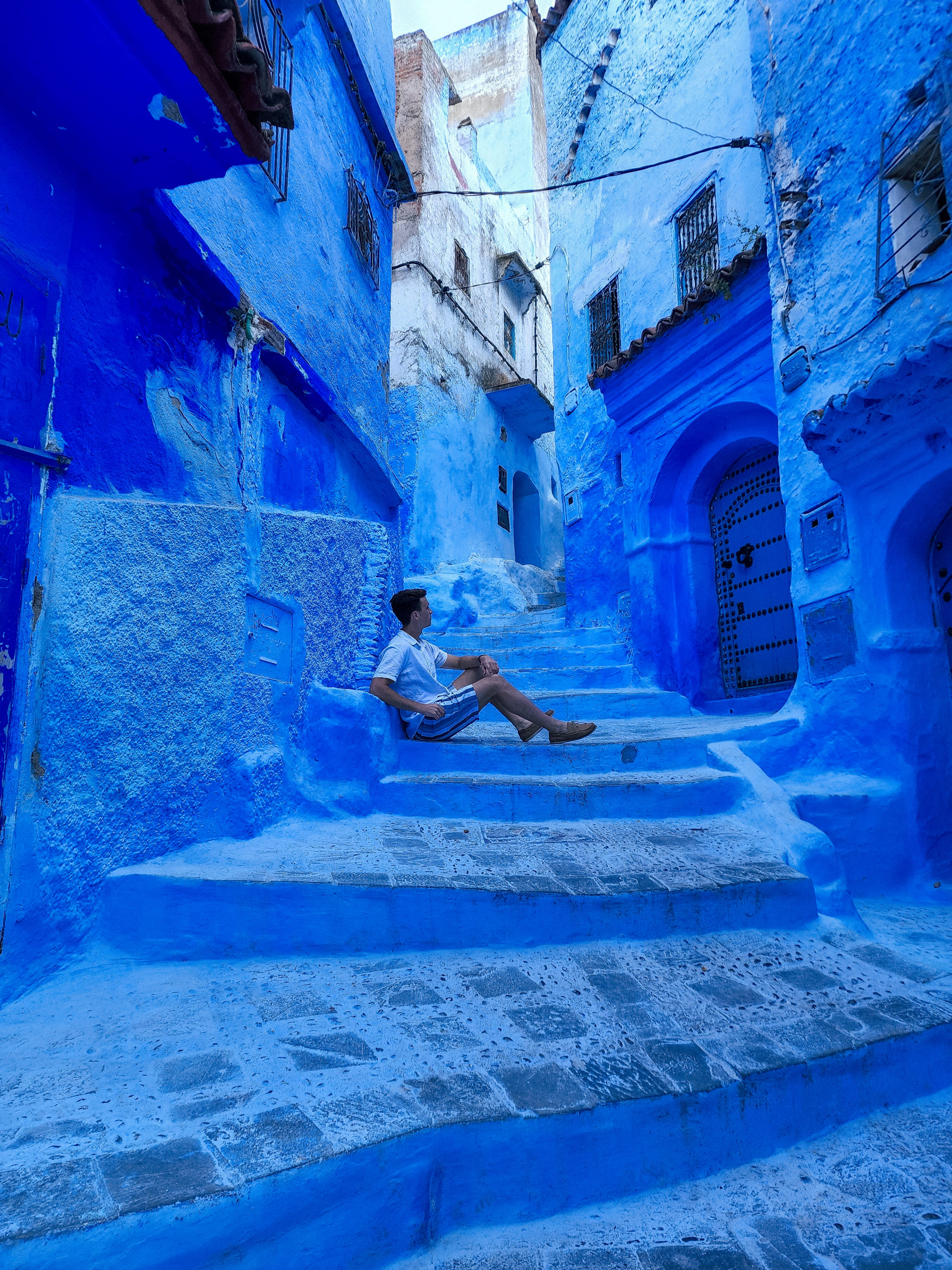

Tangier: this north Moroccan city has a more European feel, and had some great food and views. We only spent a day here, but definitely enjoyed it. While it’s not a must, this could be a good entry point into Morocco from Europe, and is only 2-3 hours from Chefchaouen by private transfer.
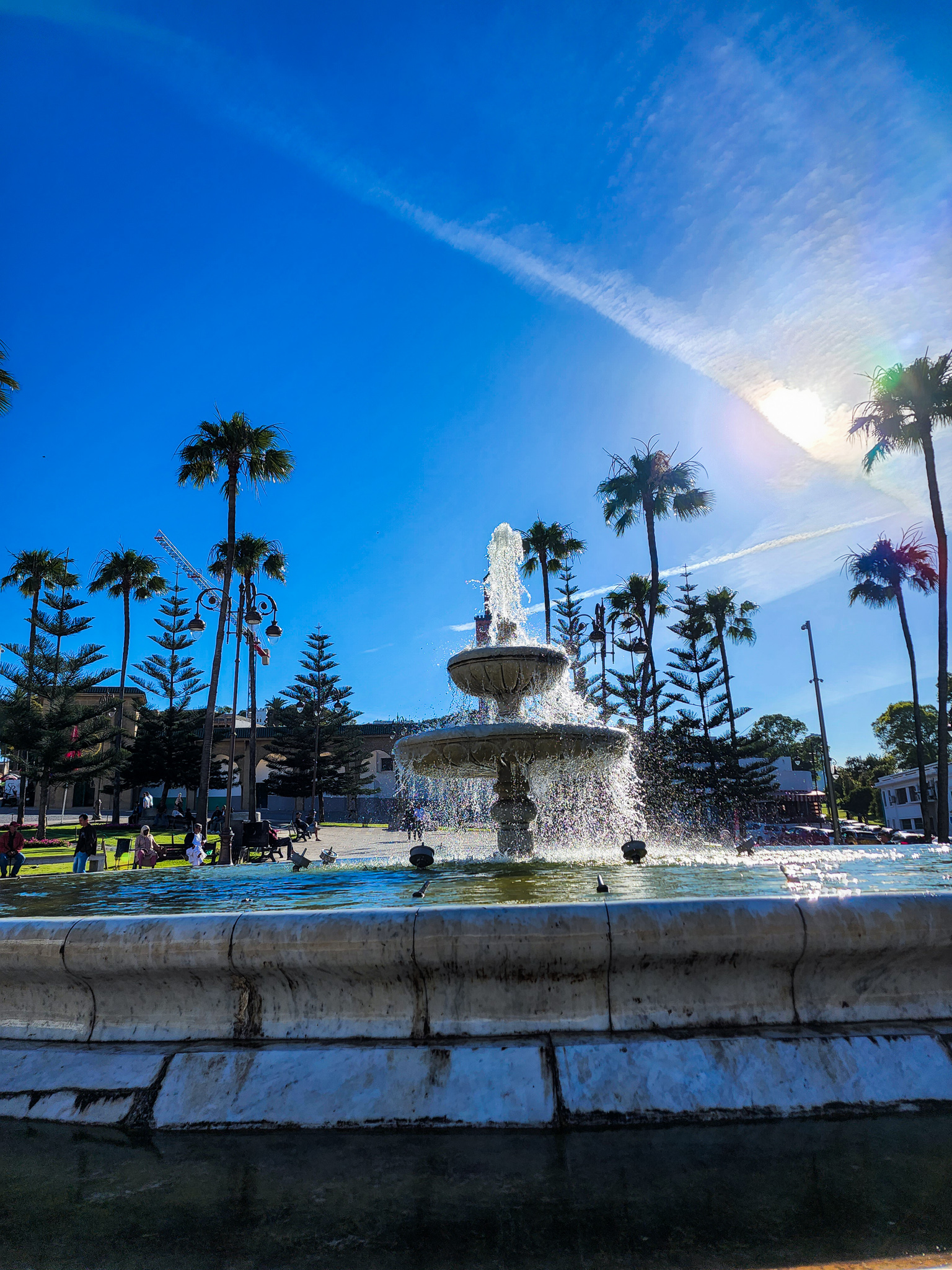

Marrakech: the red city of Morocco was alive with sounds, colour and culture. We loved the main squares, the medinas and the modern Moroccan cuisine. Overall, it’s probably one you want to see on your Moroccan travels. We only stayed one day at the end of our tour, however if we visited again we would spend more time here.

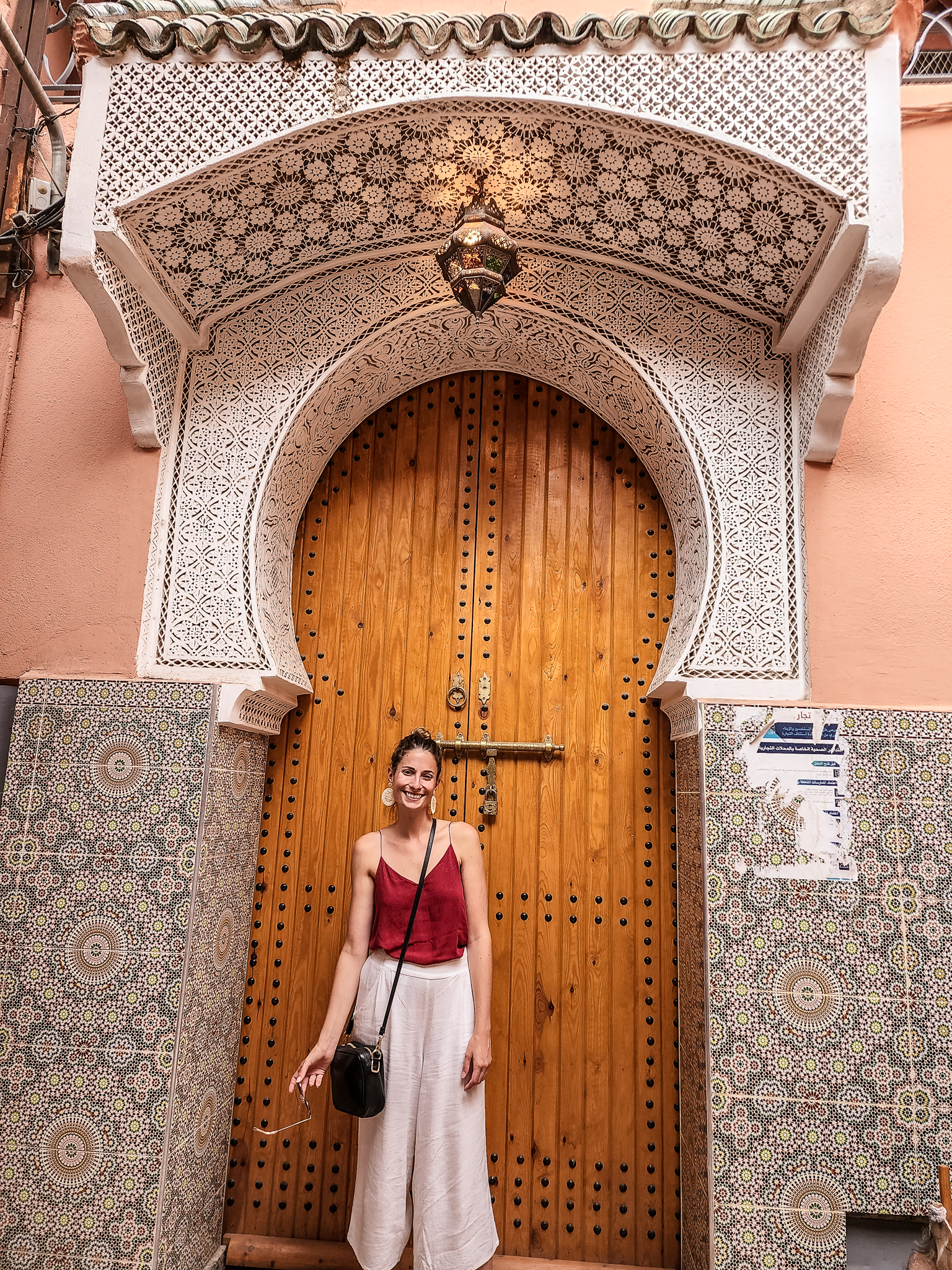
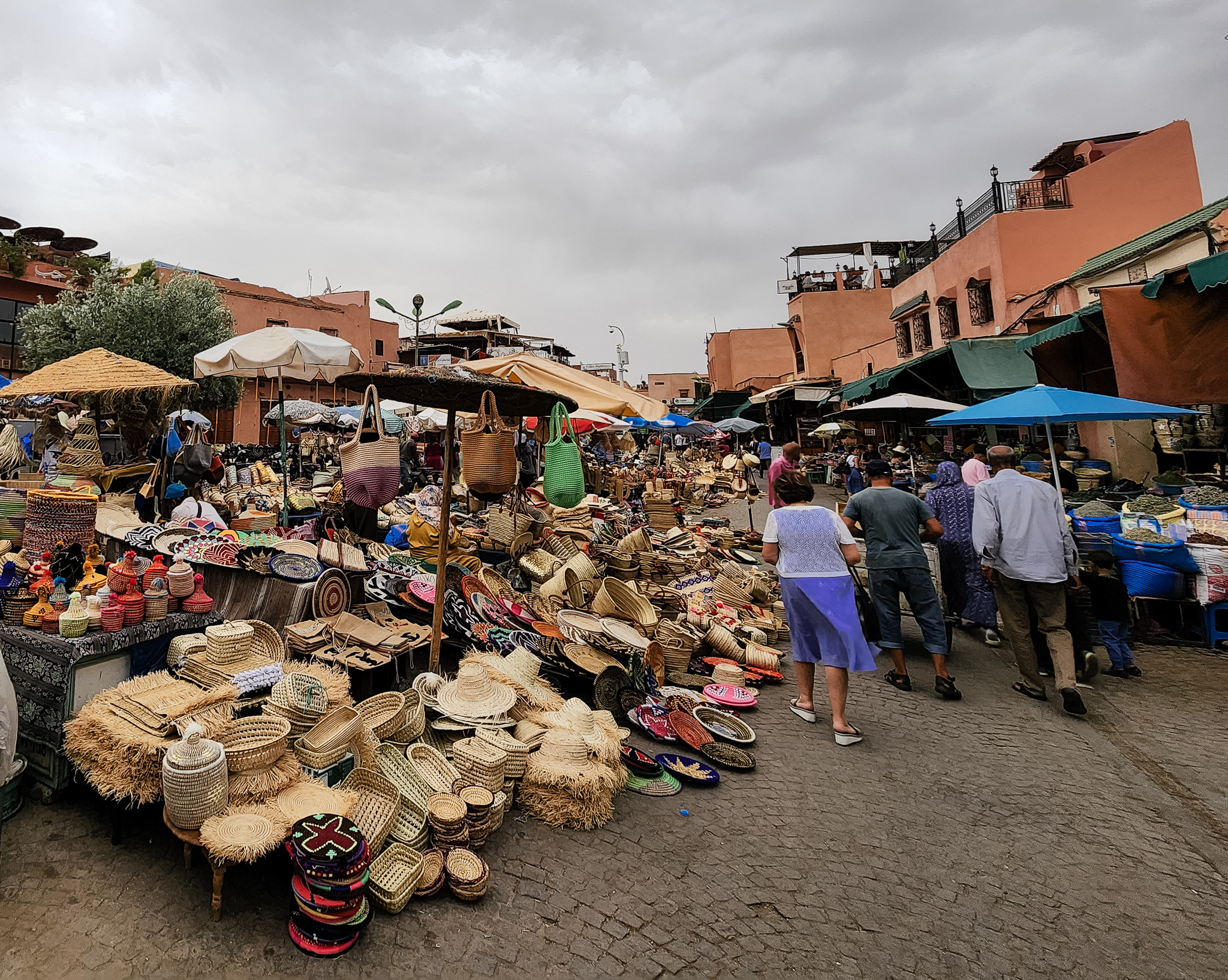
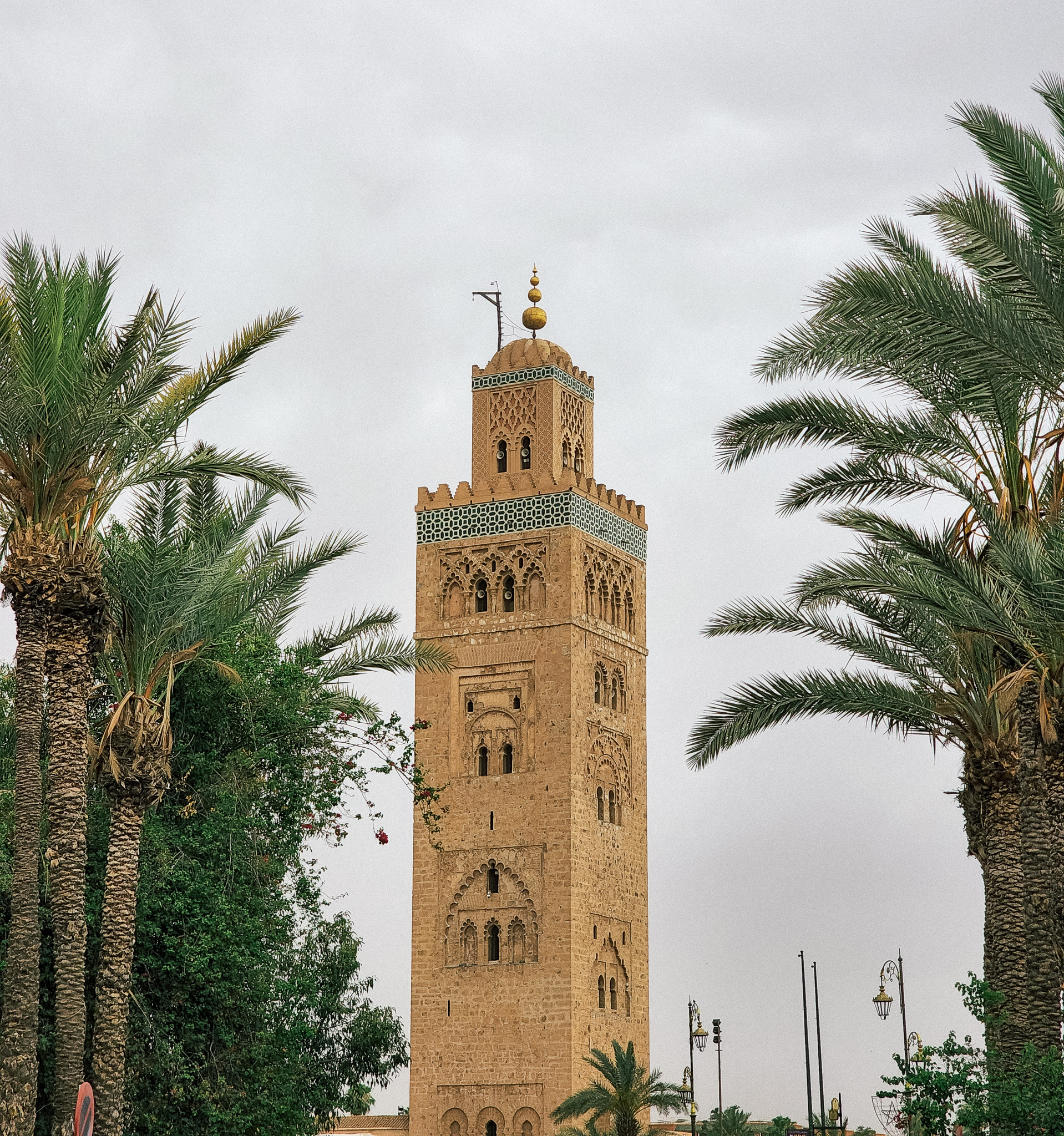
MUST DO: we would advise that Chefchaouen is a must when you visit Morocco. Adding in either Fez or Marrakech would be a good option to experience the traditional Medinas and culture. Additionally, you would ideally visit Moulay Idriss and Voulibis. The other cities had great qualities but wouldn’t be ‘don’t miss’ destinations.
Be aware:
Safety: whilst we felt safe during our time in Morocco, we were on an organized tour. We have heard recounts of individuals feeling unsafe during their stay. Overall, have reasonable caution during your stay.
Water: don’t drink the local water! Buy bottled water and watch them open it if you’re at a restaurant. We have heard accounts of individuals getting parasites from drinking the tap water.
Cooked Food: due to the tap water mentioned above, we would advise having mostly cooked food during your stay.
Cash Payments: Morocco operates almost exclusively on cash, so plan in advance. There is the expectation of a tip at most places, and for most services (e.g. tour). This will often be added to your bill automatically.
Alcohol: we arrived in Morocco thinking that it was a dry country due to the Muslim religion. However, we soon learned that there are some bars, and a lot of Moroccan’s likely drink at home. In bigger cities you can buy alcohol, however in smaller cities it is very difficult (e.g. Chefchaouen, Moulay Idriss). If you’re planning a trip involving significant amounts of drinking and partying, Morocco may not be the place for you.
Taxis: taxis are good but agree price first. Aim for a per journey price not per person.
WiFi: The WiFi is generally poor speed
Wild Animals: There are numerous wild cats and dogs. Many of them are very friendly and will approach you for food. Don’t pat them, they are not vaccinated and can have rabies.
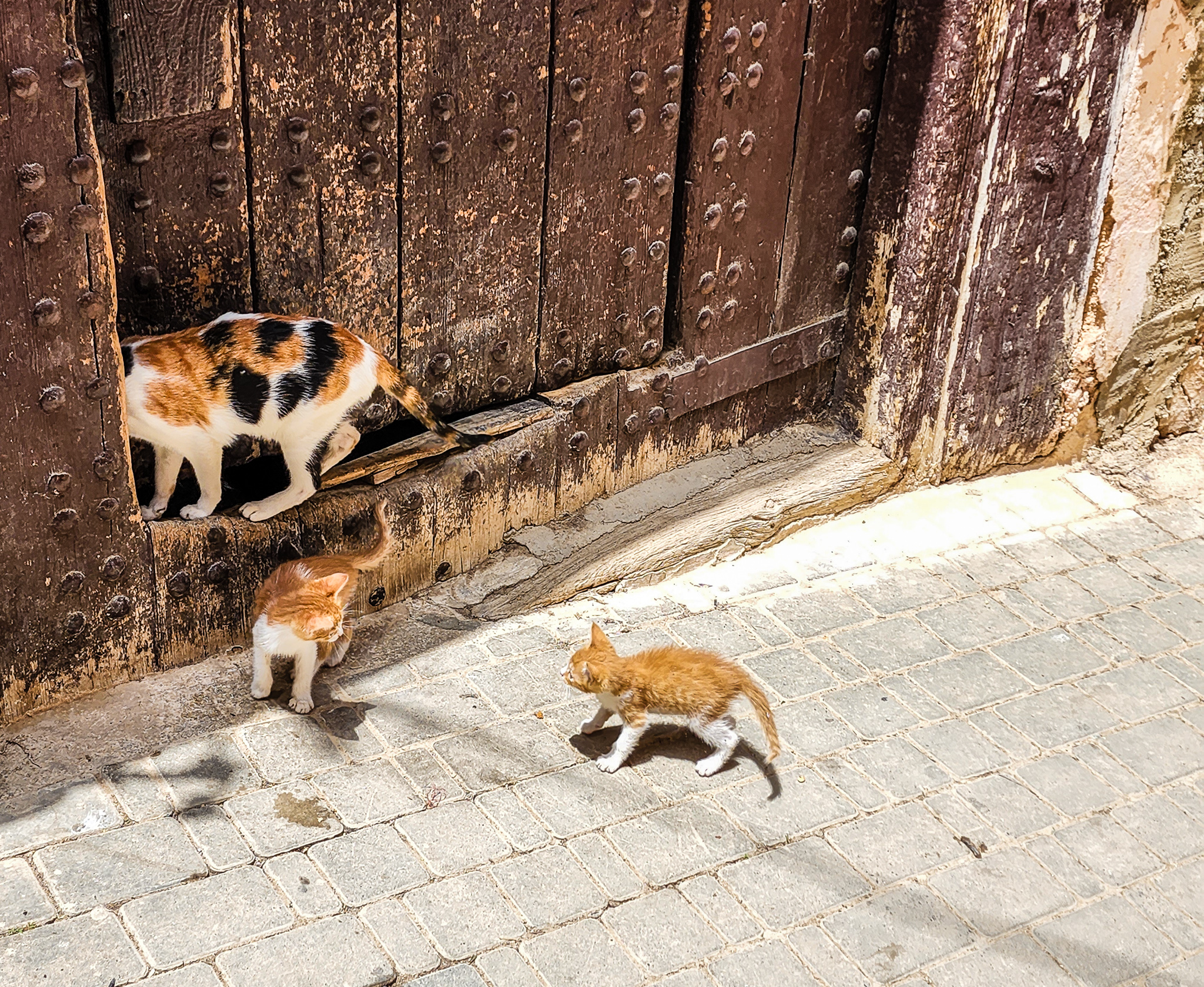
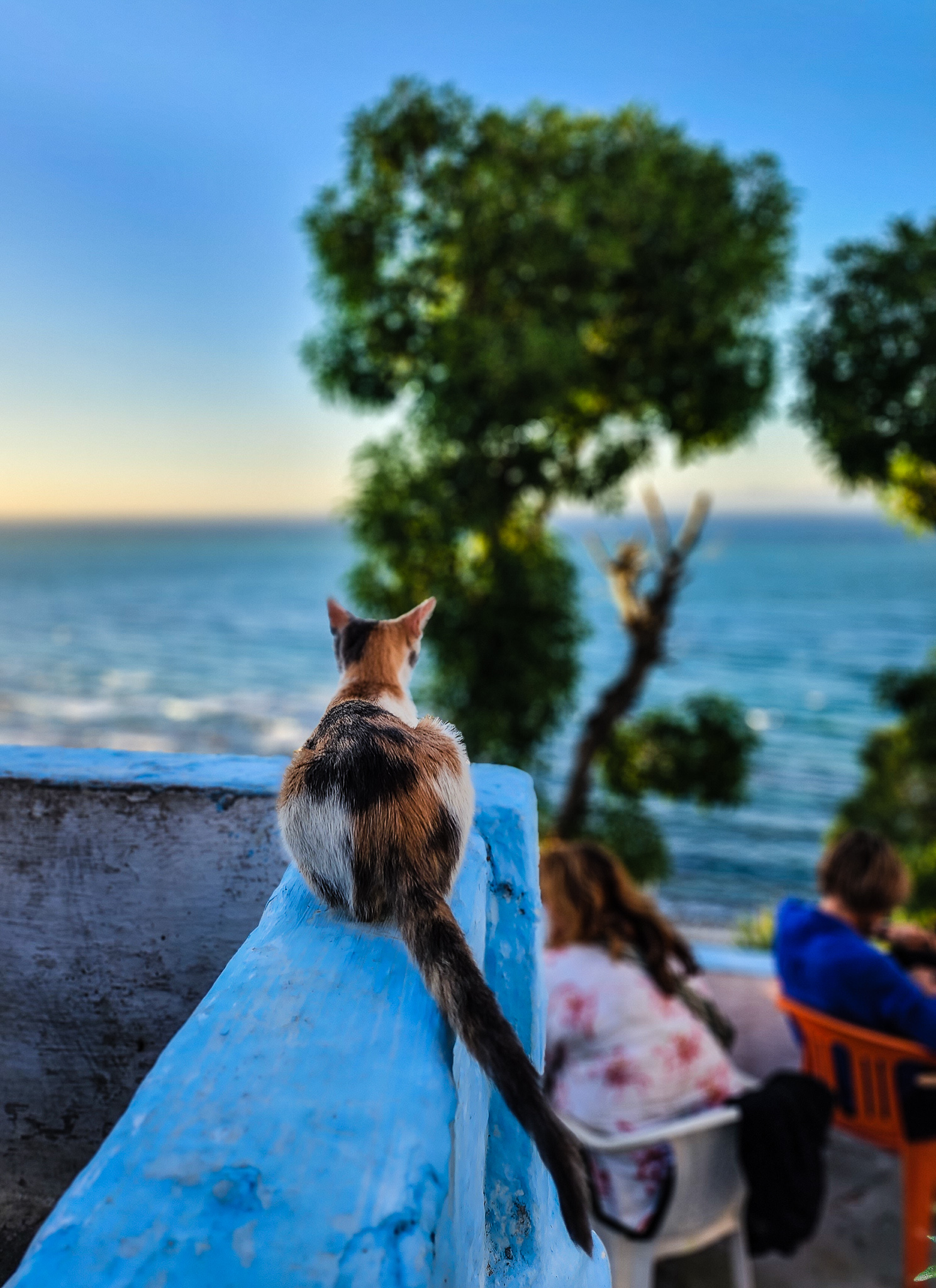

Public toilets: in Morocco, you will often have to pay (often 2-5 MAD), and may need your own toilet paper (prepare in advance).
Transport:
- Driving: we wouldn’t recommend. Ky has driven any countries and this seemed madness especially in cities. If you do decide to drive, it appeared the curtesy was to beep as you passed someone. There was also a lot of police checkpoints. We are unsure of any specific issues but using public transport or private drivers seemed a much better option.
- Trains: ran on time and were generally reliable. We didn’t have to book them due to our tour so we are unsure how expensive or difficult this may be. However, we don’t recommend the overnight train. We did the Tangier to Marrakech 9 hour overnight train and let’s just say it was an awful experience.
- Busses: the local city buses looked quite full on, however buses between big cities e.g. Fez to Chefchaouen were cheap and reliable.
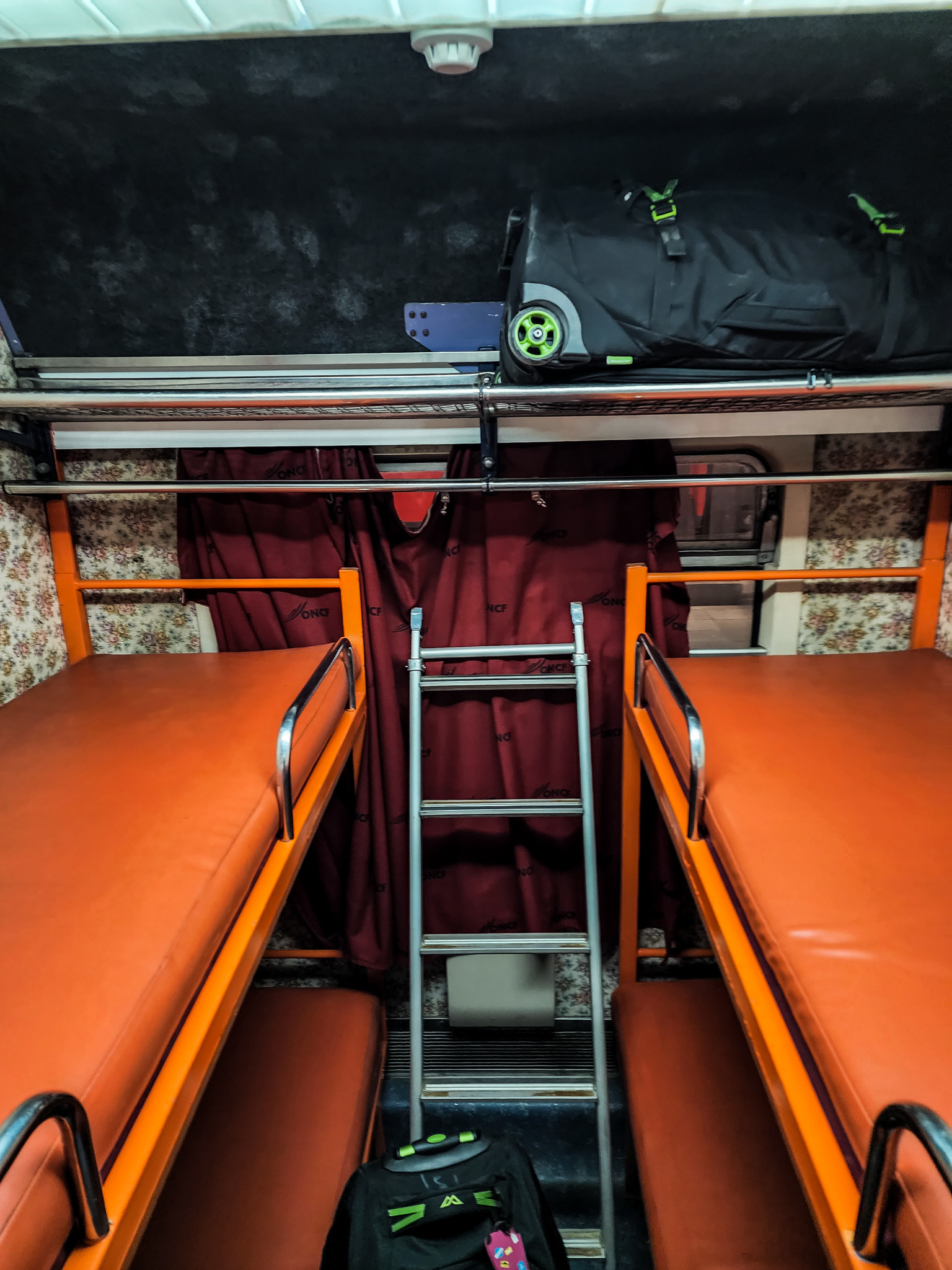
Costs:
- Coffee: should cost 10-20 MAD (~1-3$)
- Tagines: varied, more local/authentic were 40-80 MAD whilst touristy were usually 120 MAD or above.
- Taxi: short distance should be between 20-30 MAD but potentially more in bigger cities.
Anything you think we missed in Morocco? Comment below and let us know!
WANT TO SEE MORE Morocco & TRAVEL MEMORIES?
Keep reading about our time in Morocco! Take a look here!
Take a look at a gallery showing some of the stunning doors of Morocco which caught our eye during our trip! Have a look!
Want to see a little bit of Roman History when in Morocco? Check out Volubilis and our gallery as we walked through the ruins!
The Fez Tannery is a highlight when visiting the city! Take a look a the history and gallery here!
Travelling Europe and want to see a few recommendations? Take a look!
Check out the highlights and recommendations from our time in Spain (a great addition to a Moroccan trip)! Check it out!
Want to add another great stop the your Morocco trip? Consider Portugal! See our Portugal highlights here!
Keen to take a look at further travel memories and advice? Take a look here!
